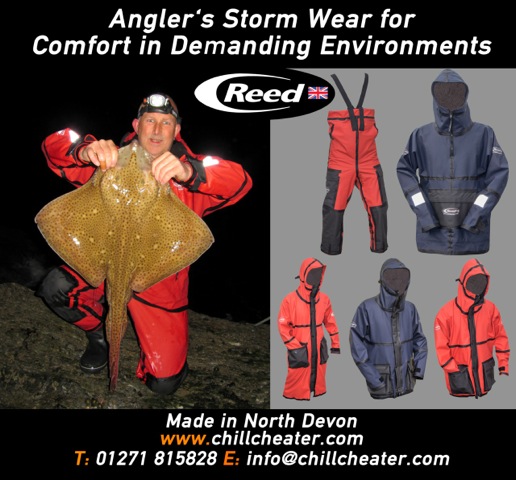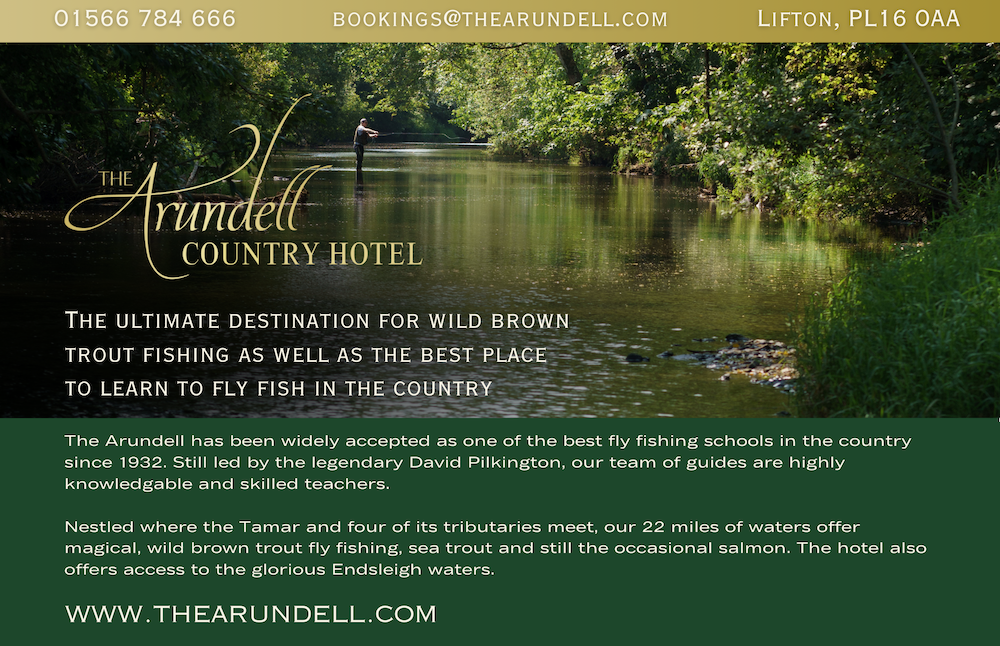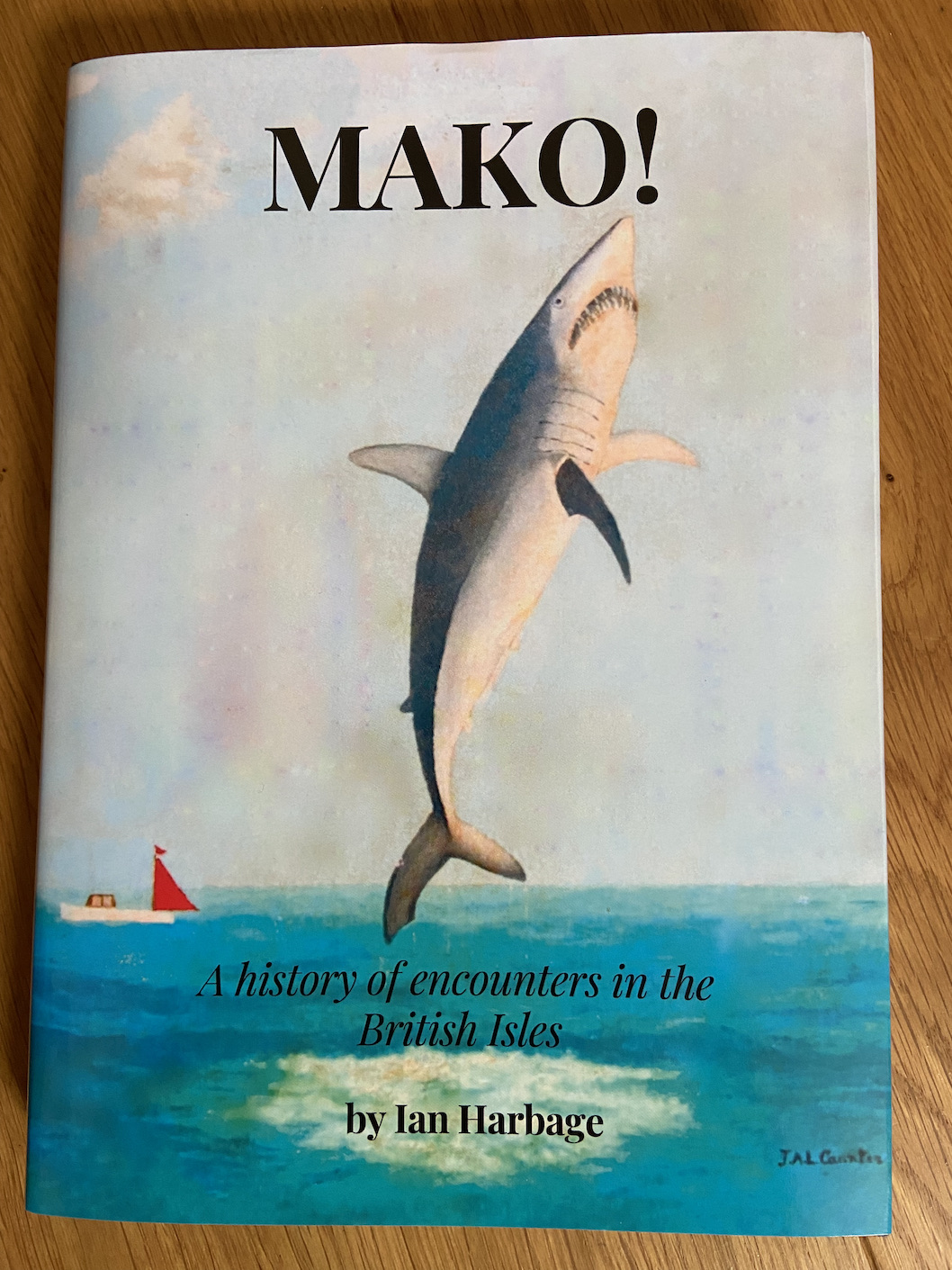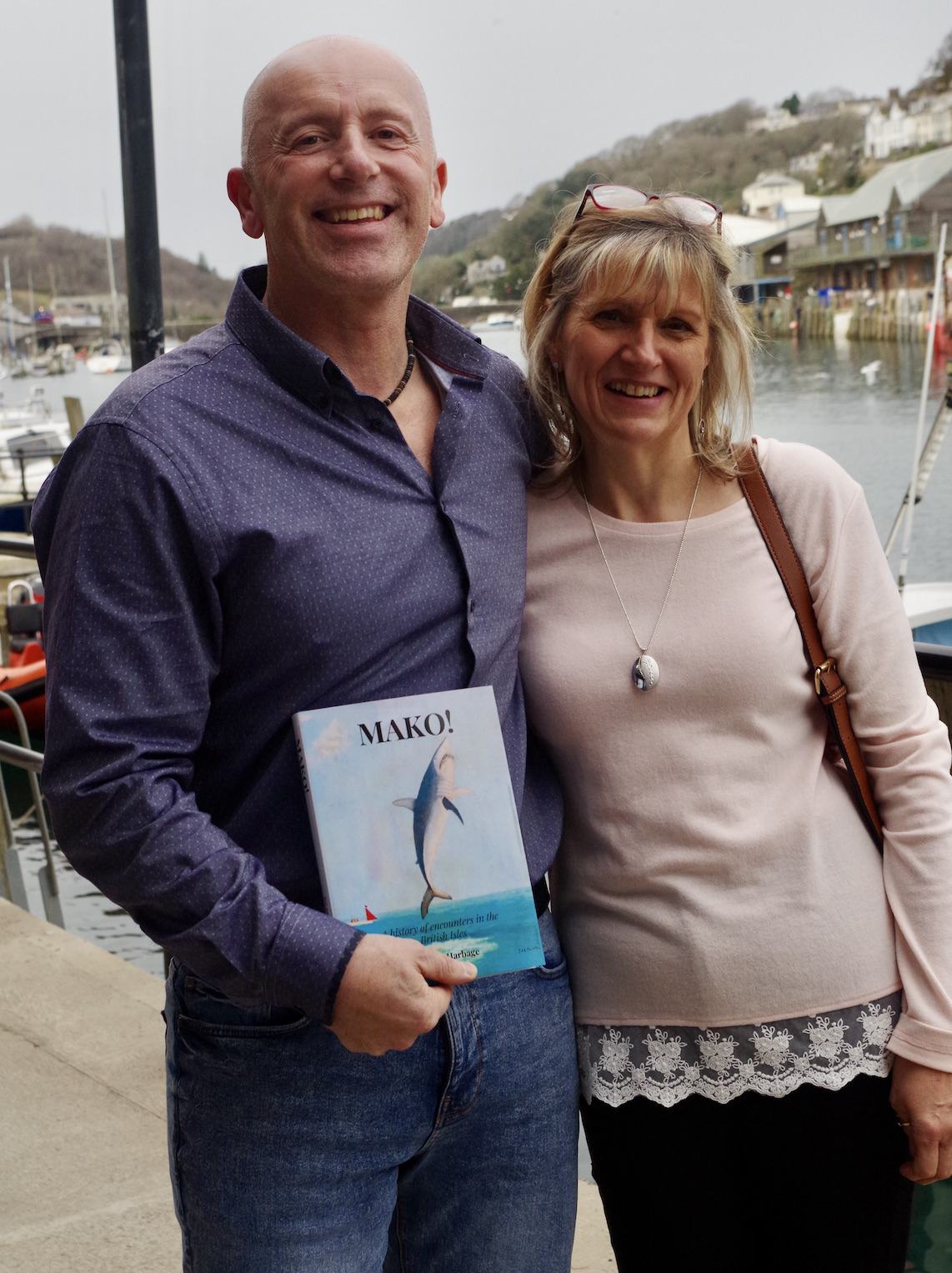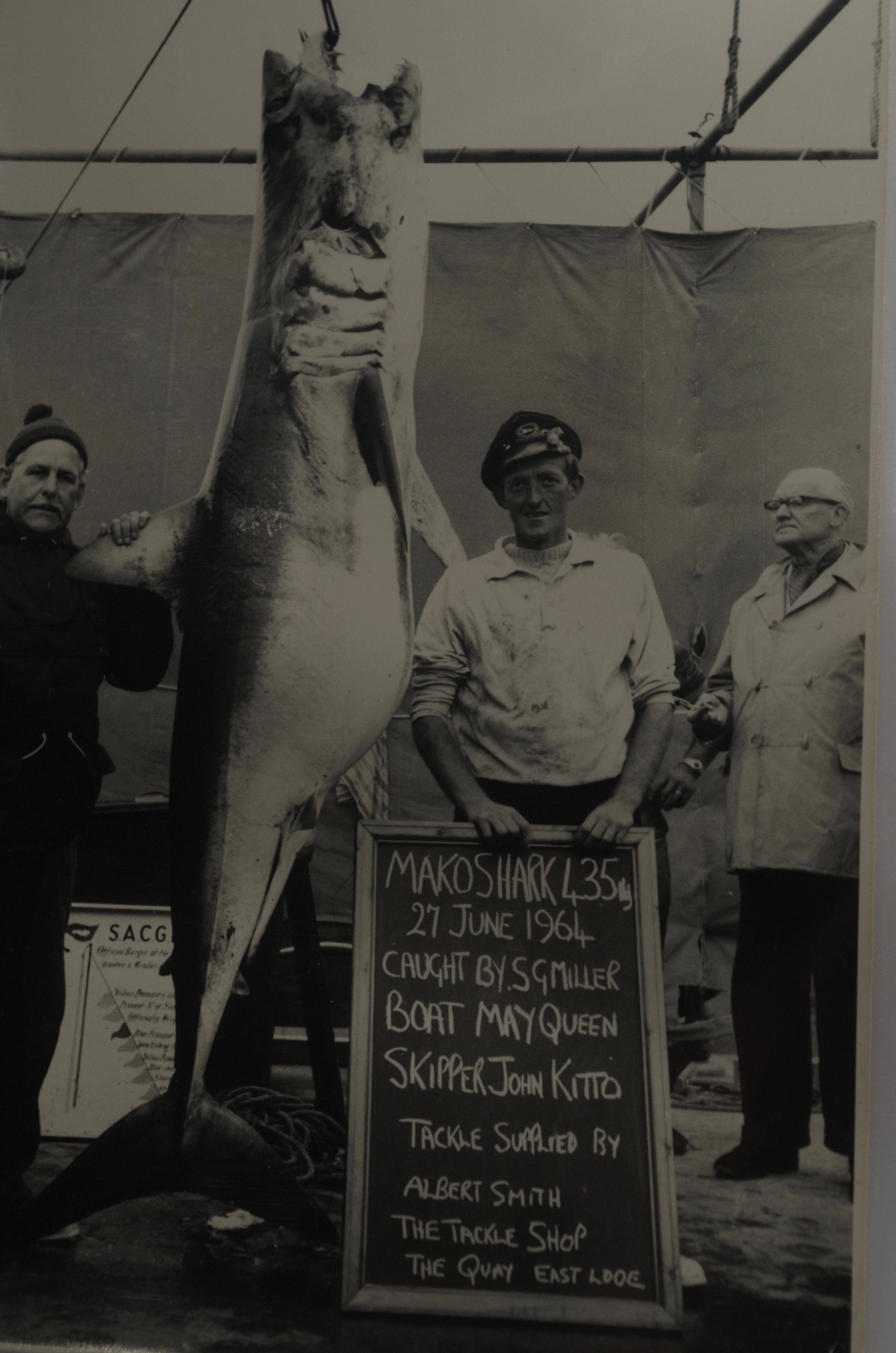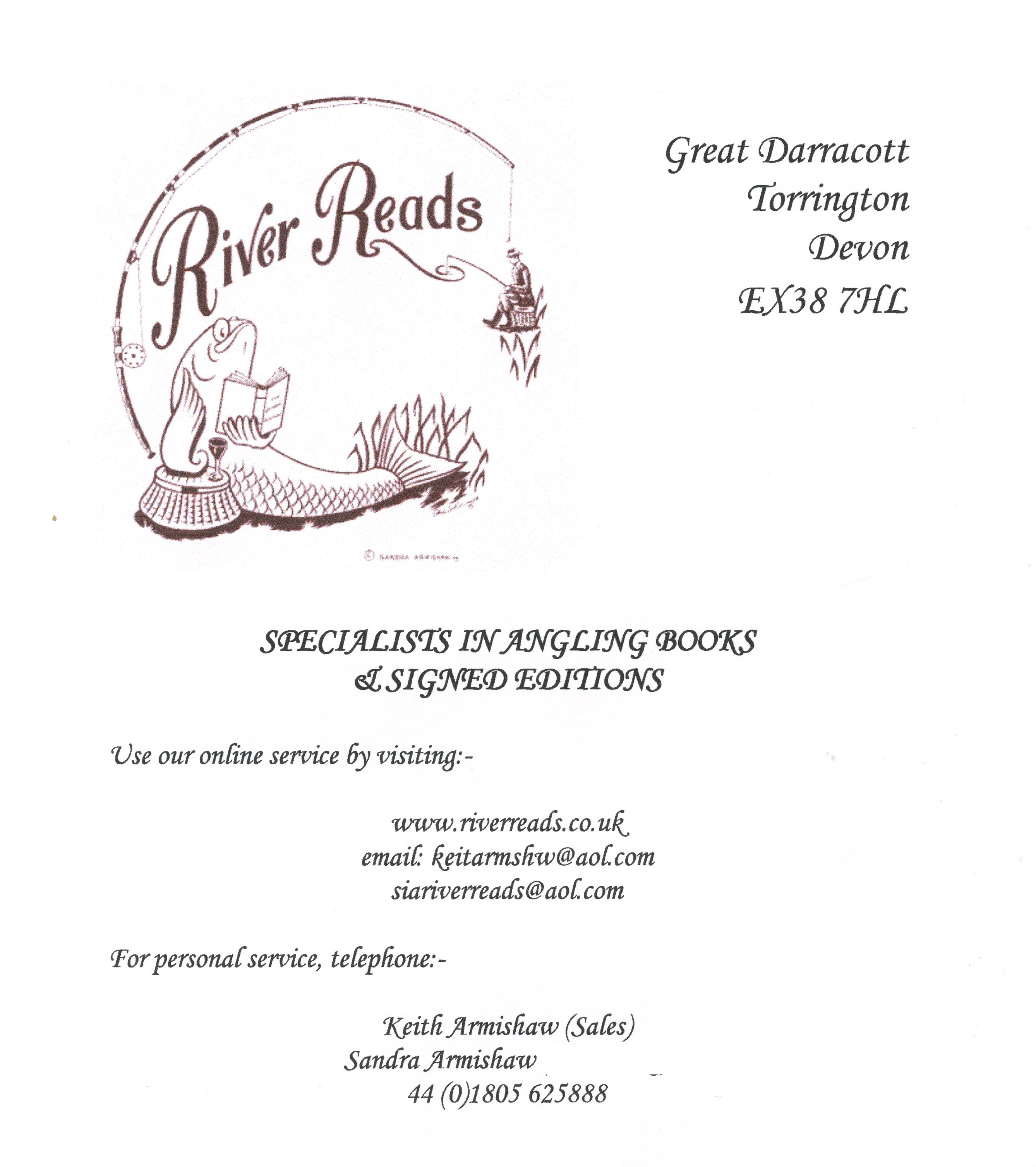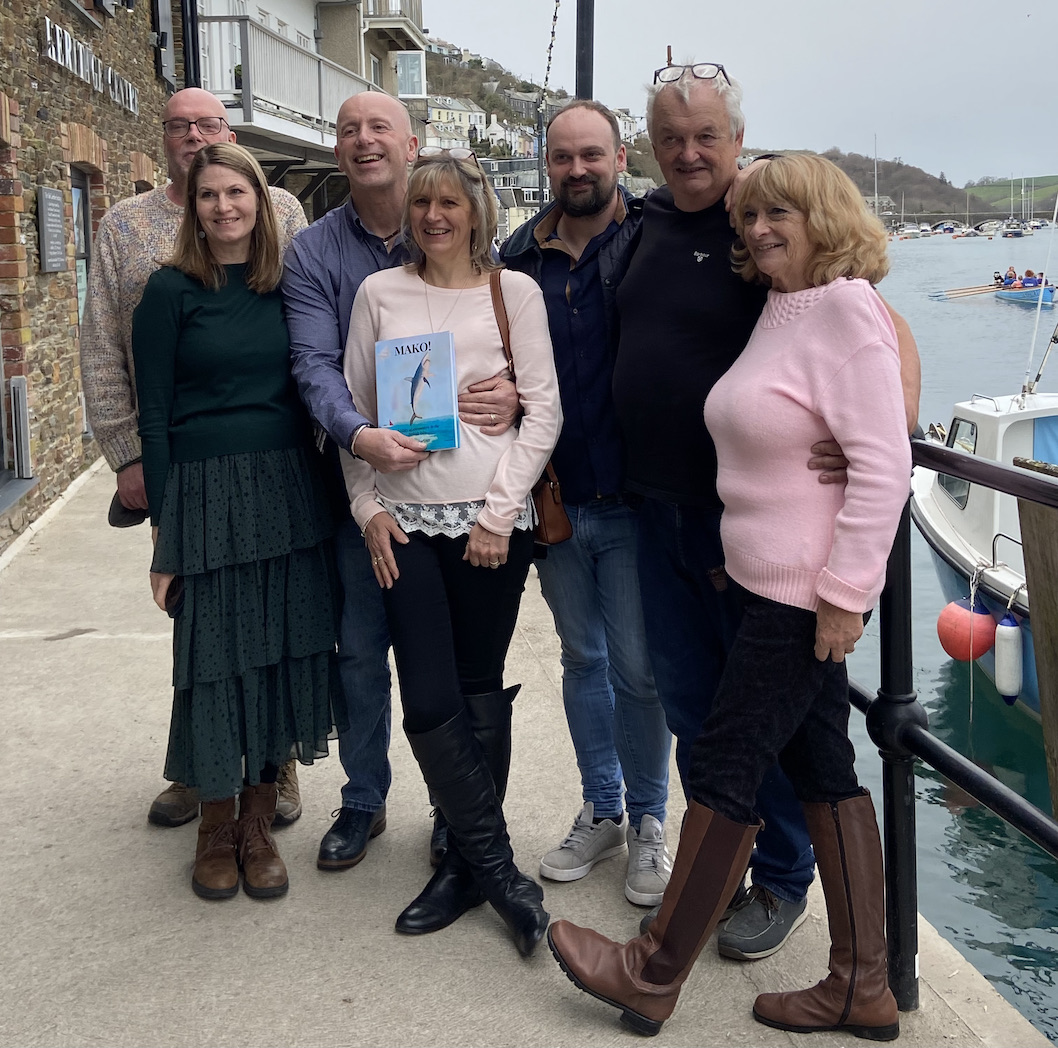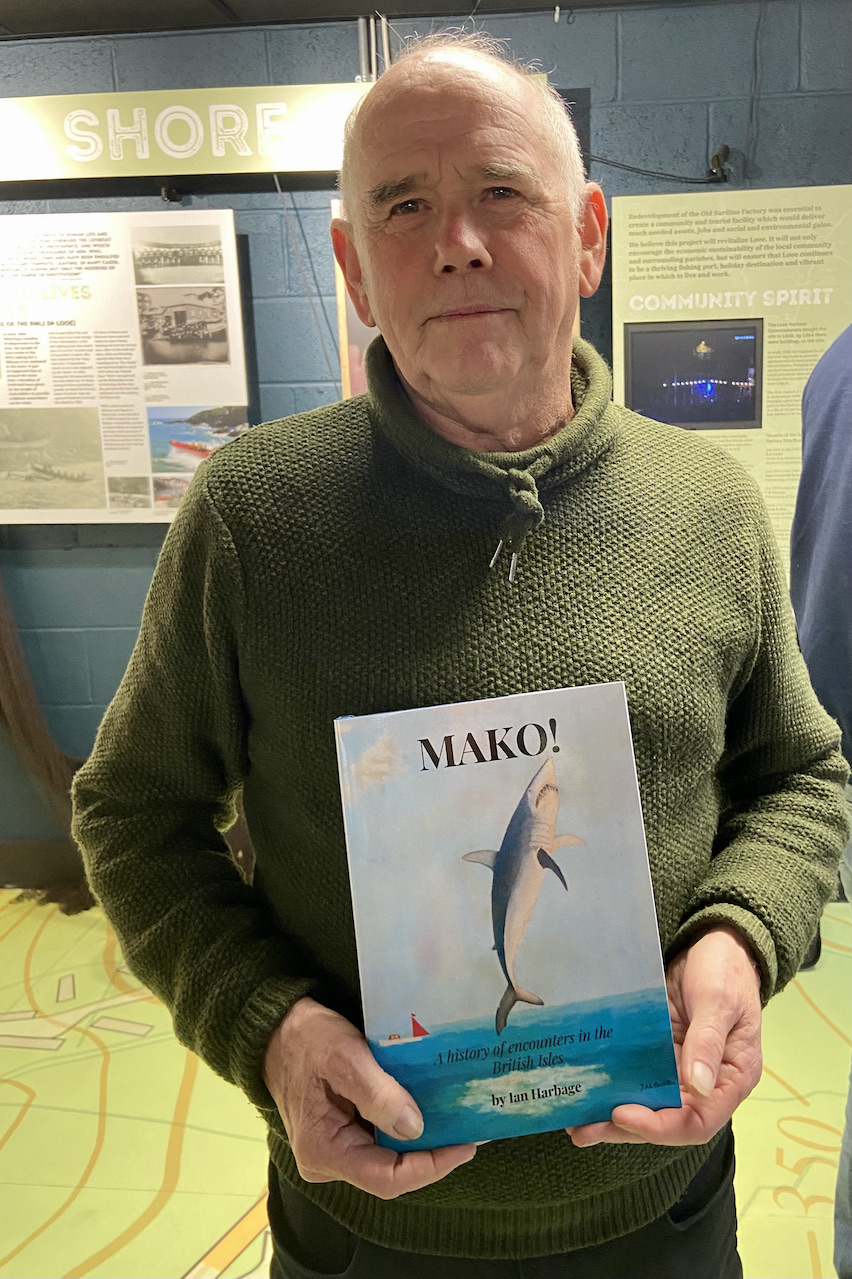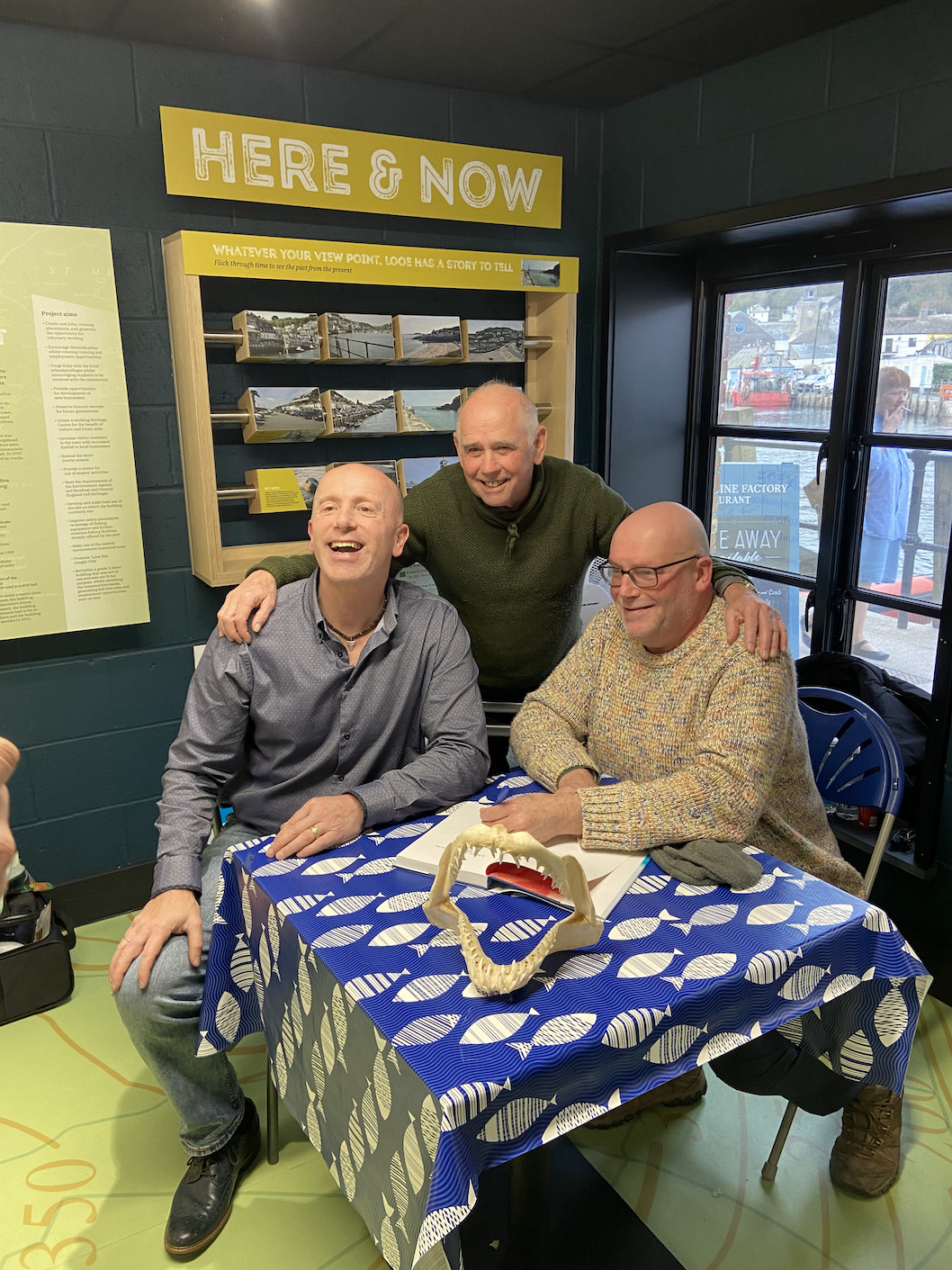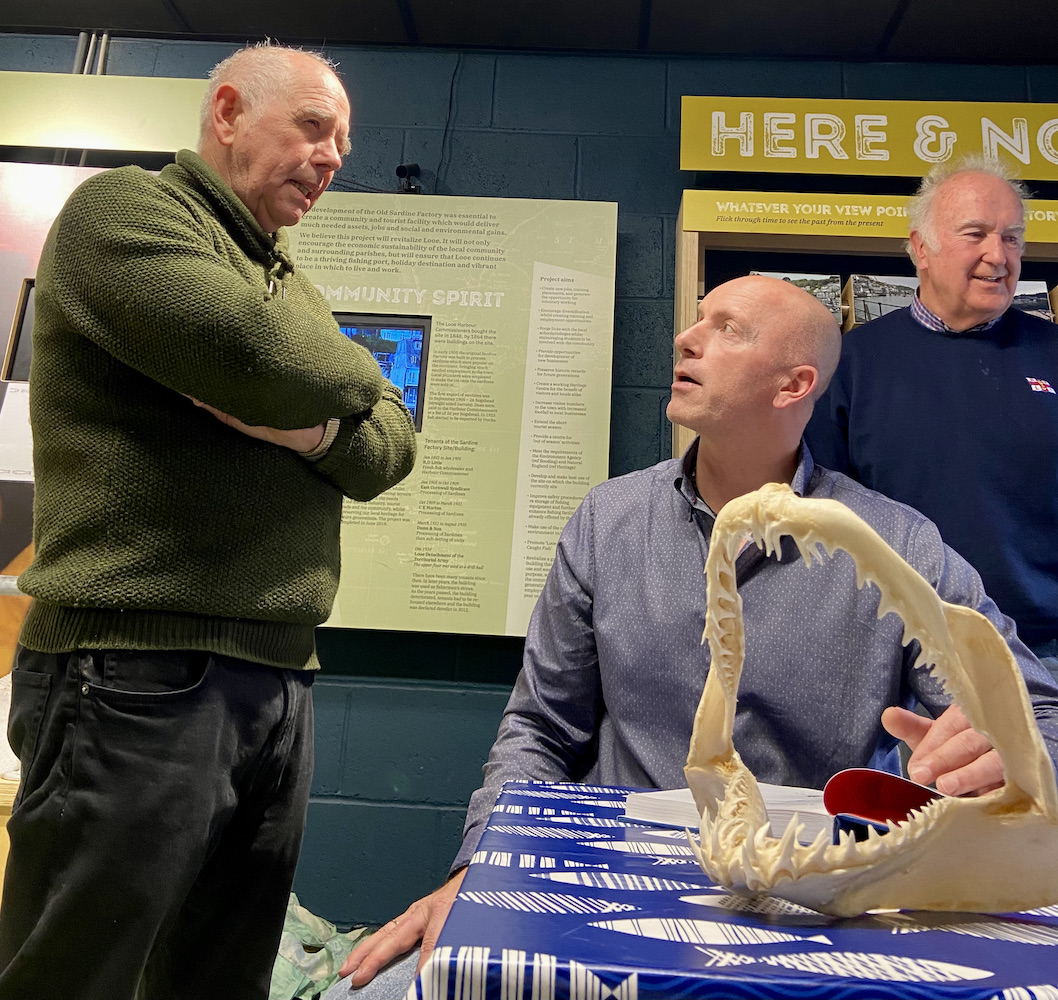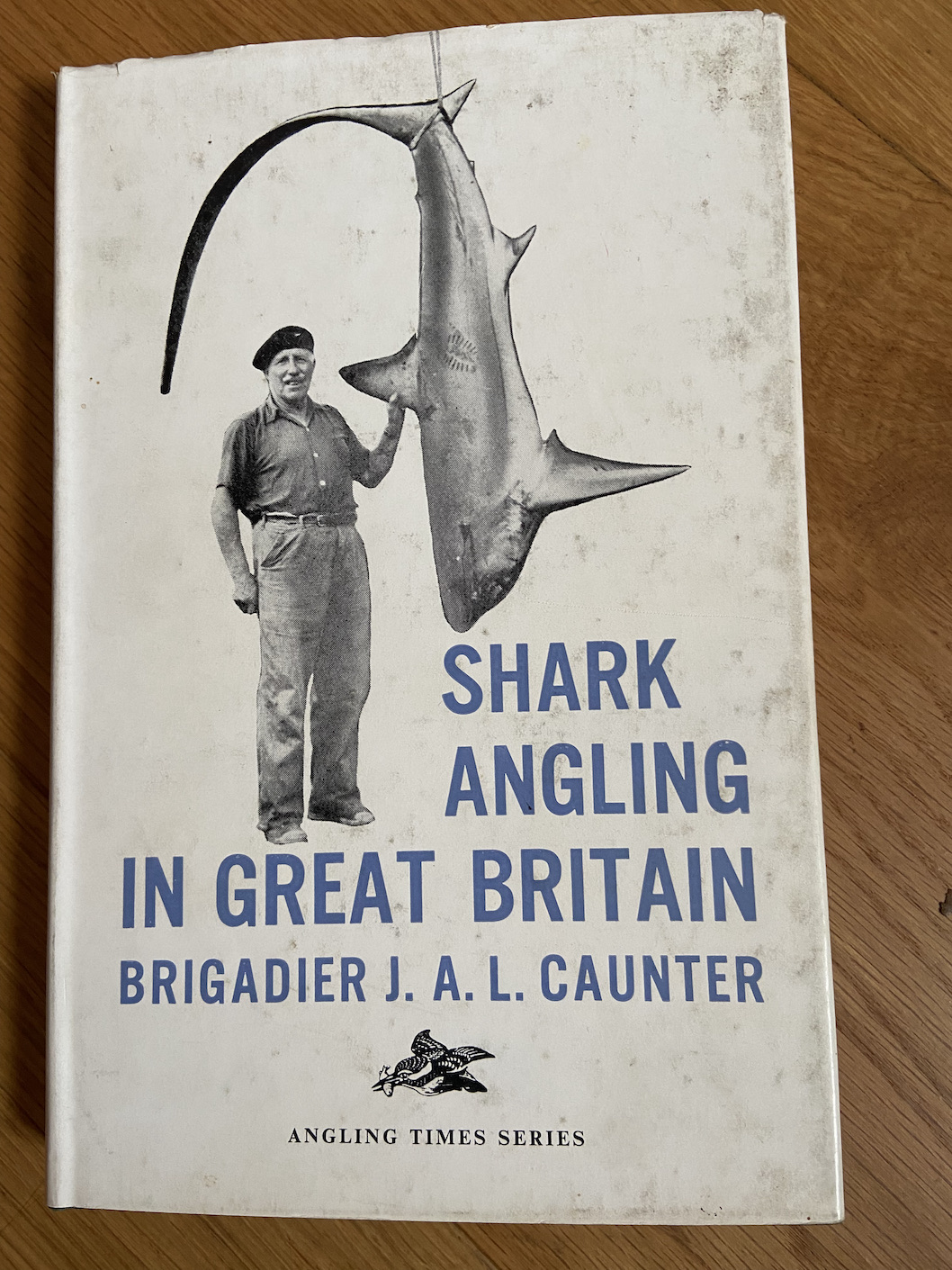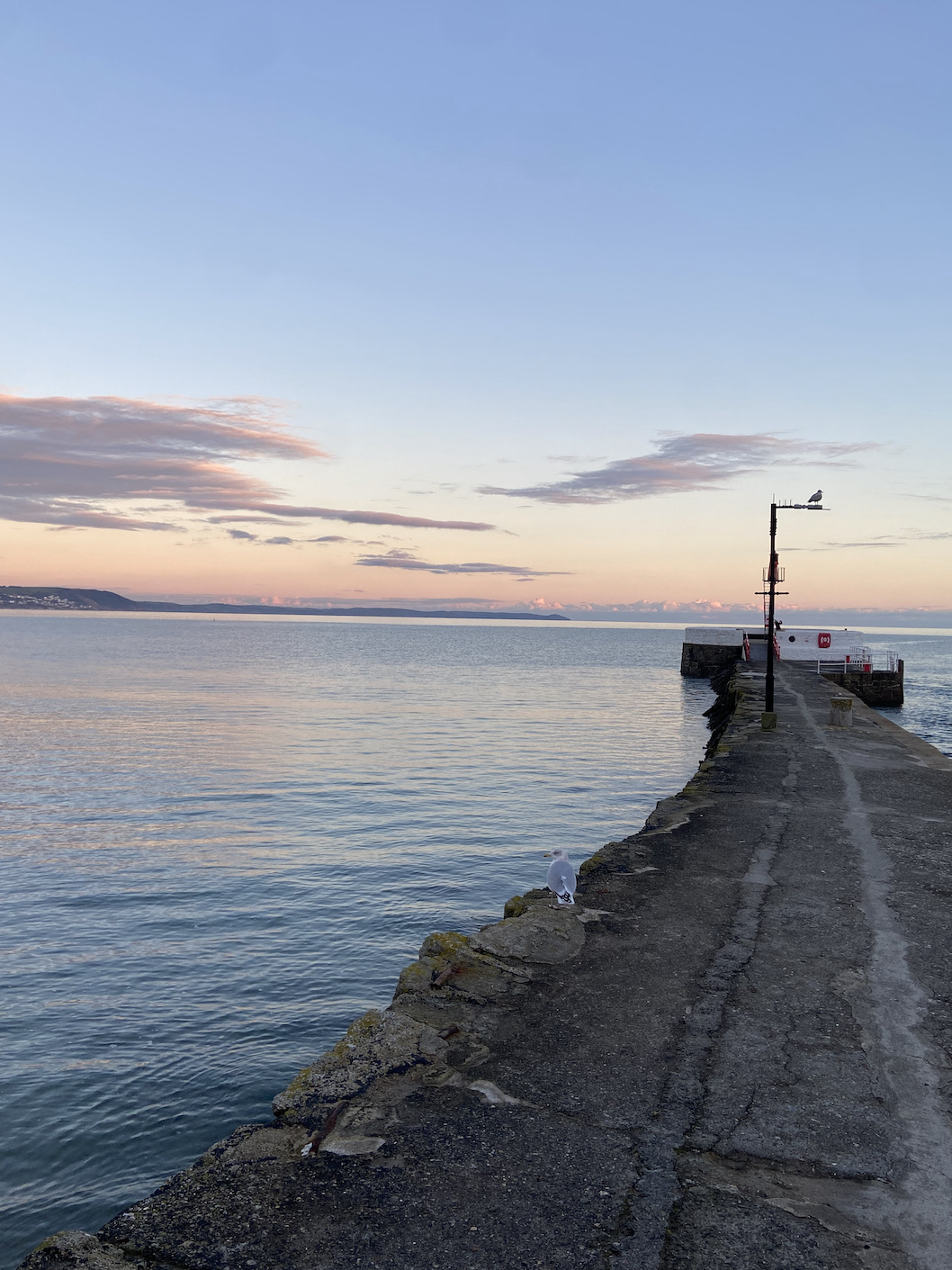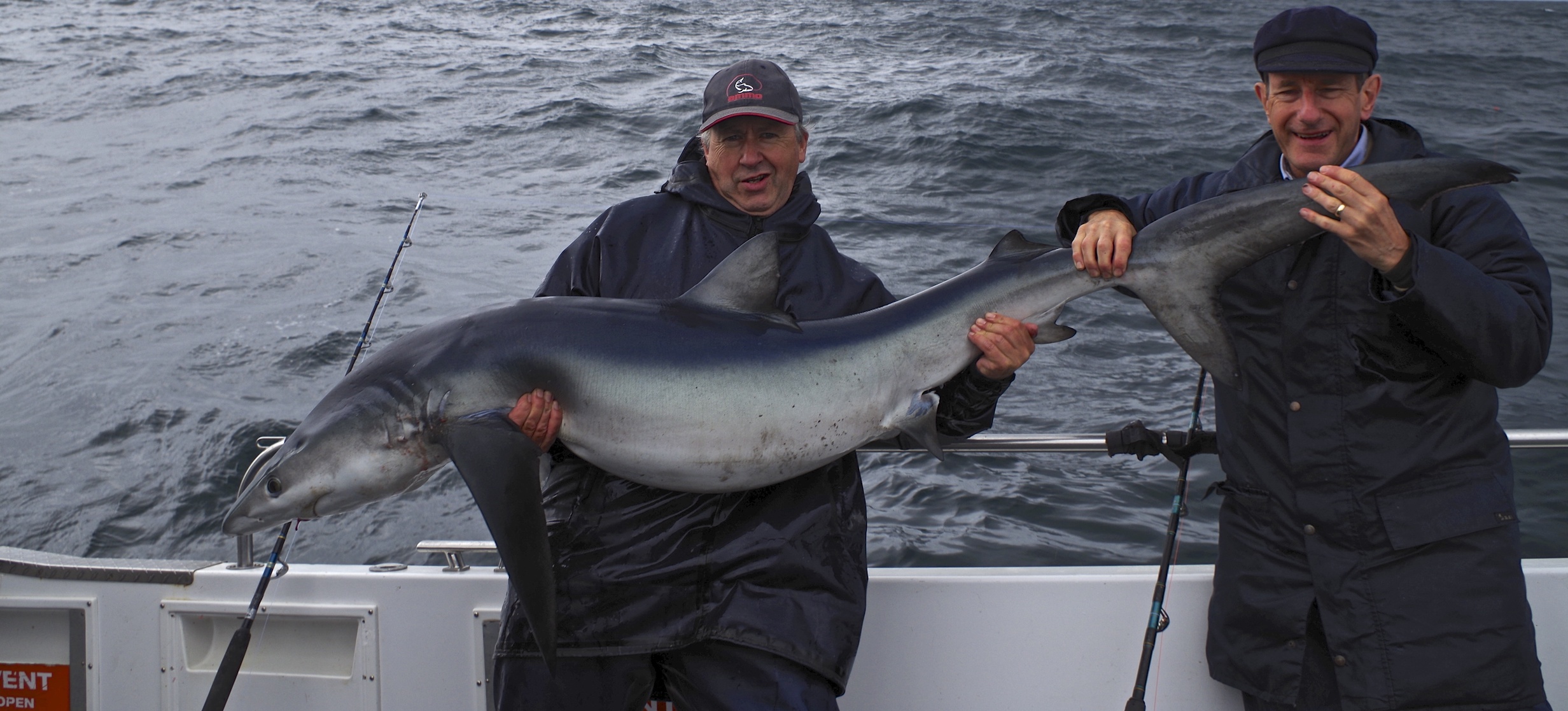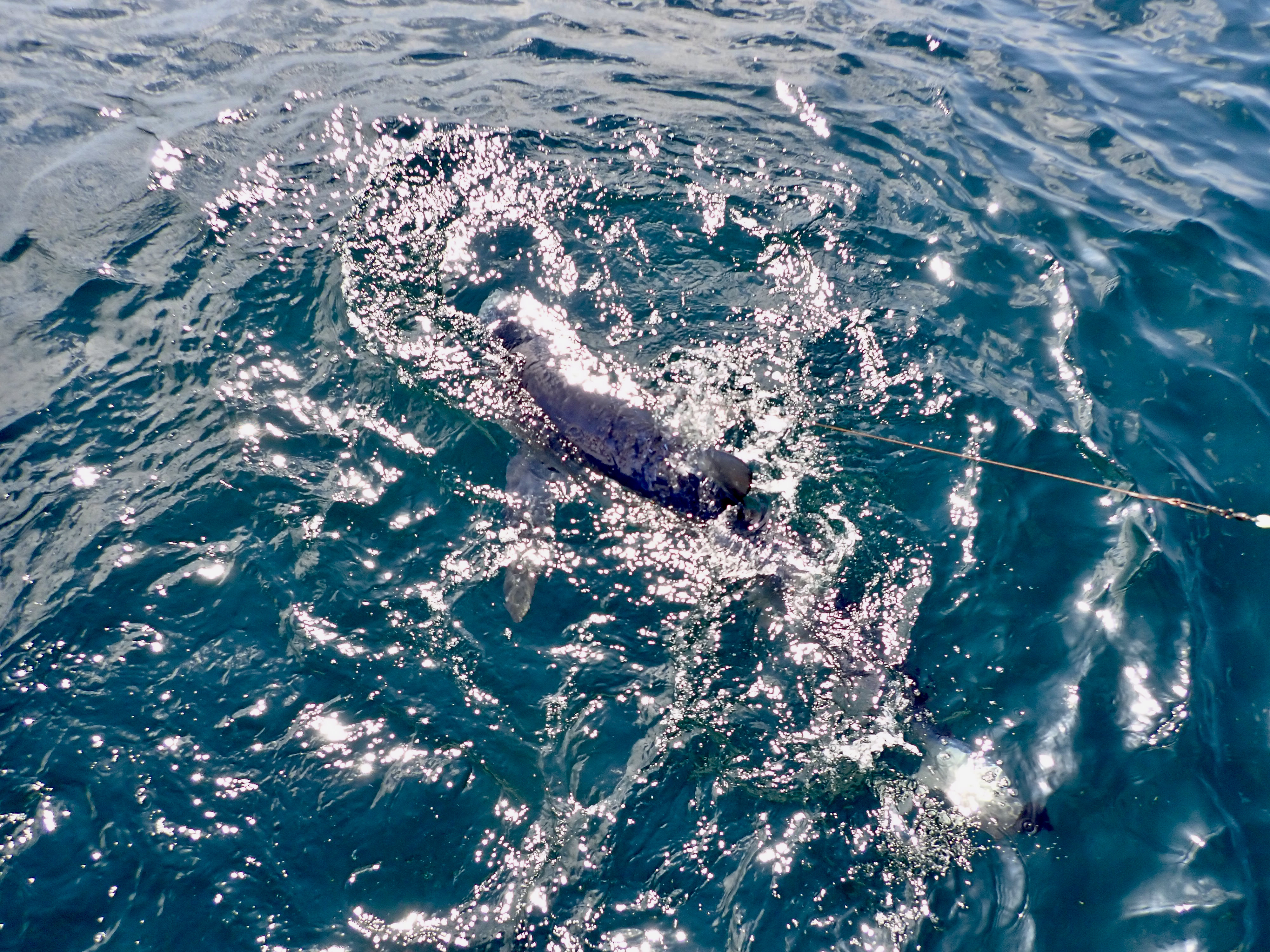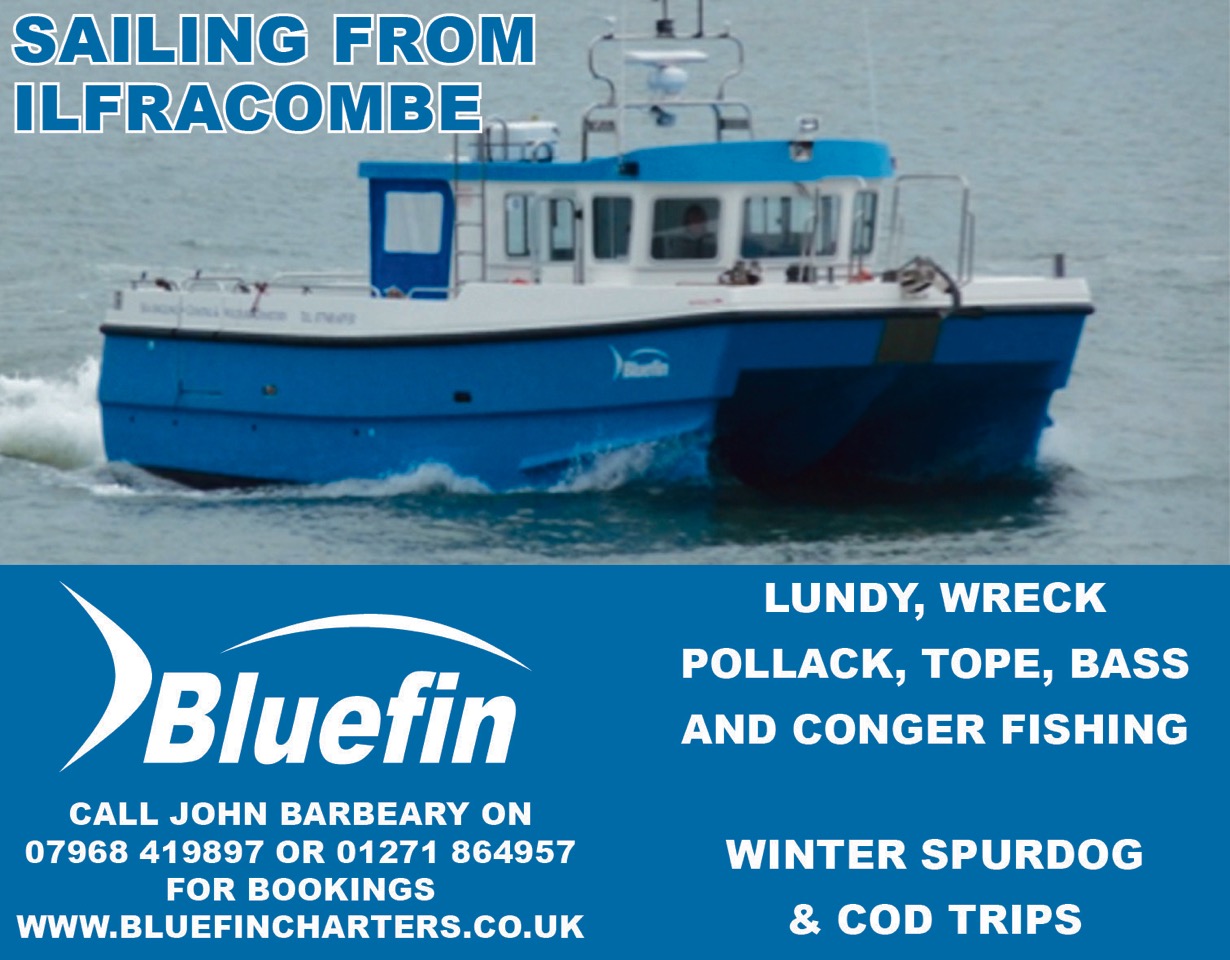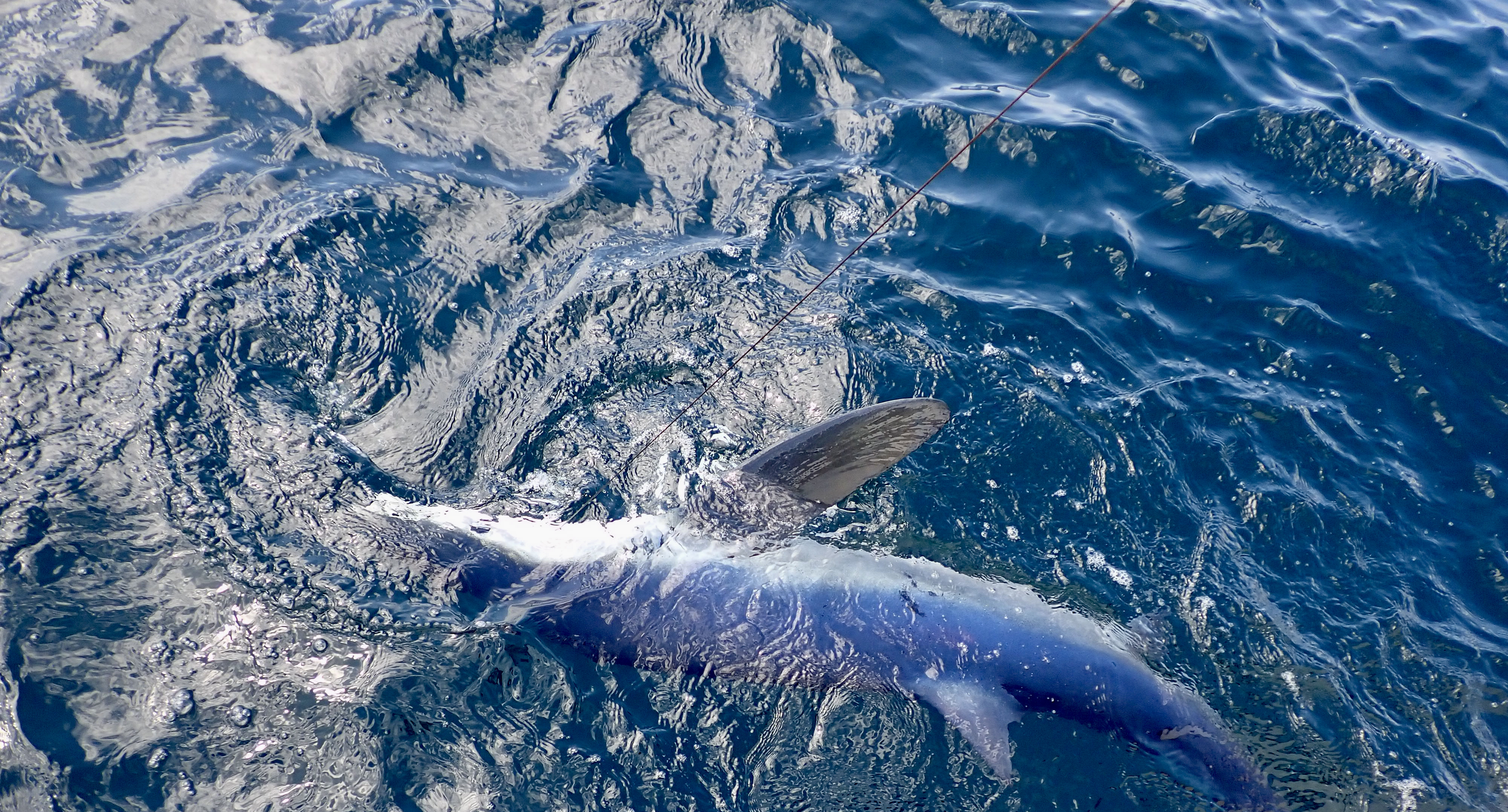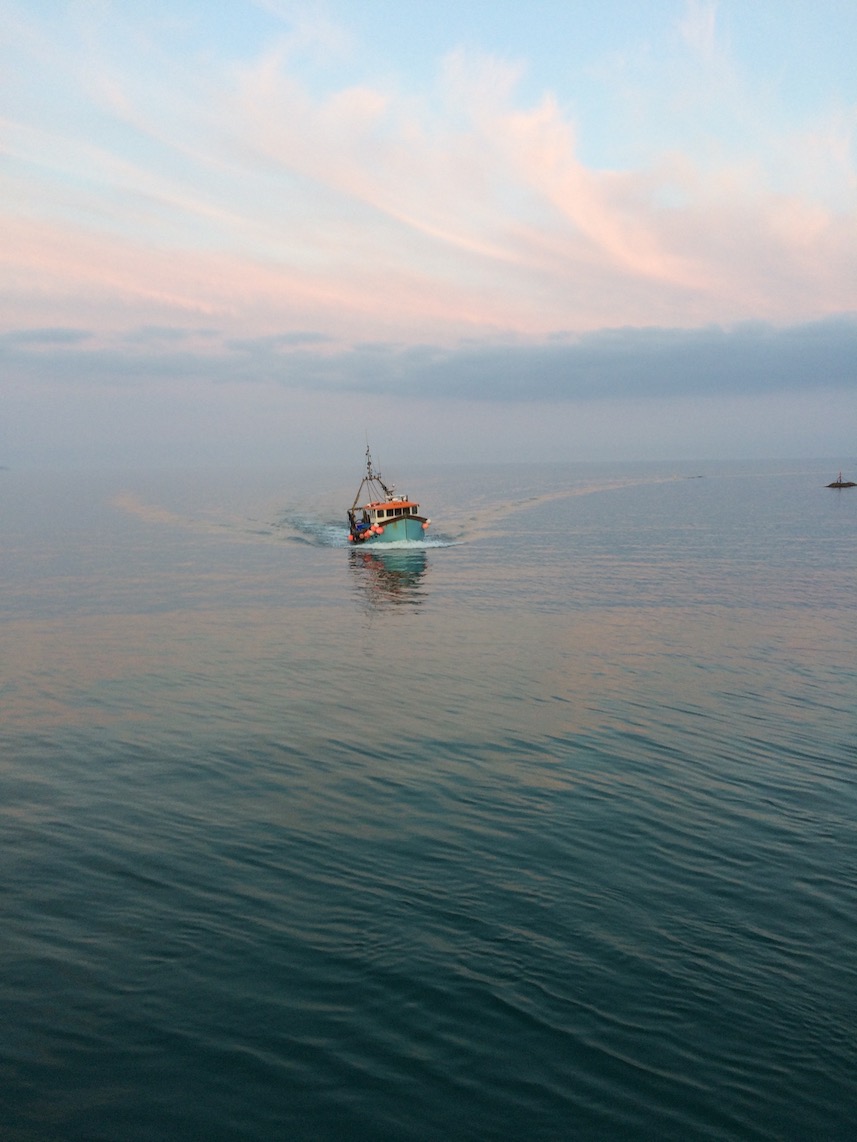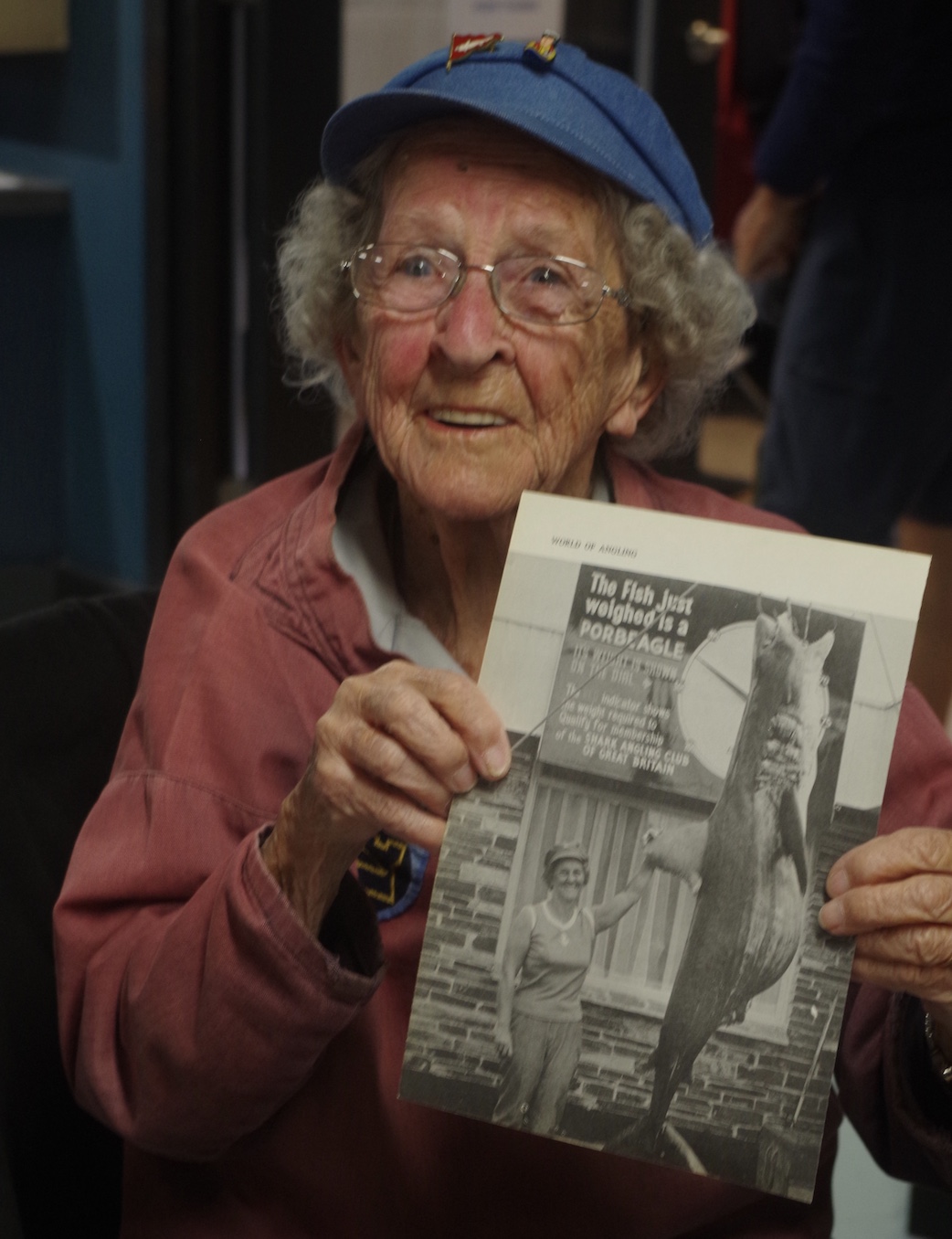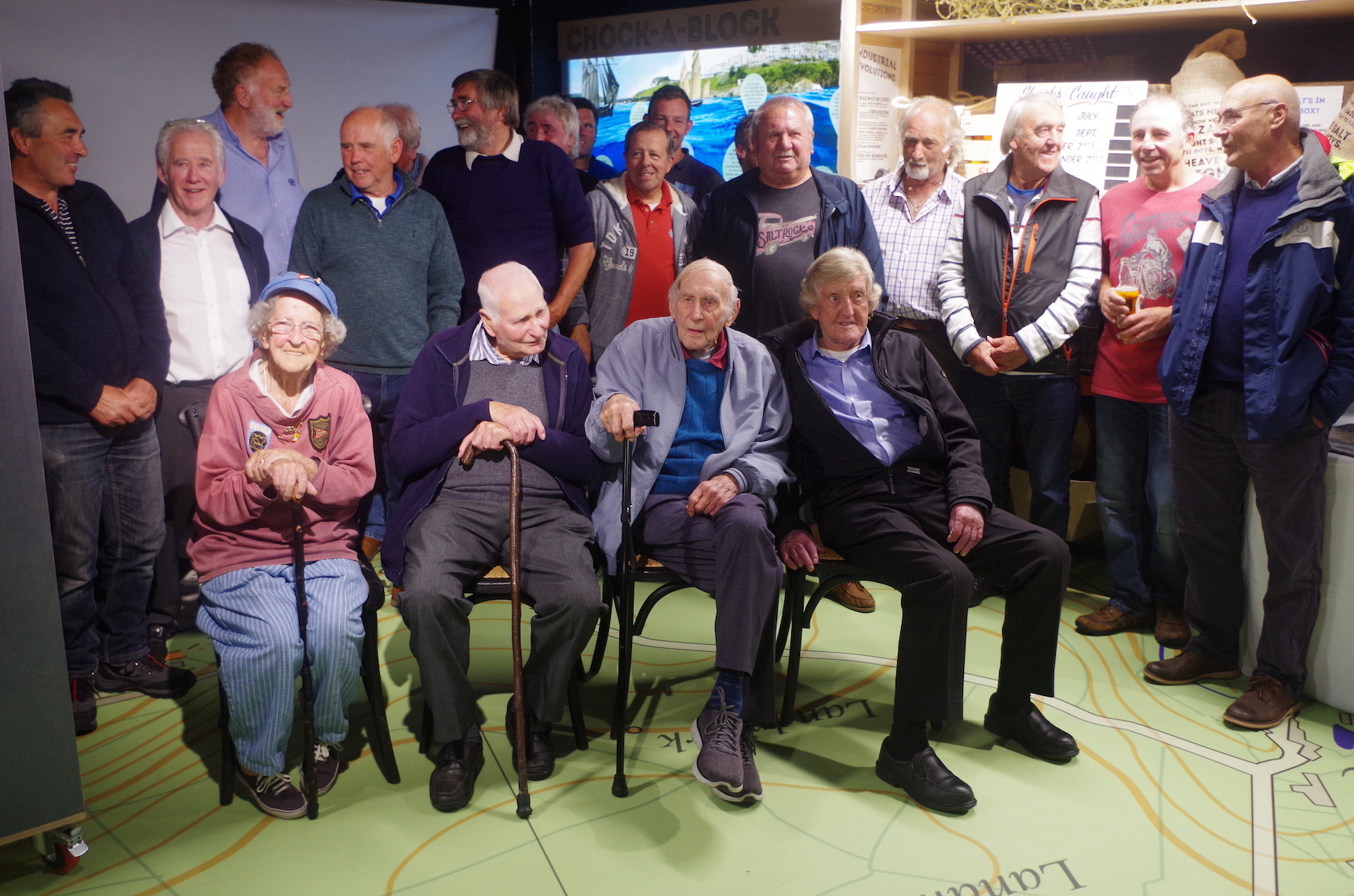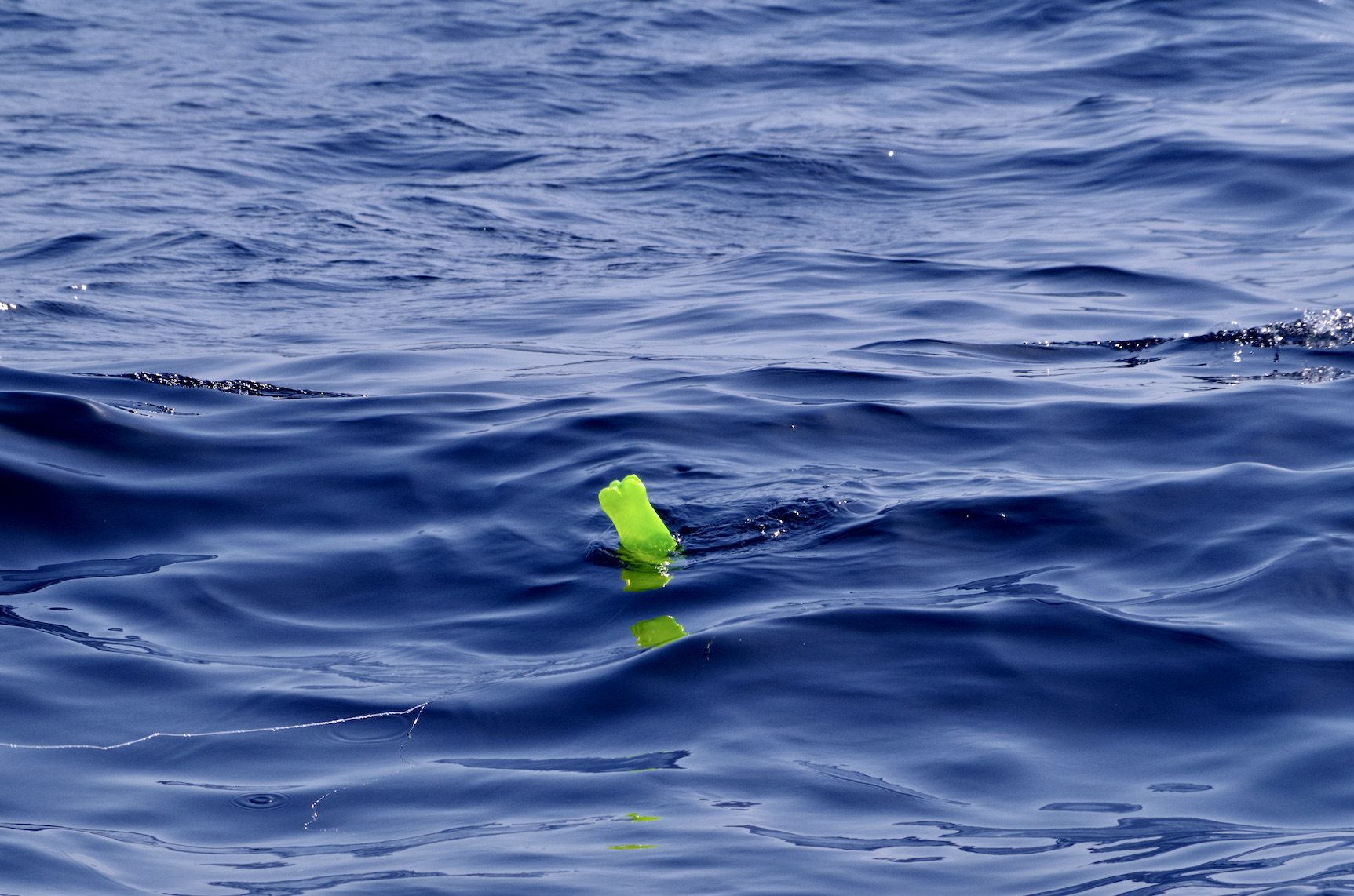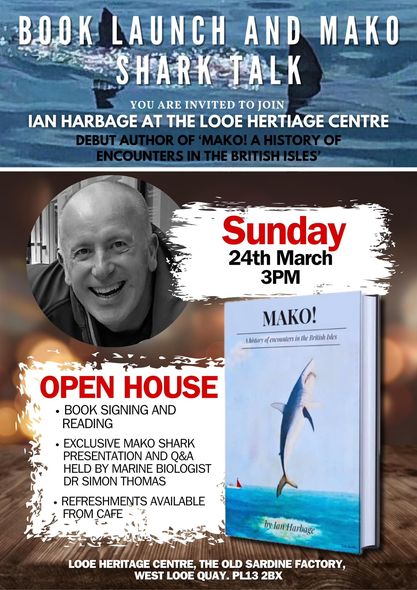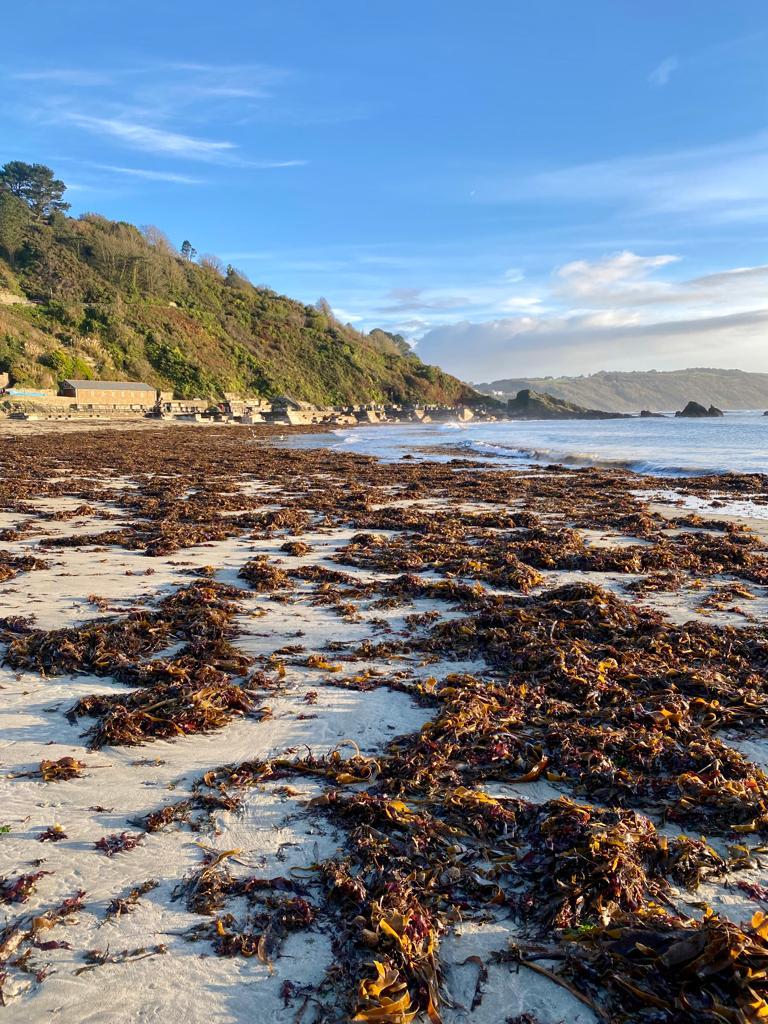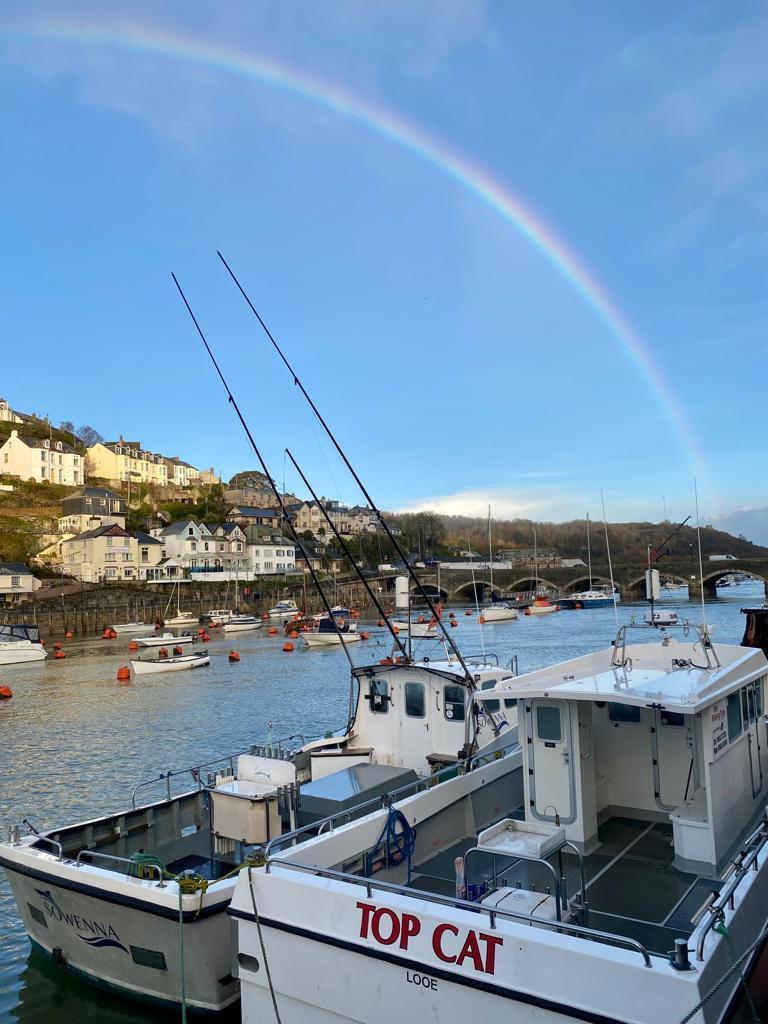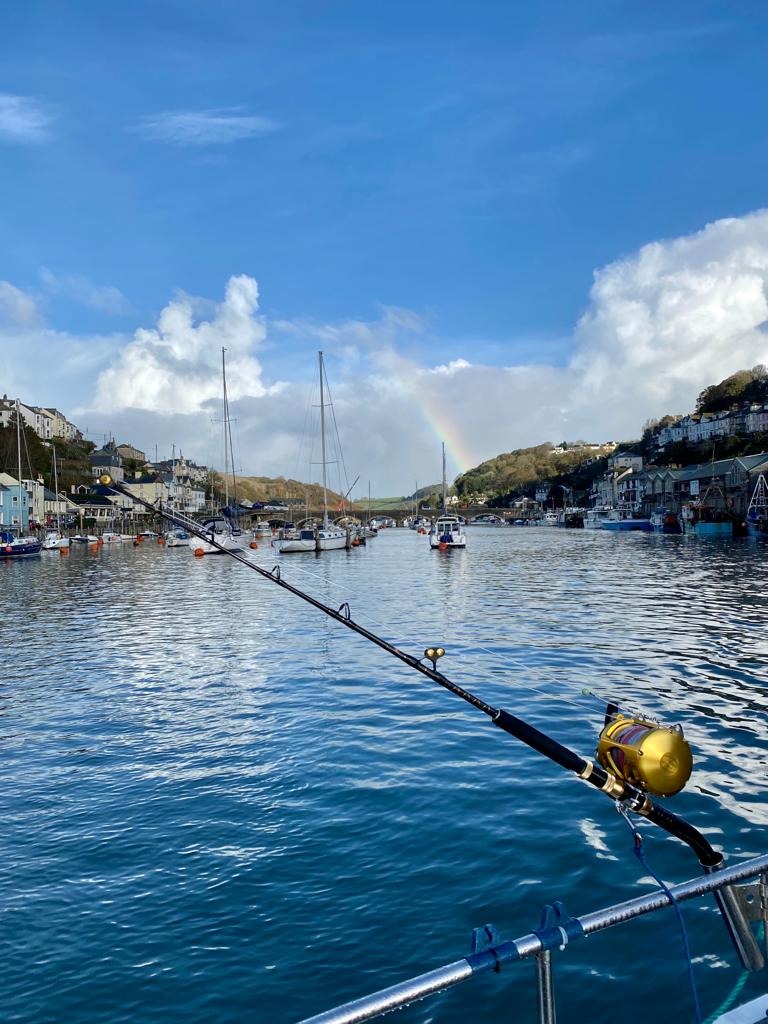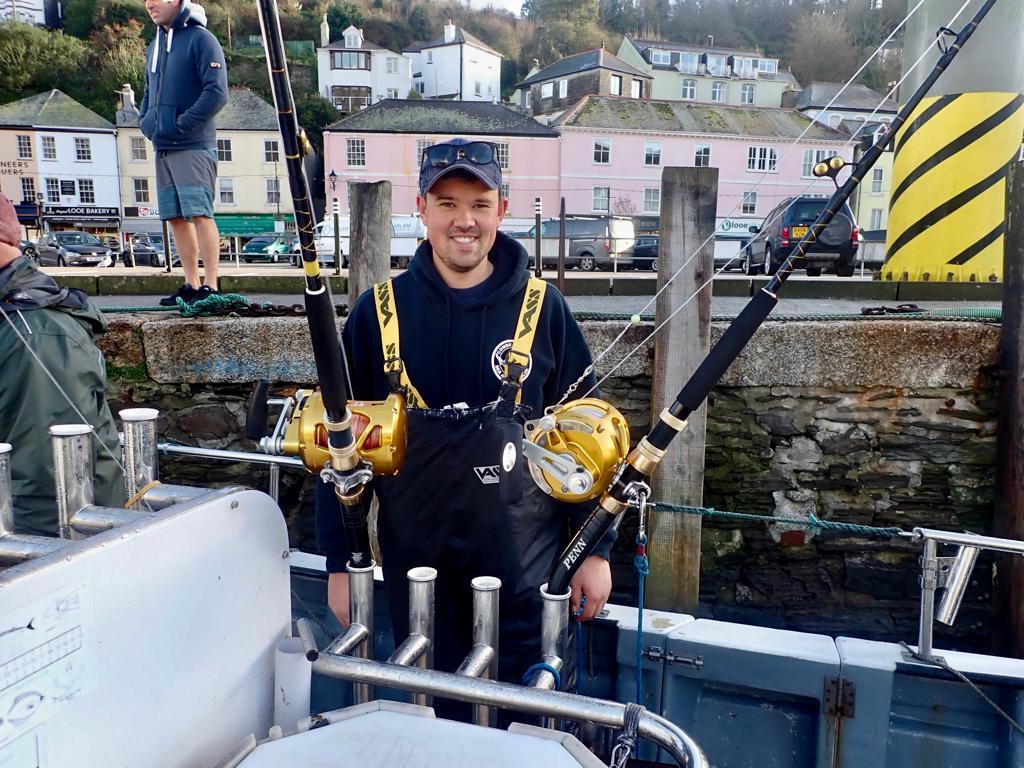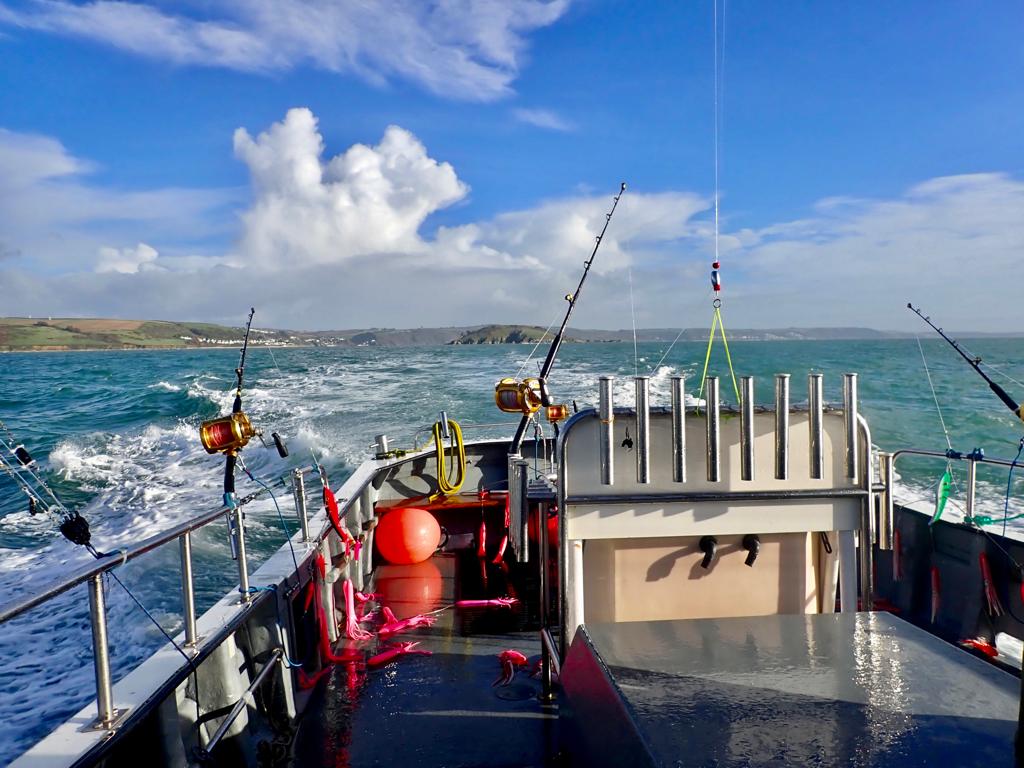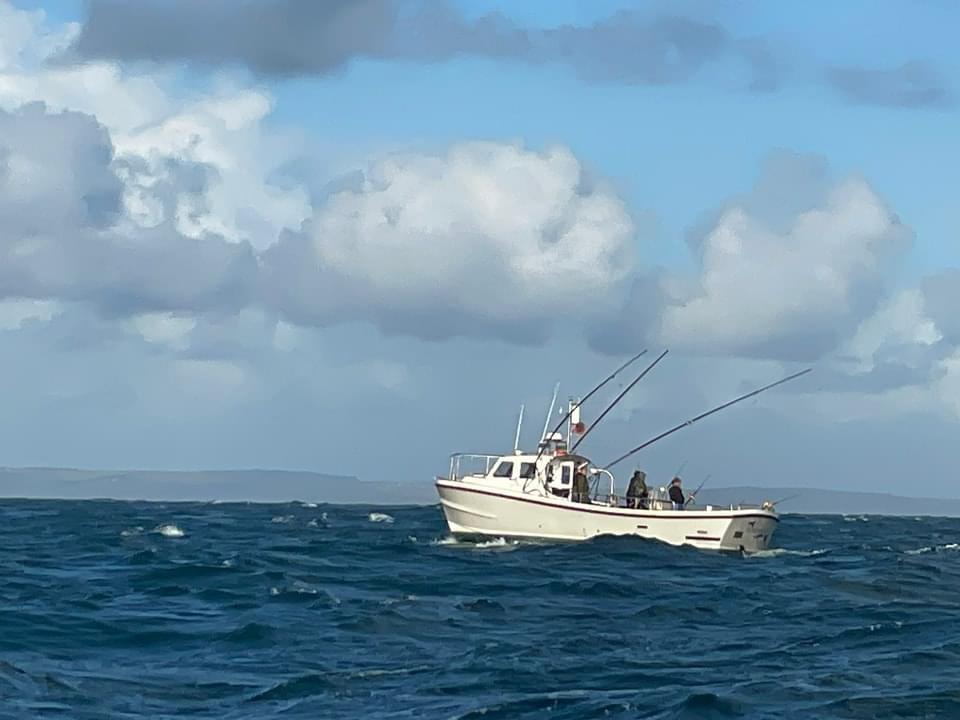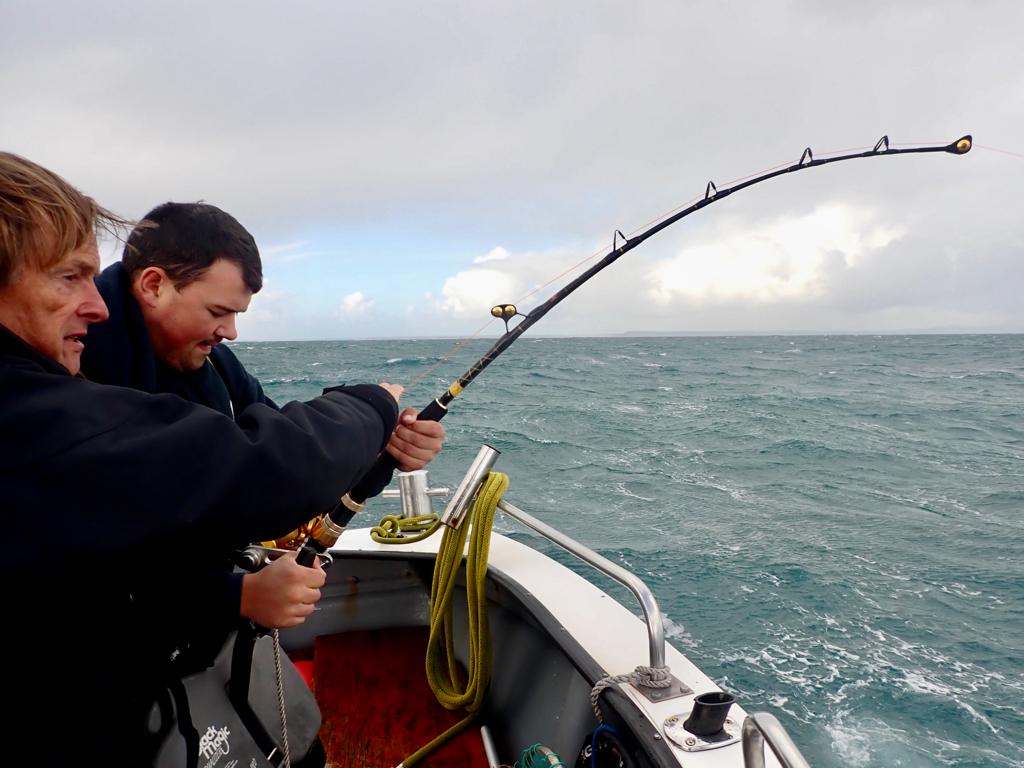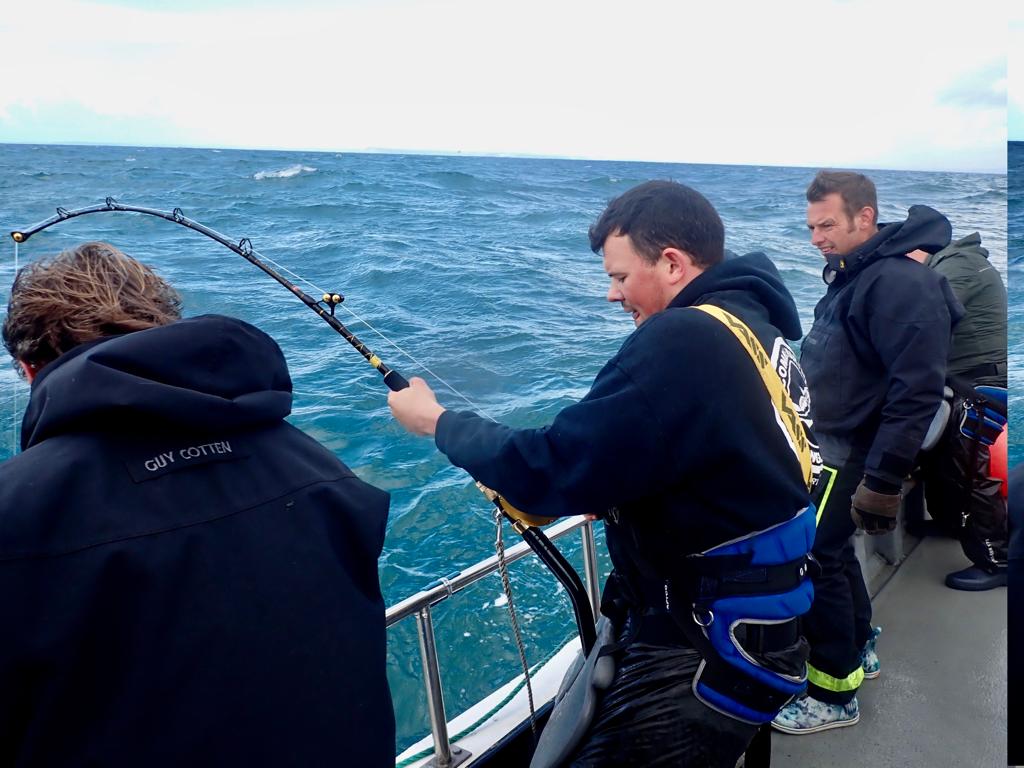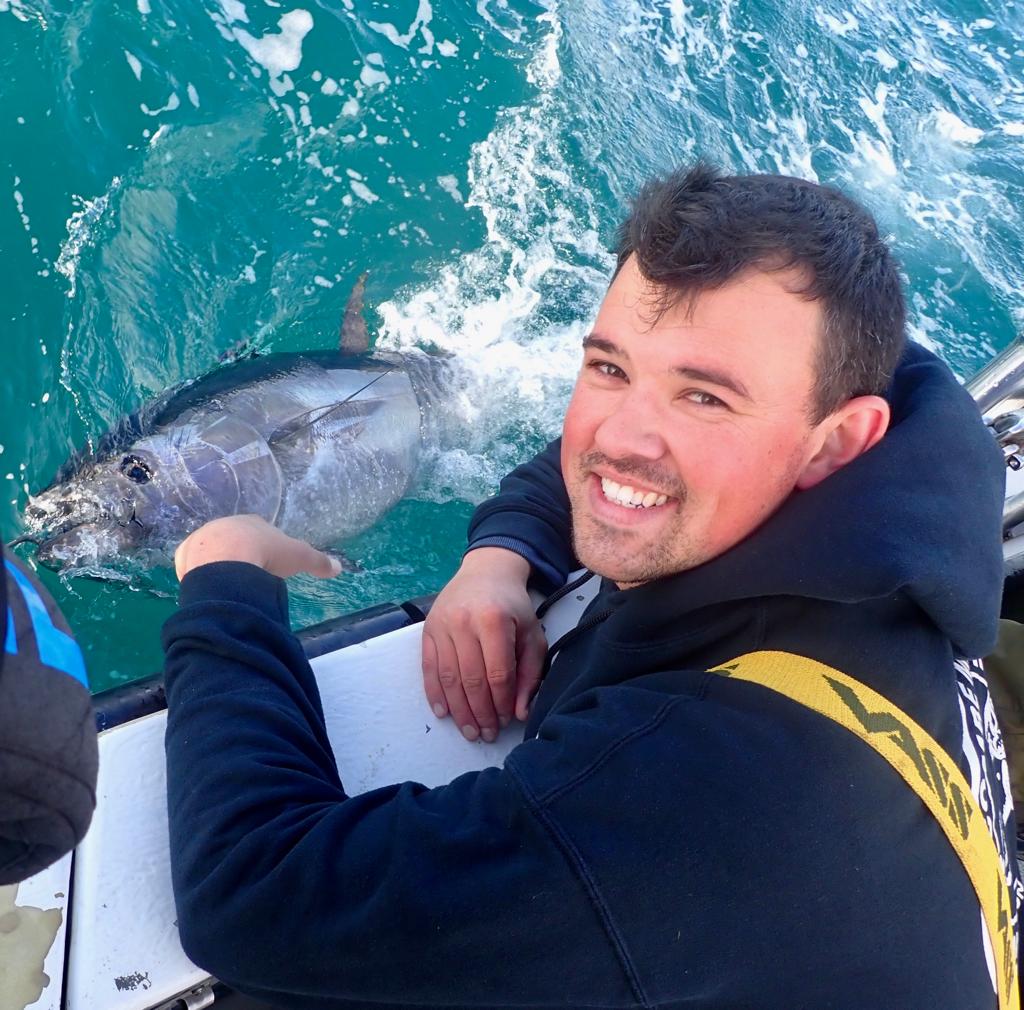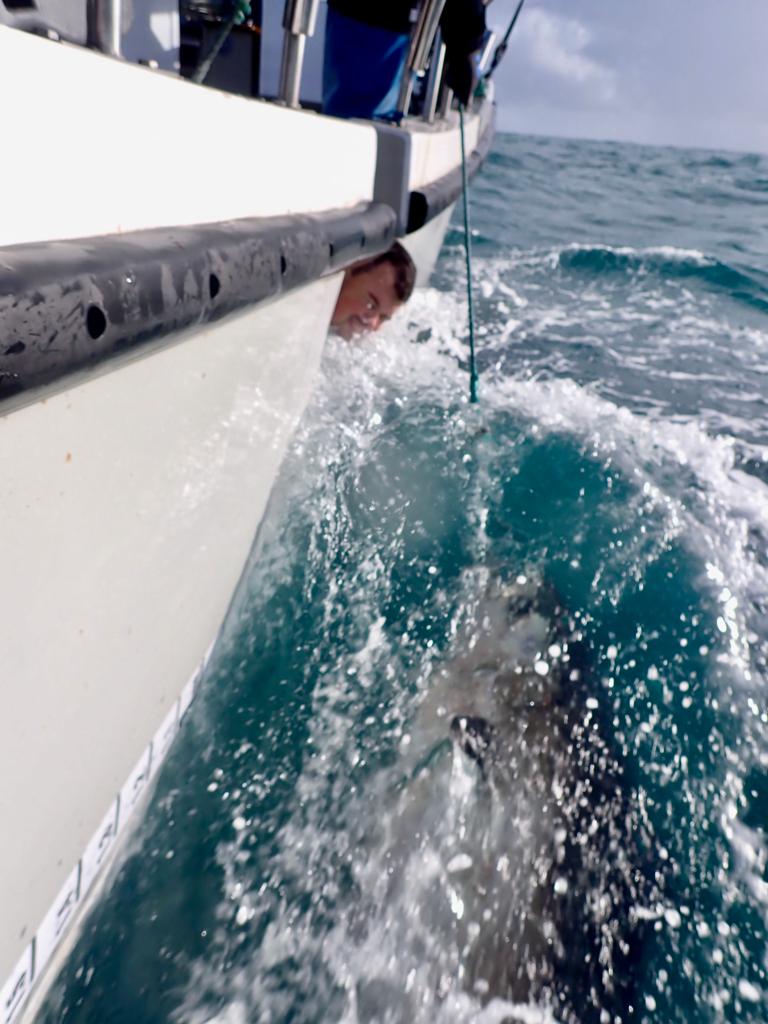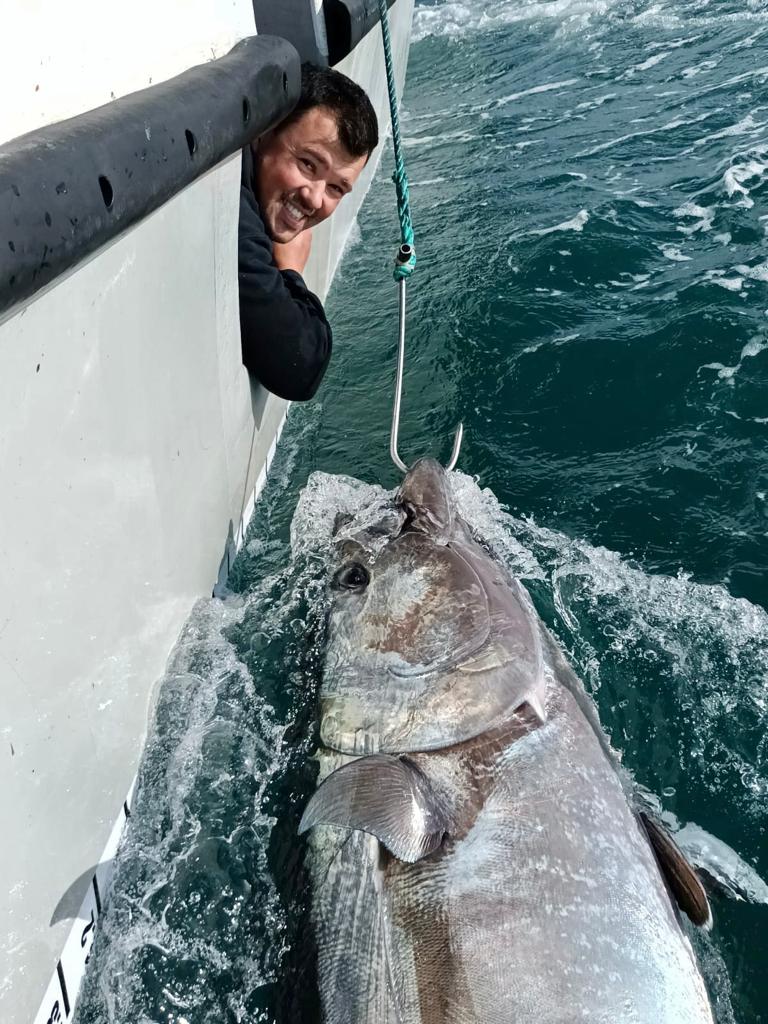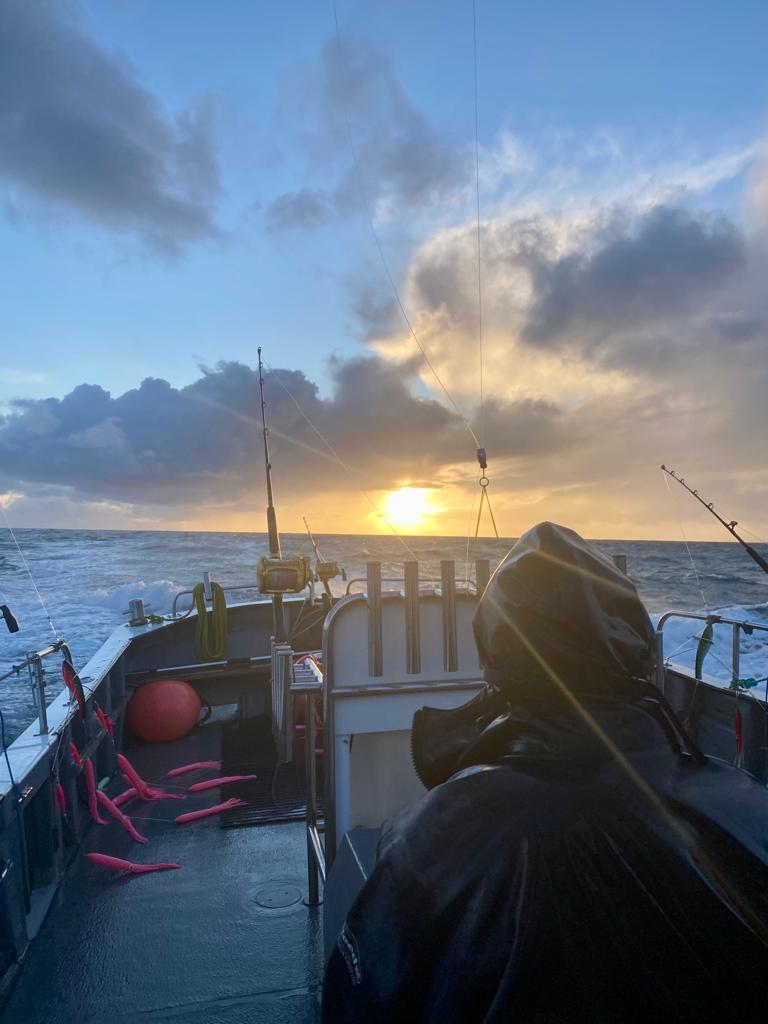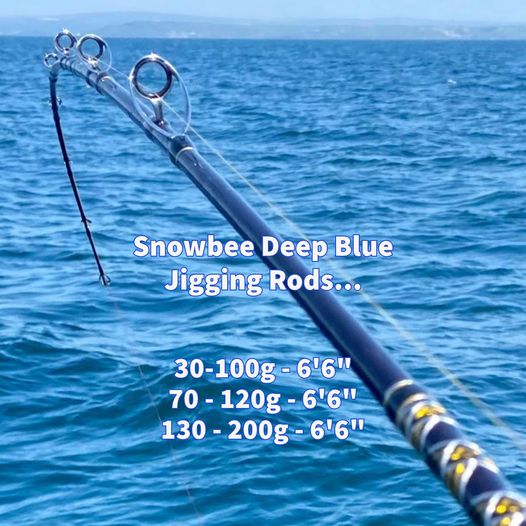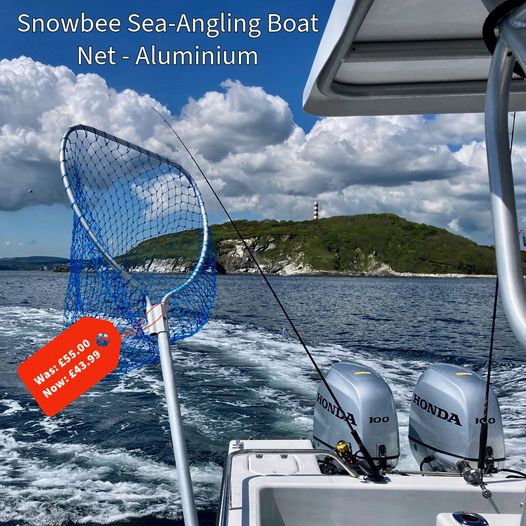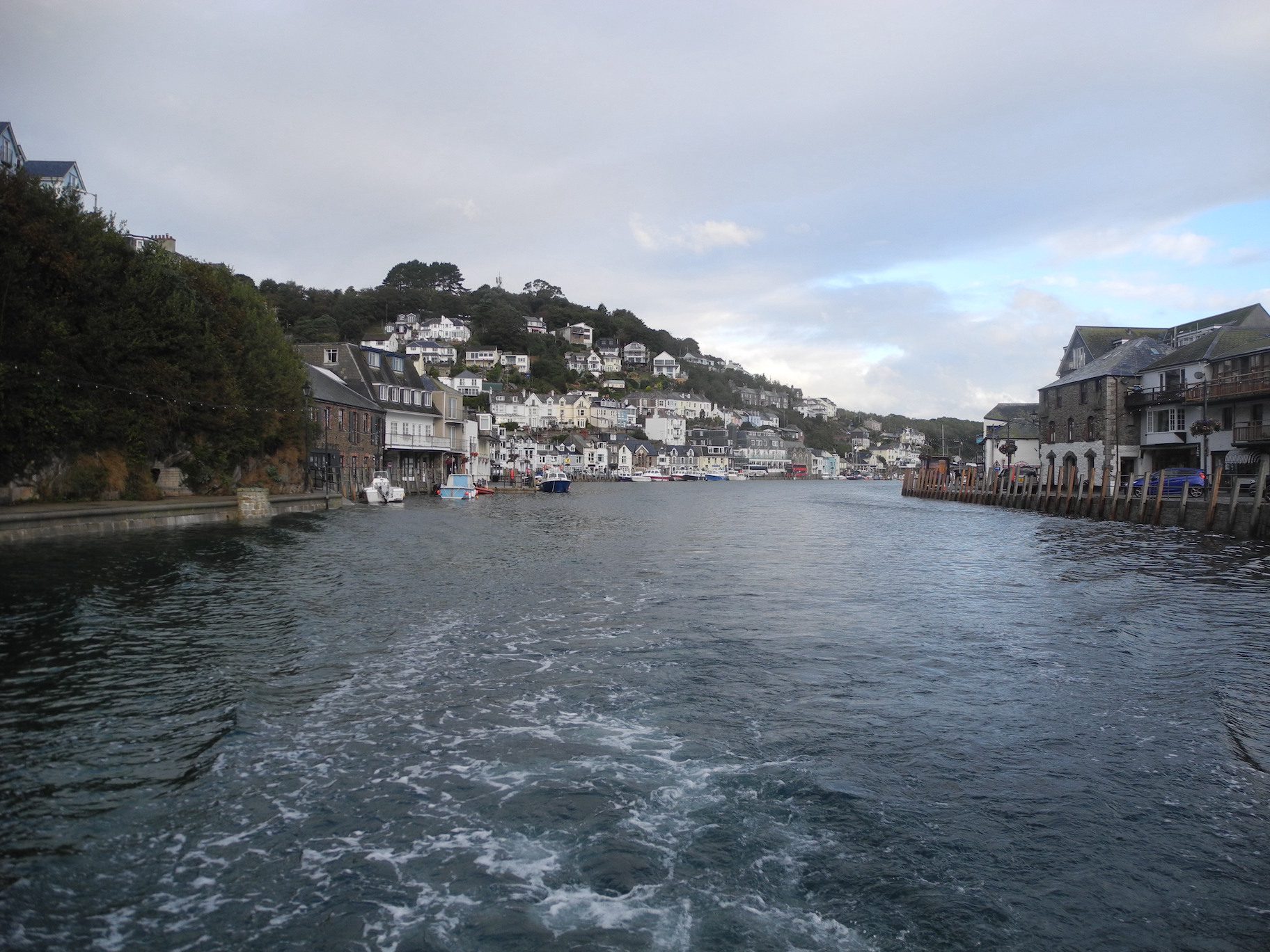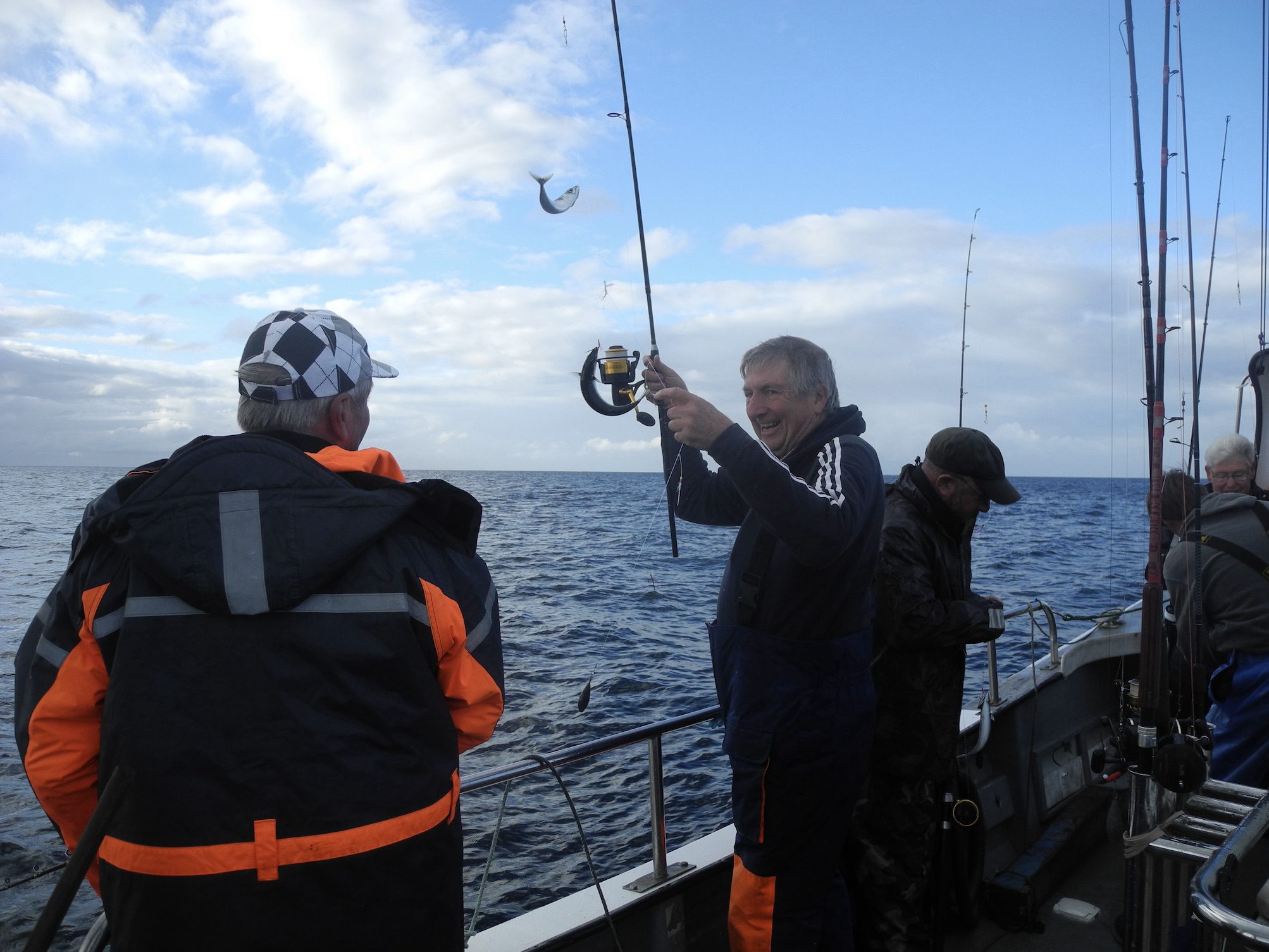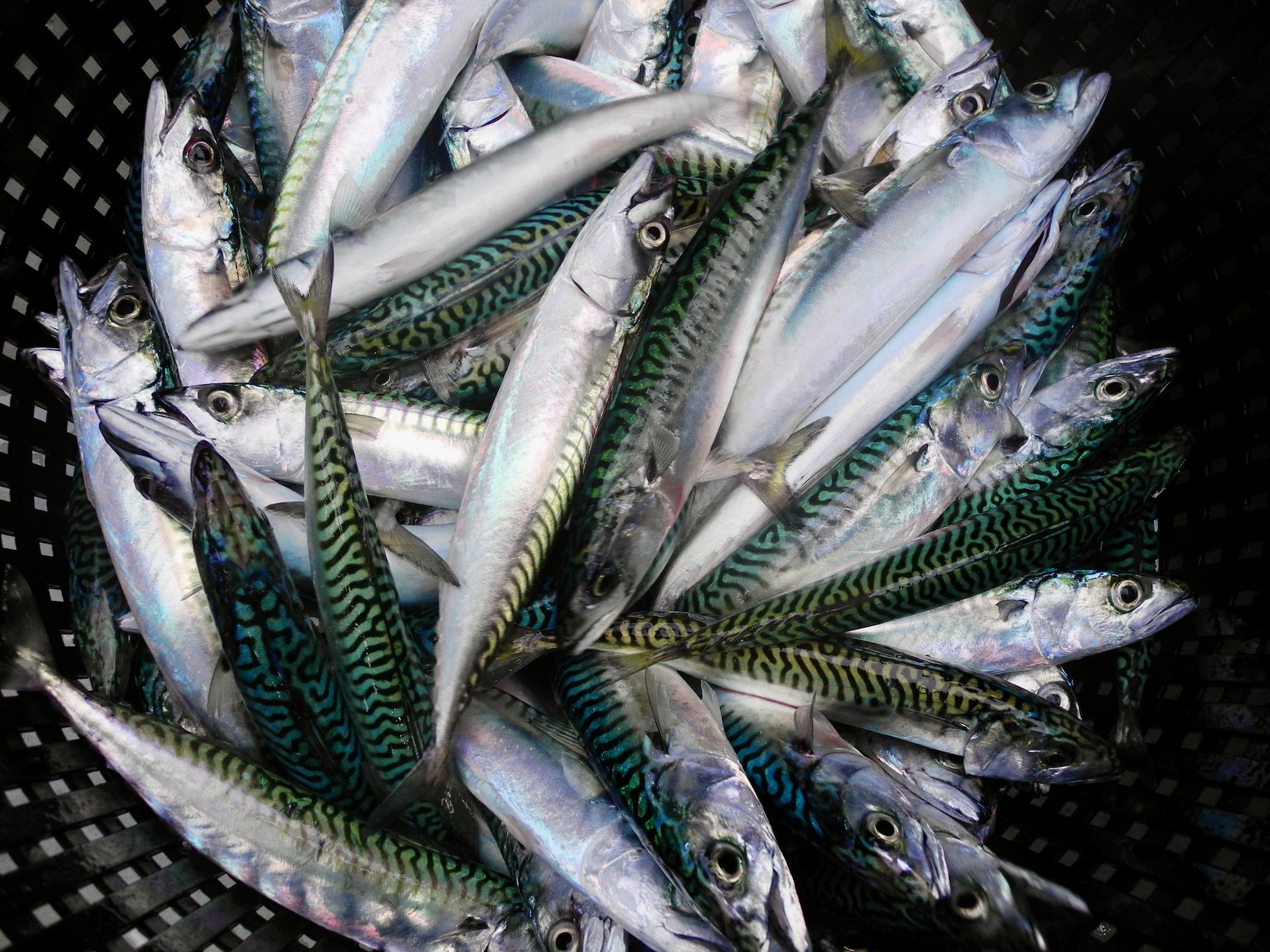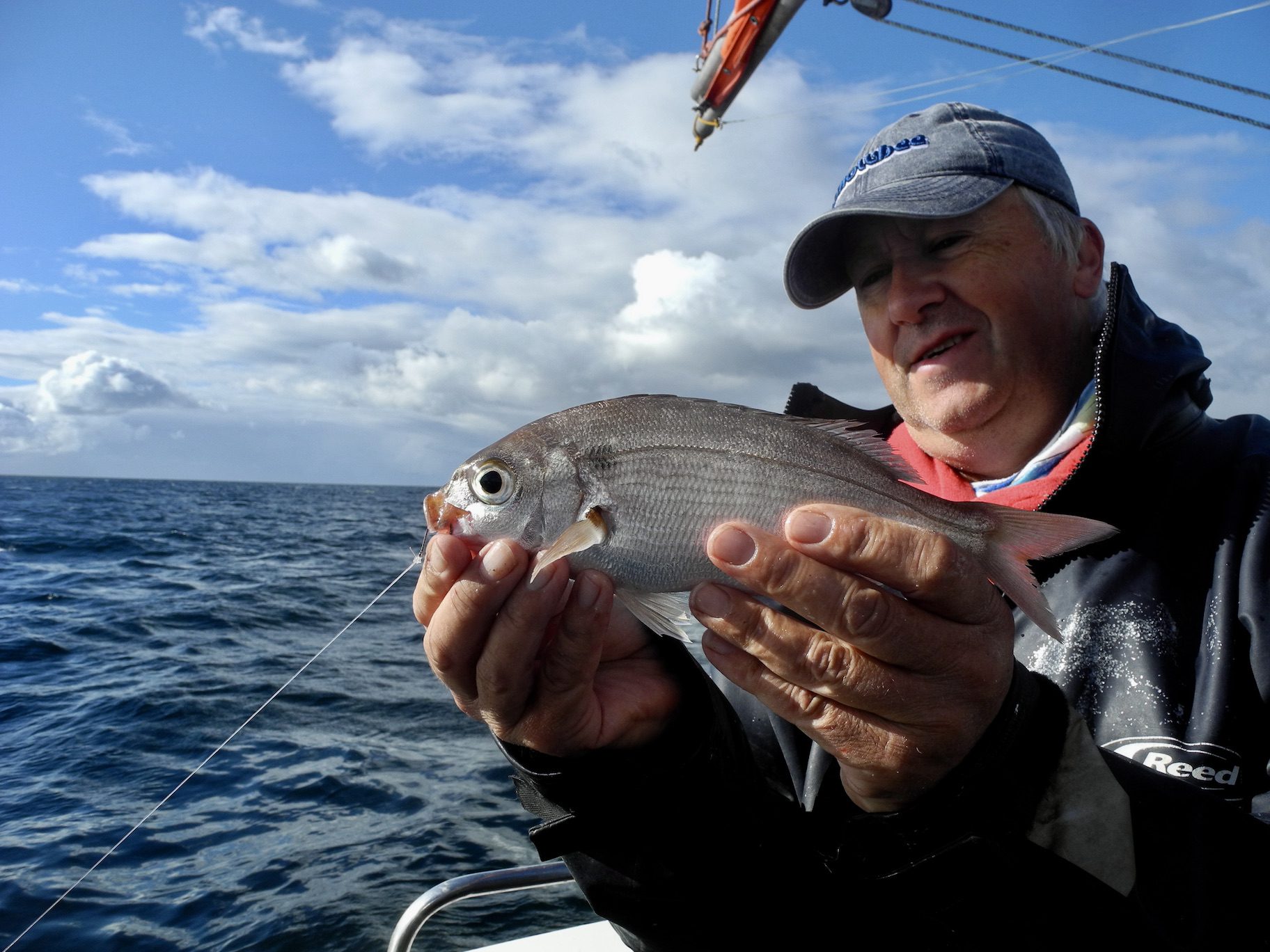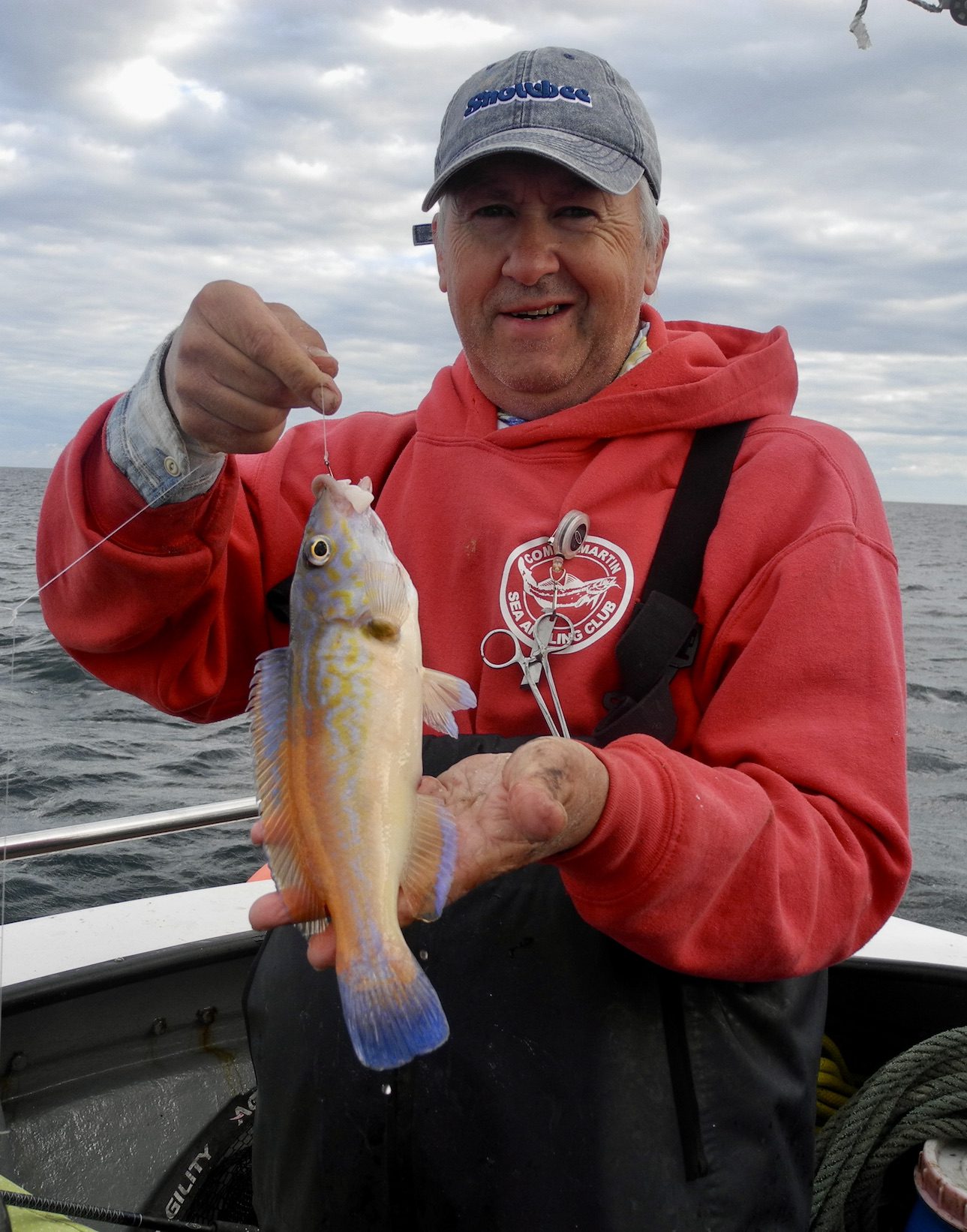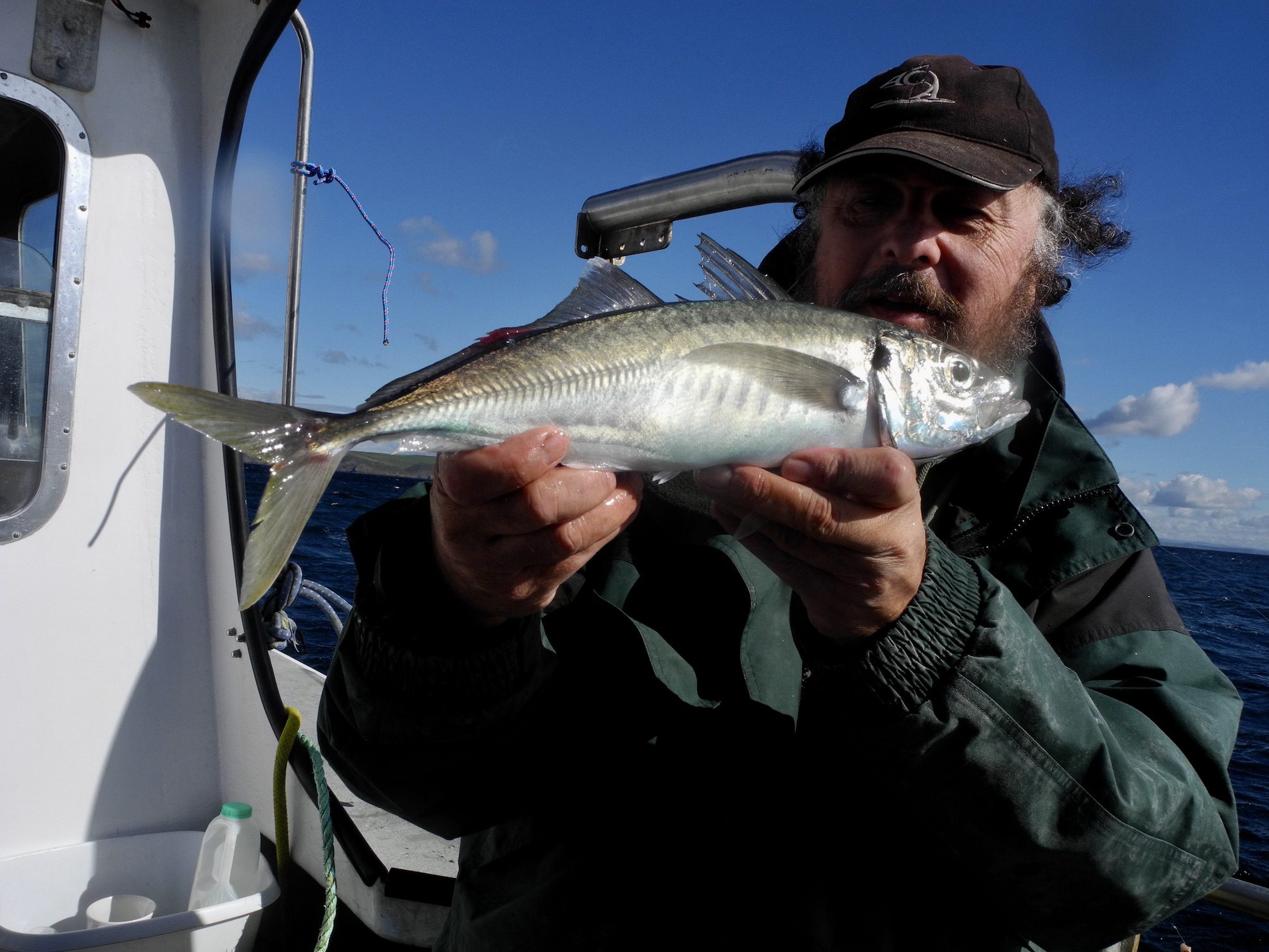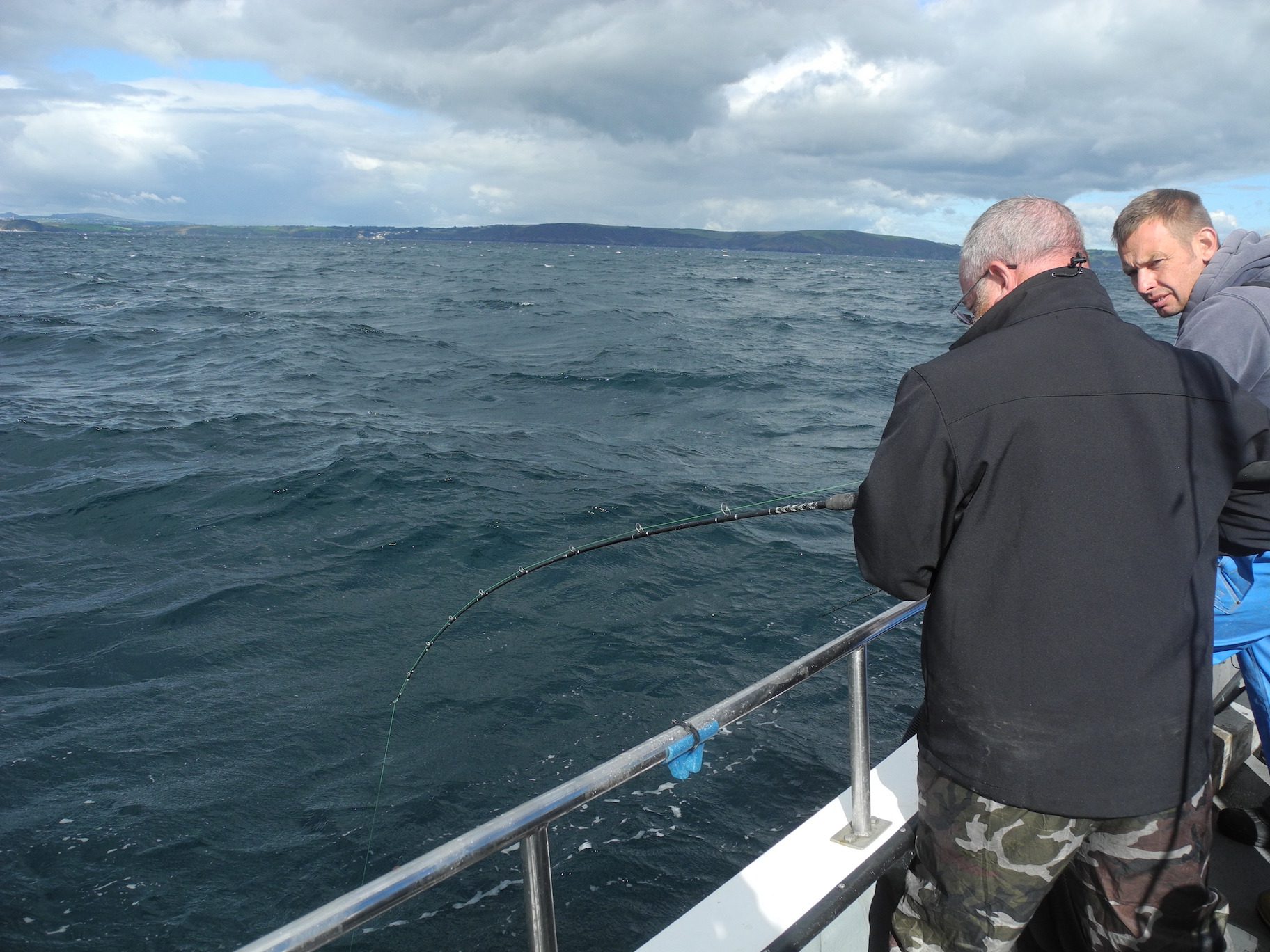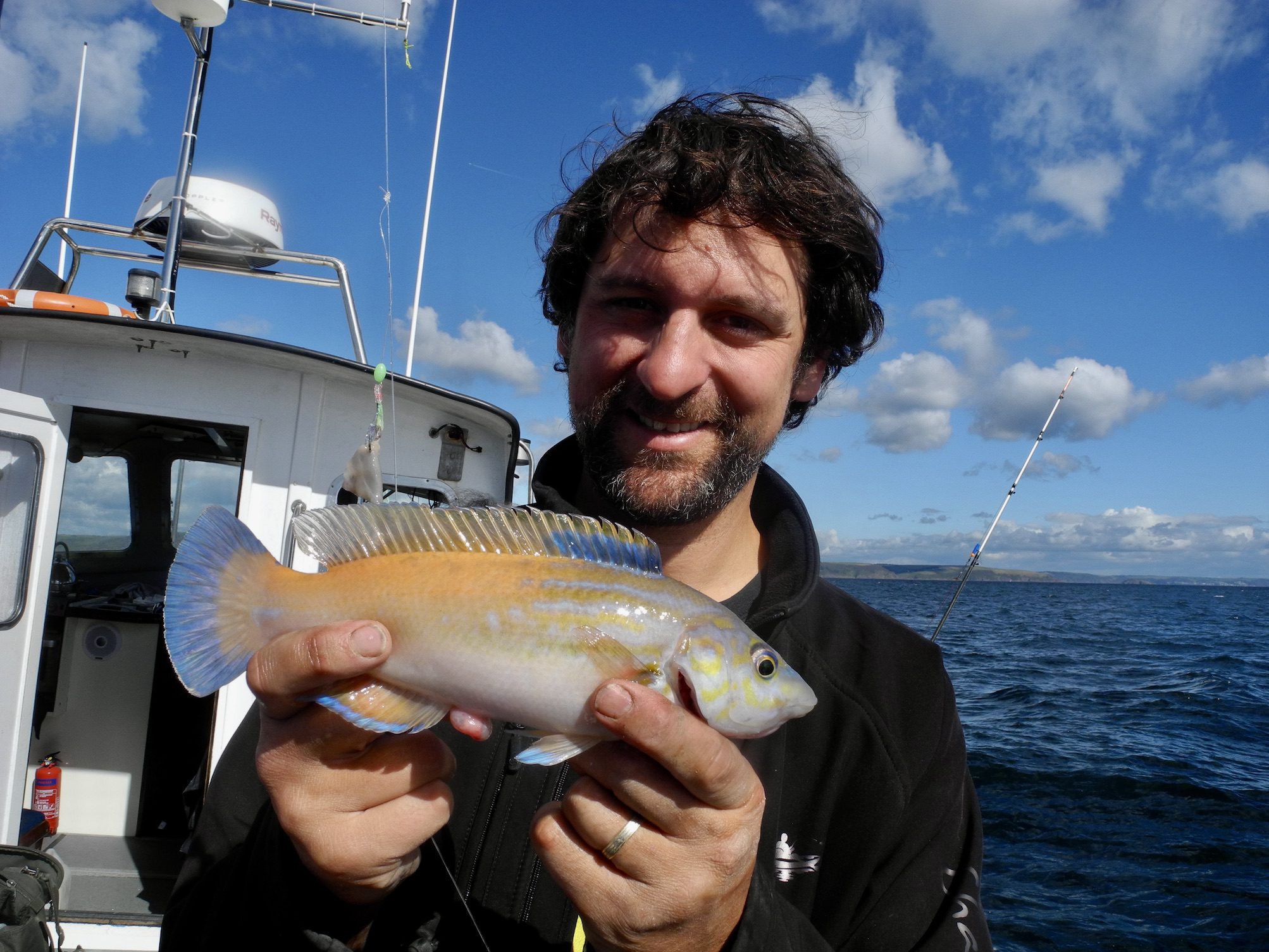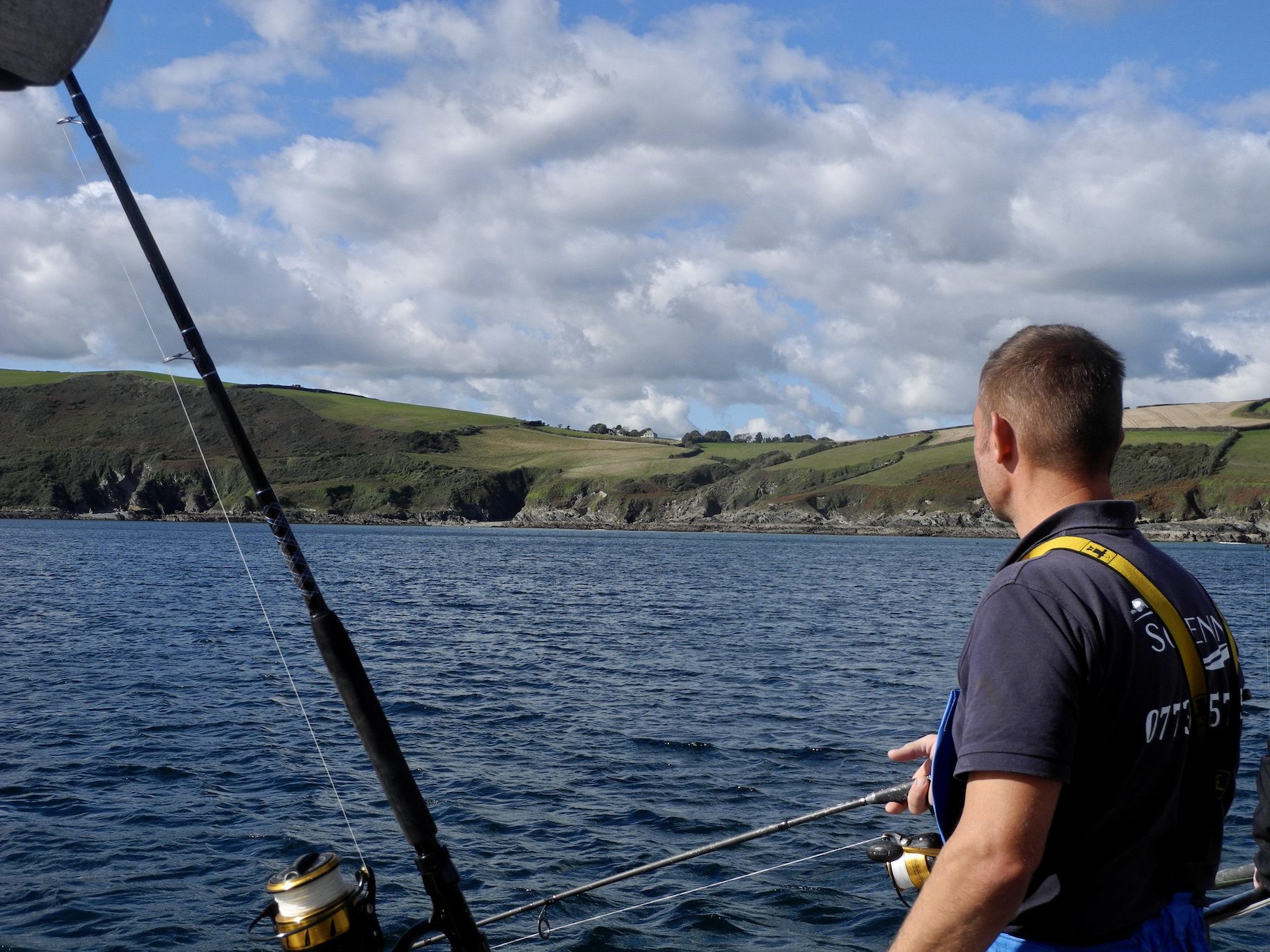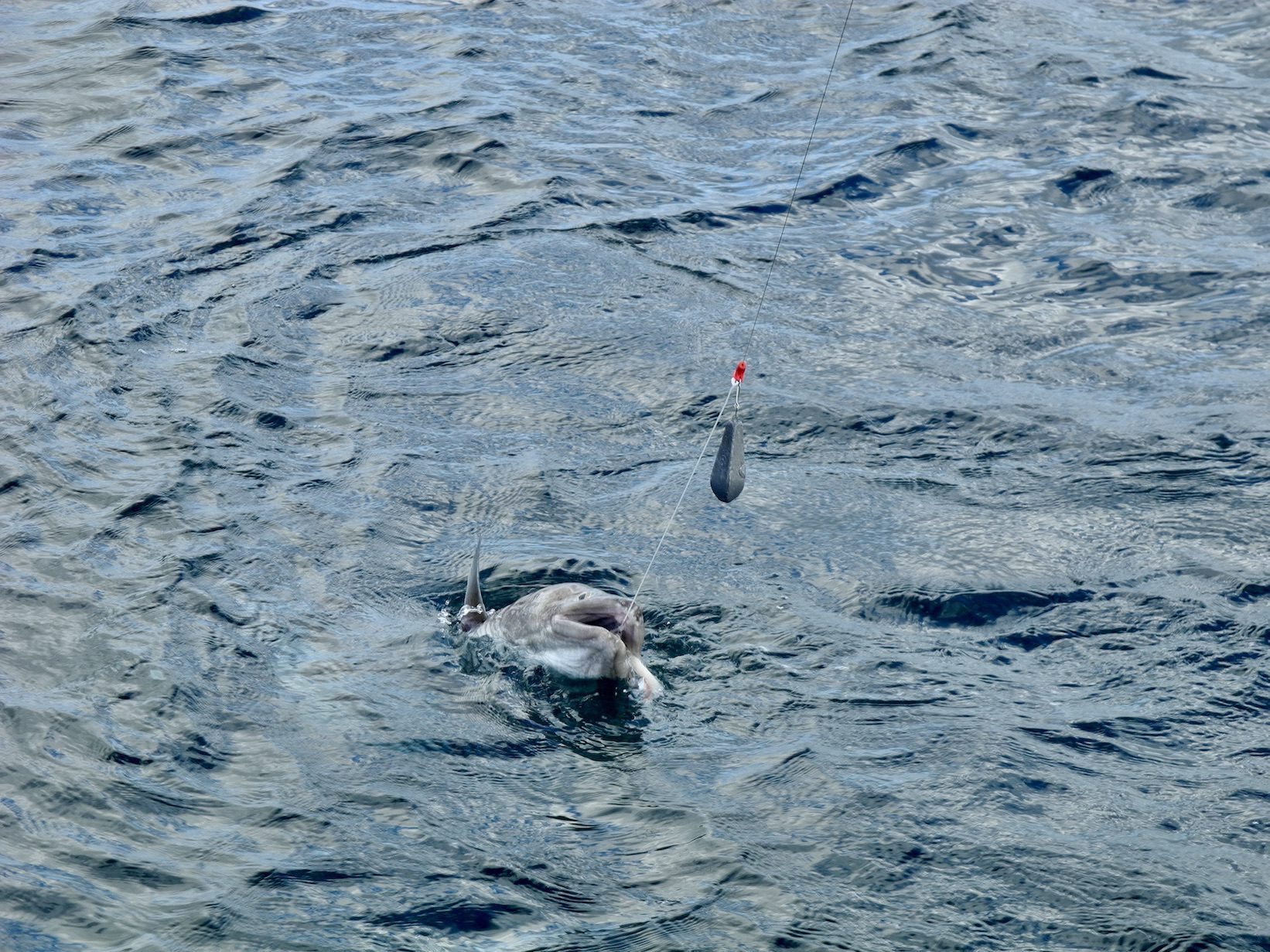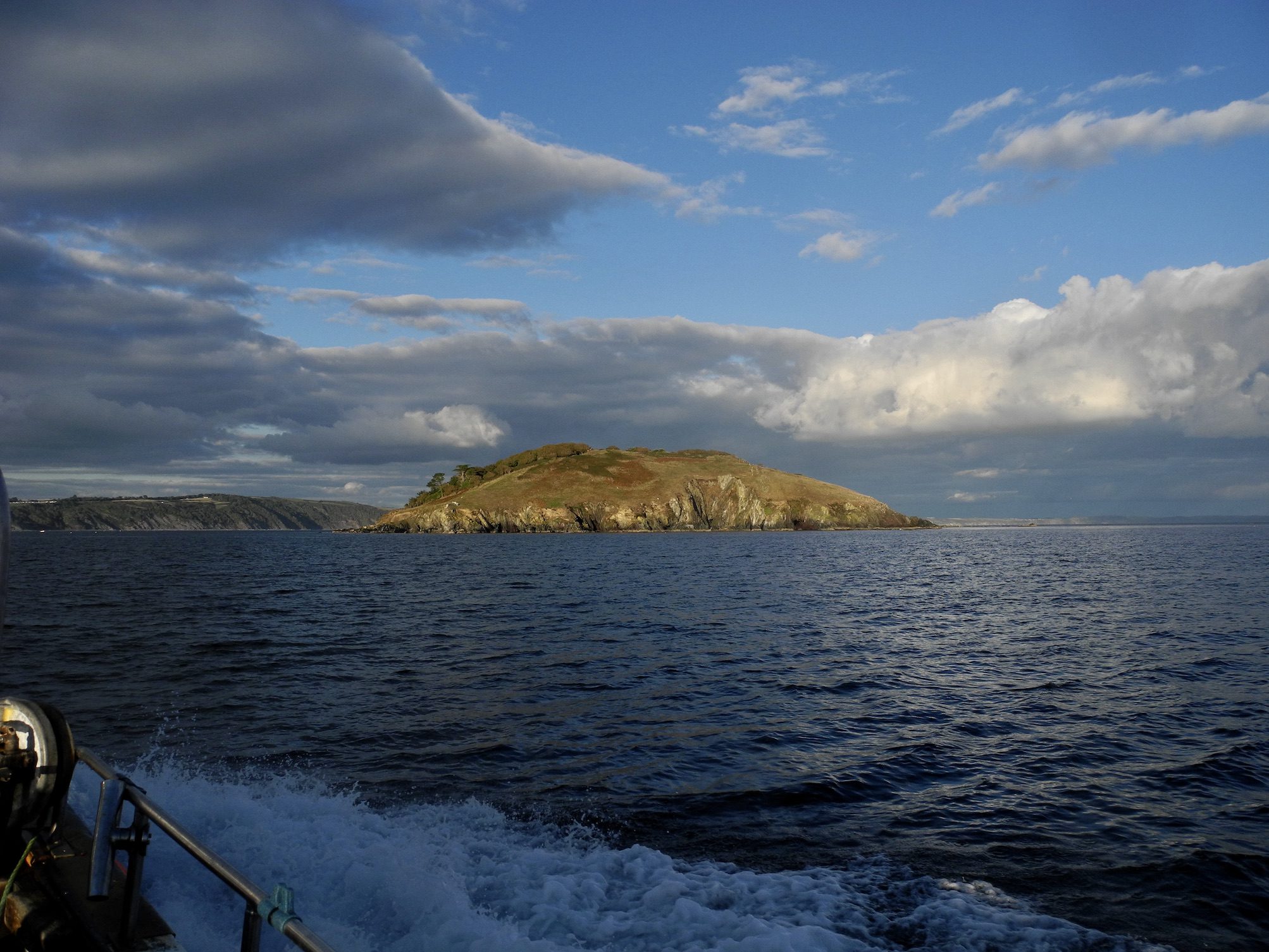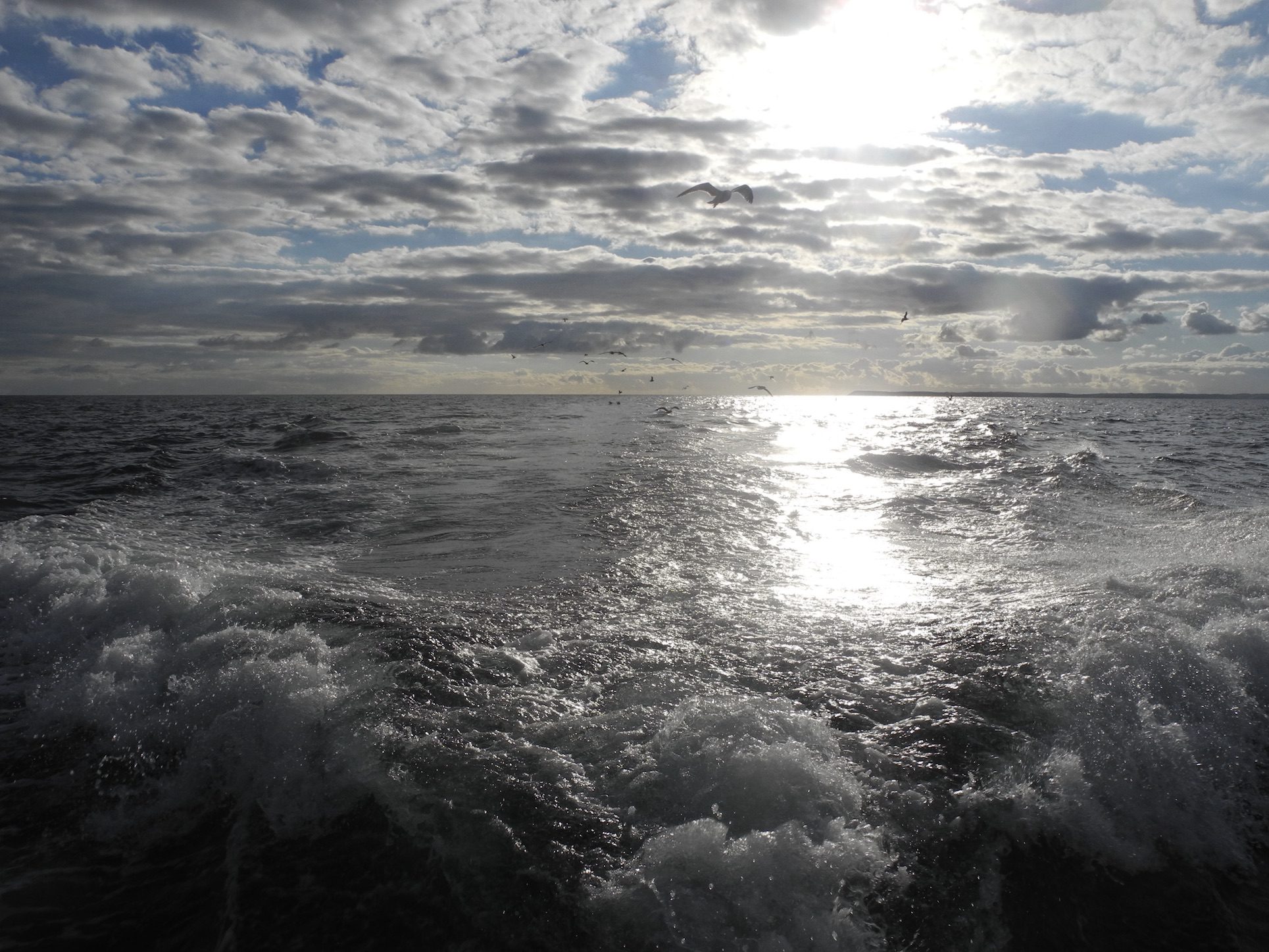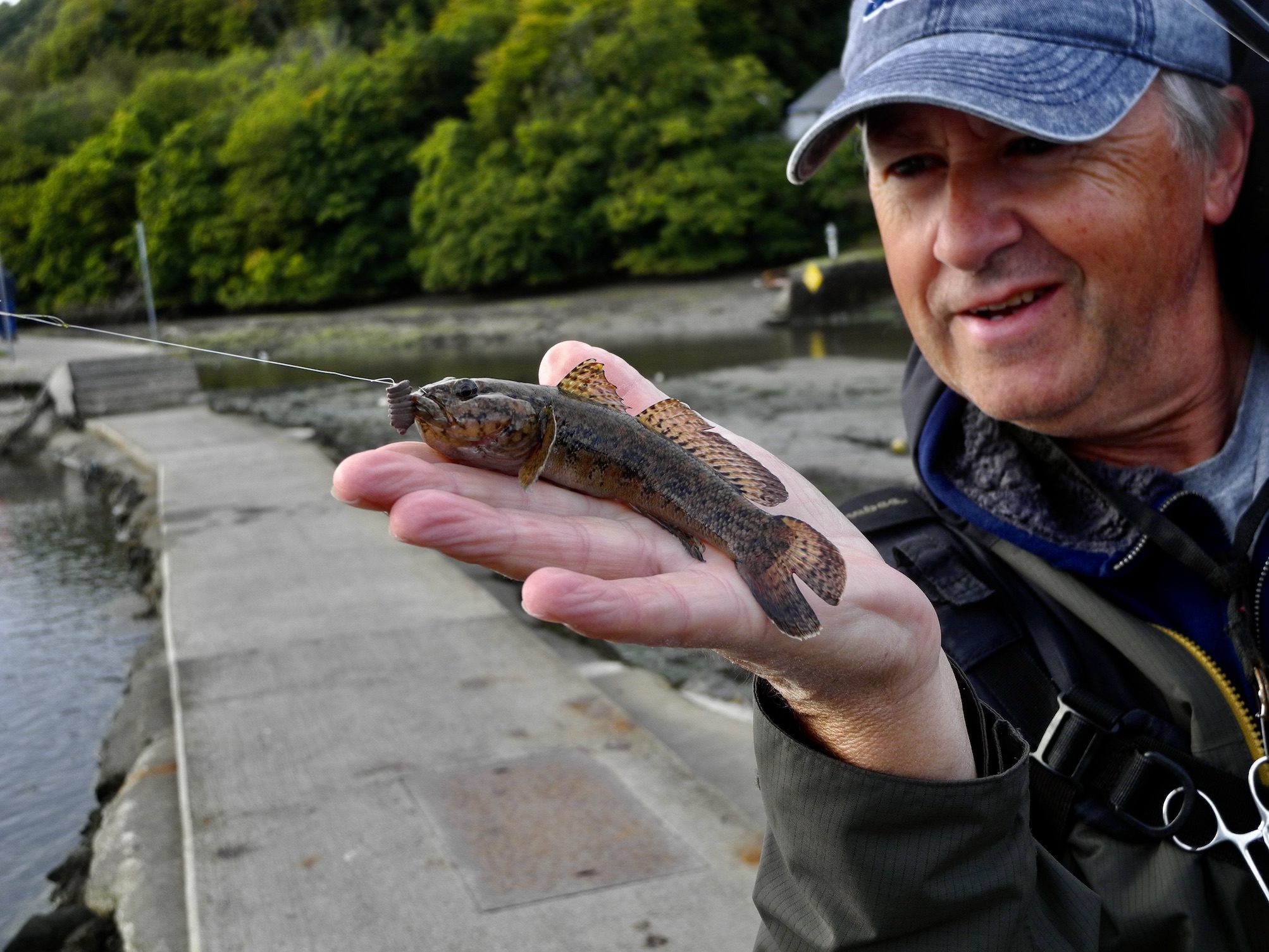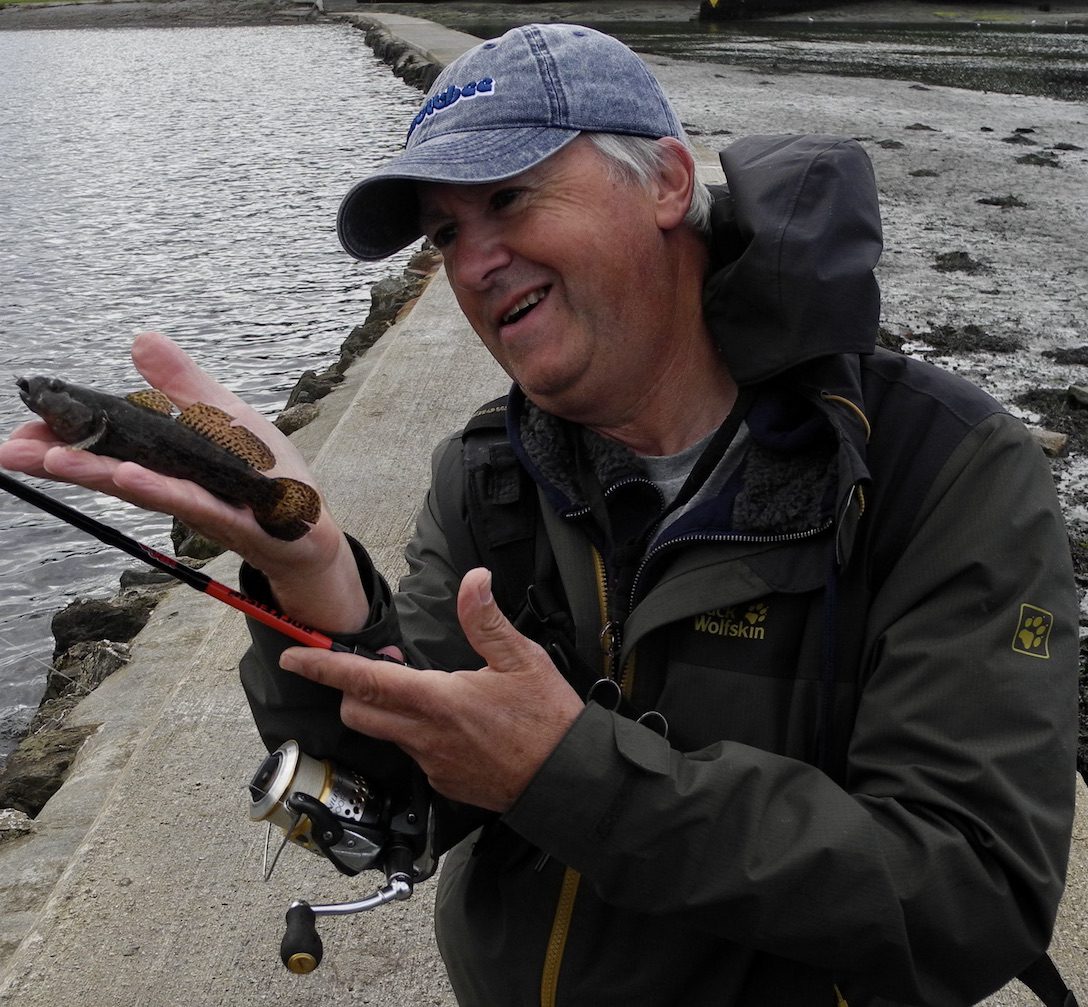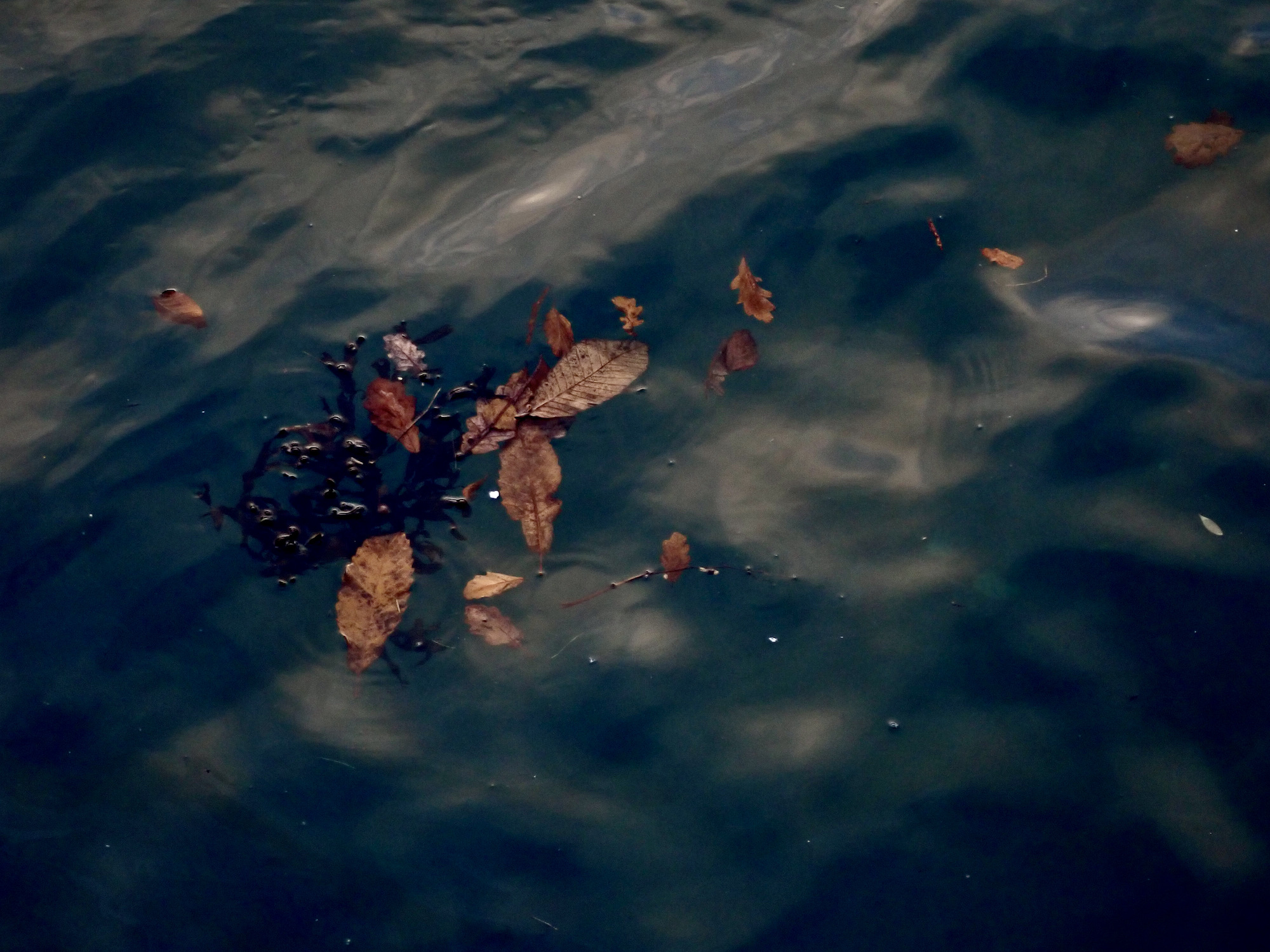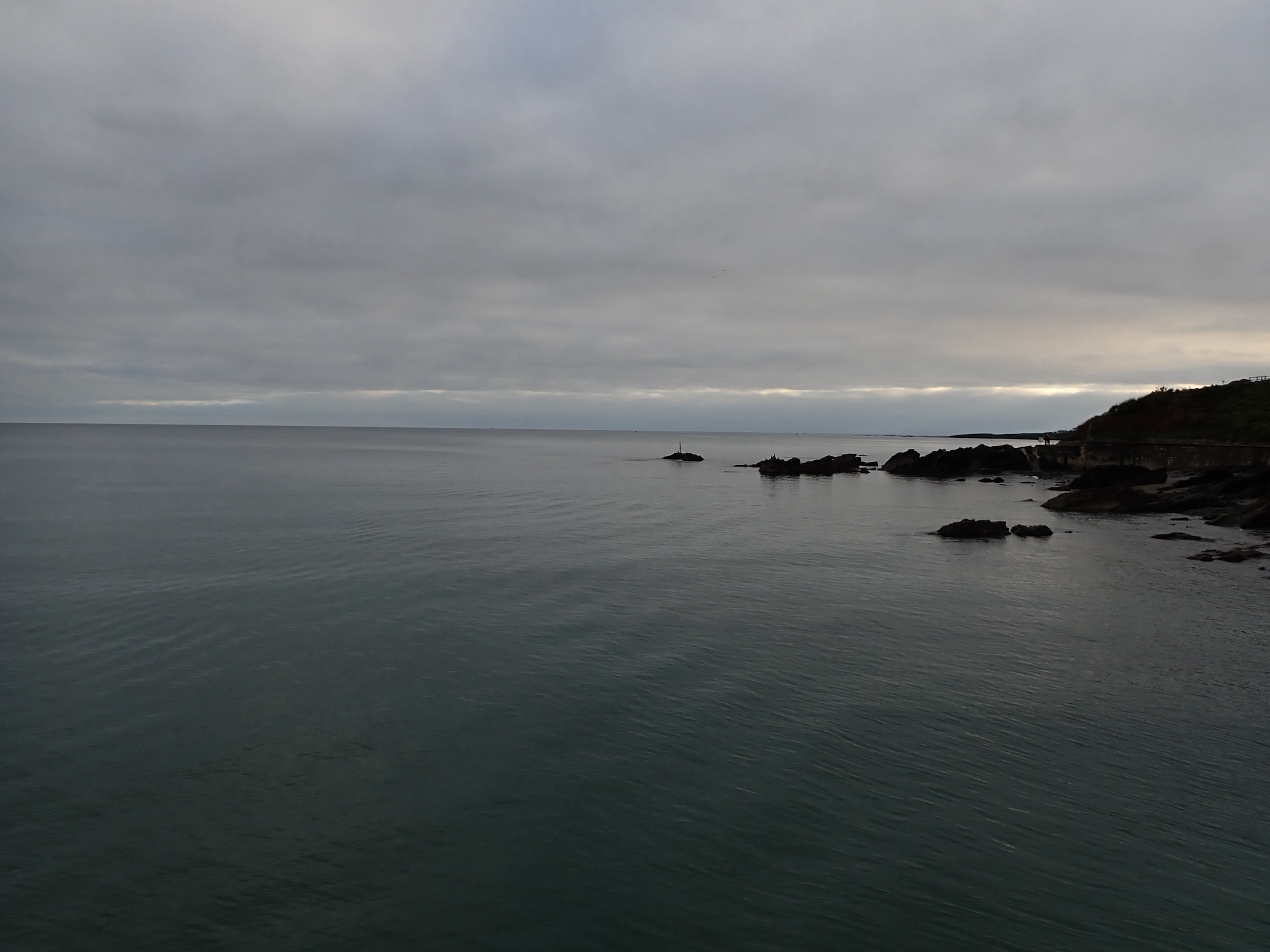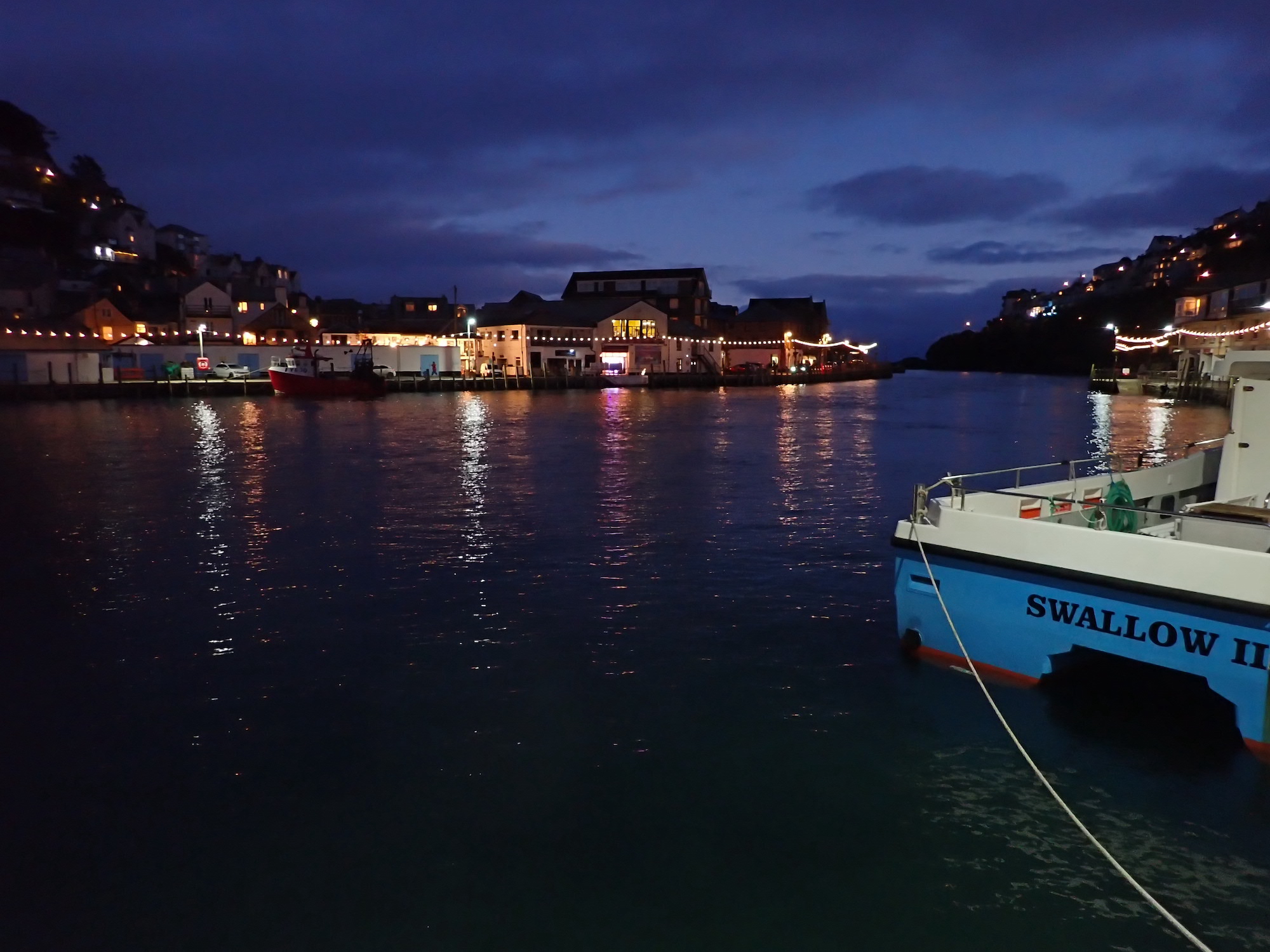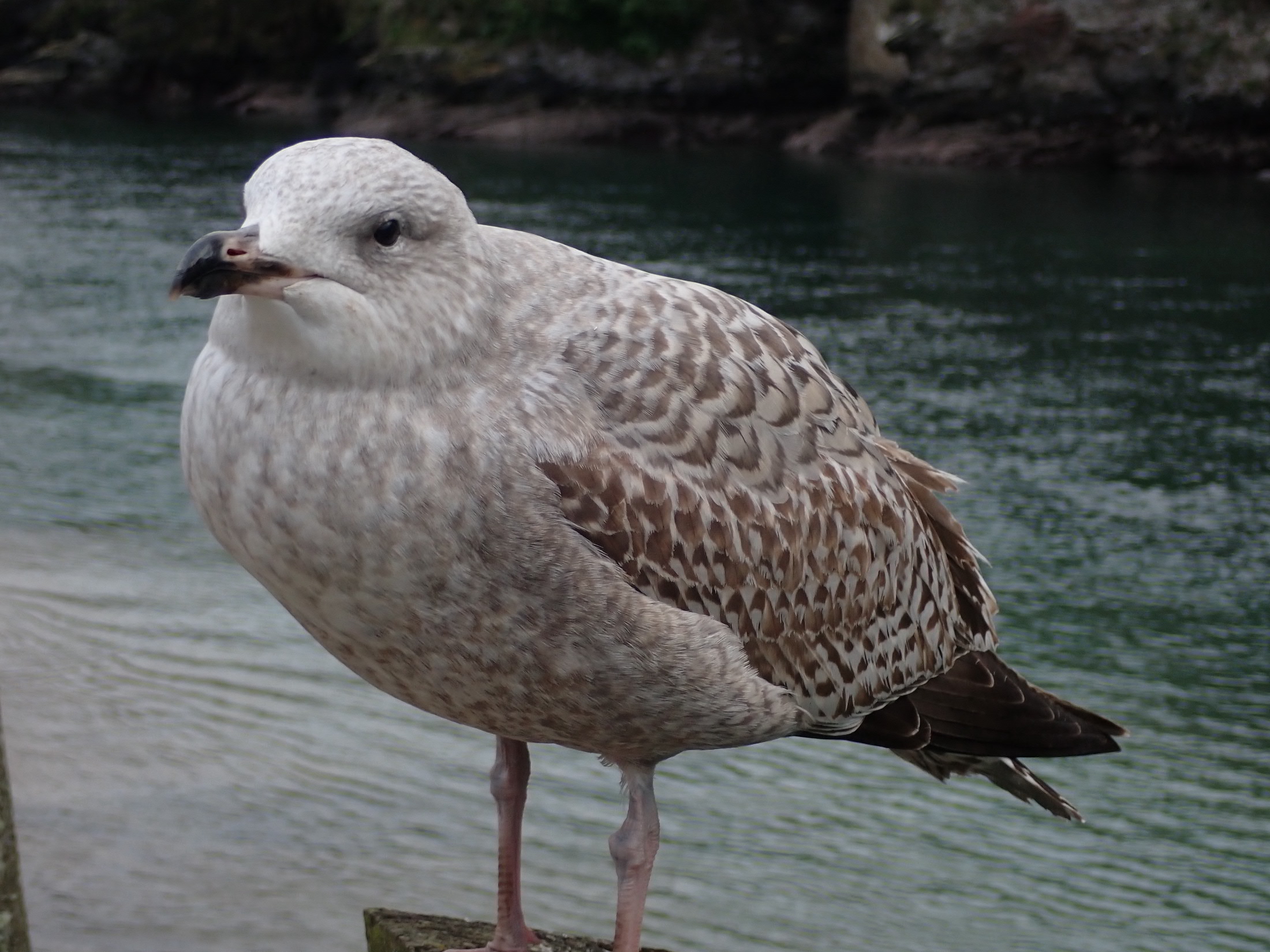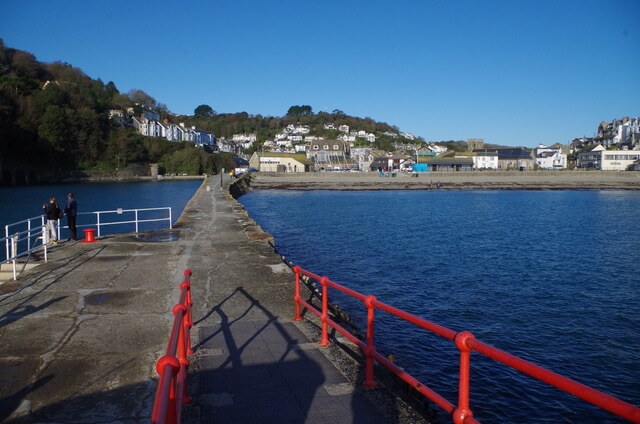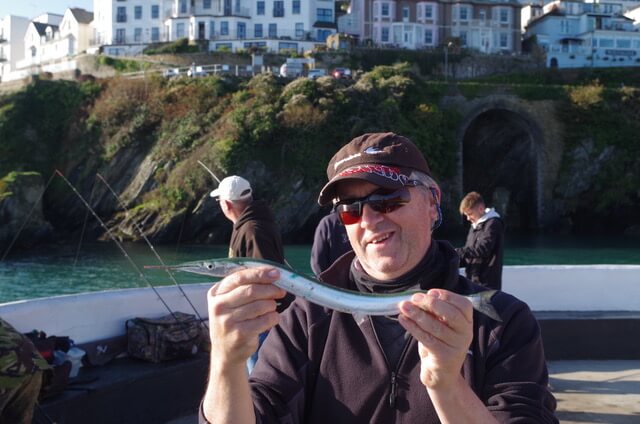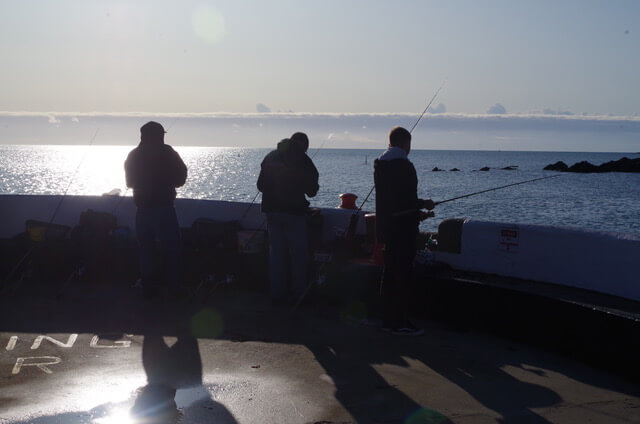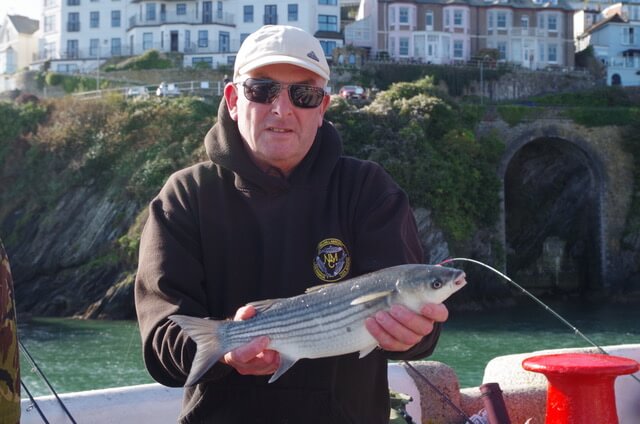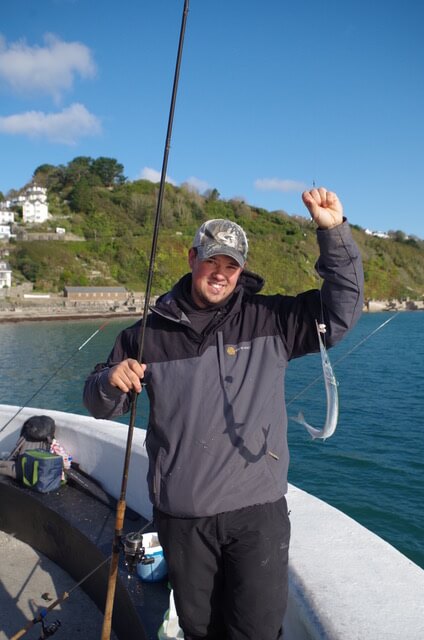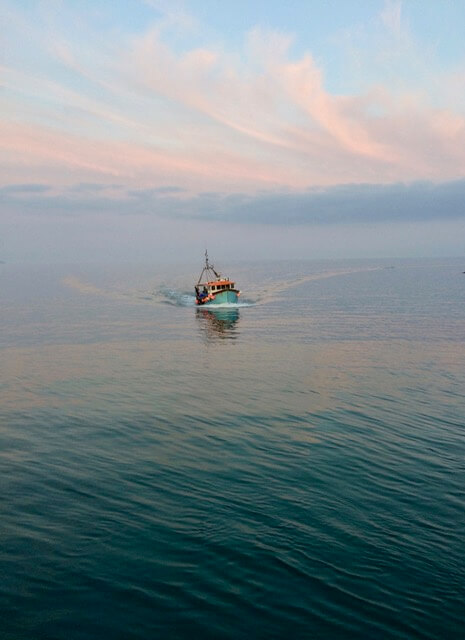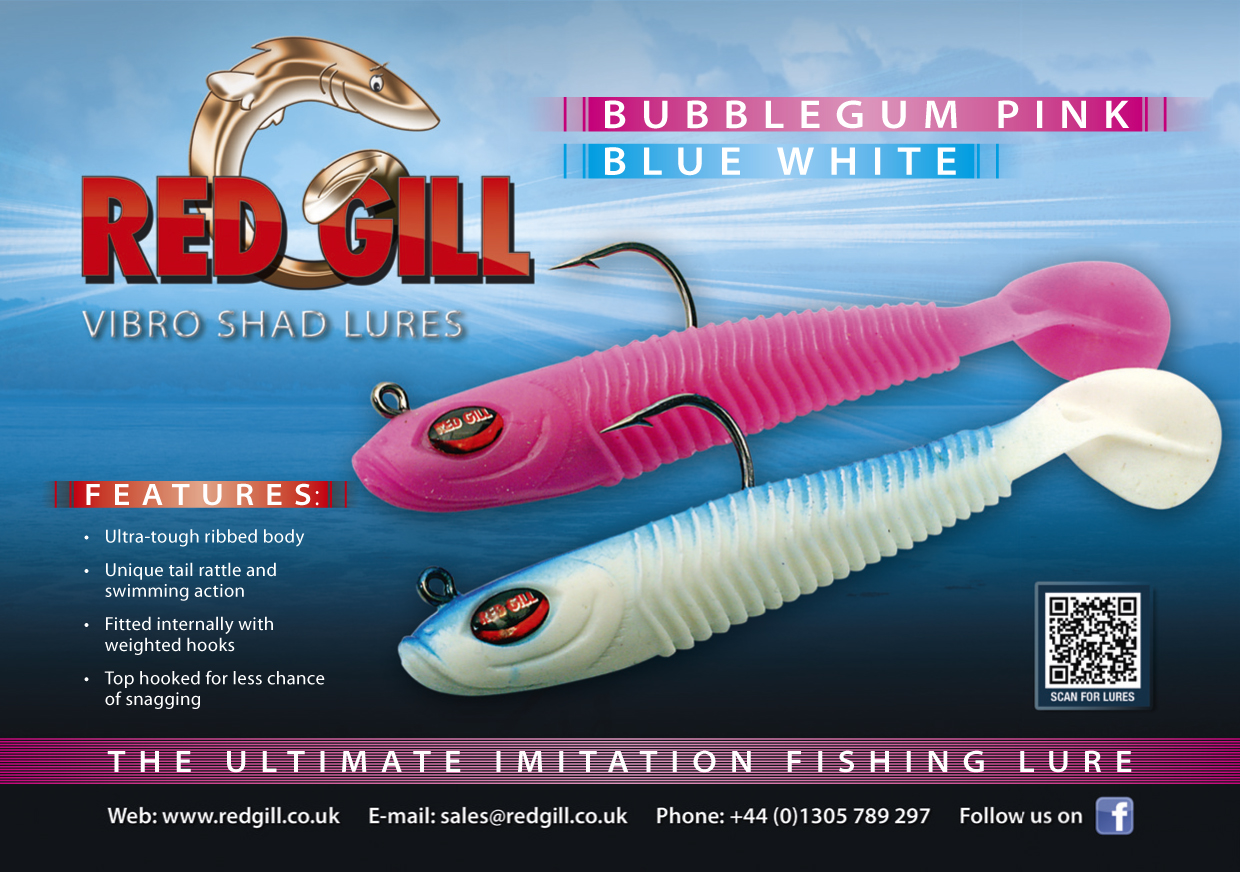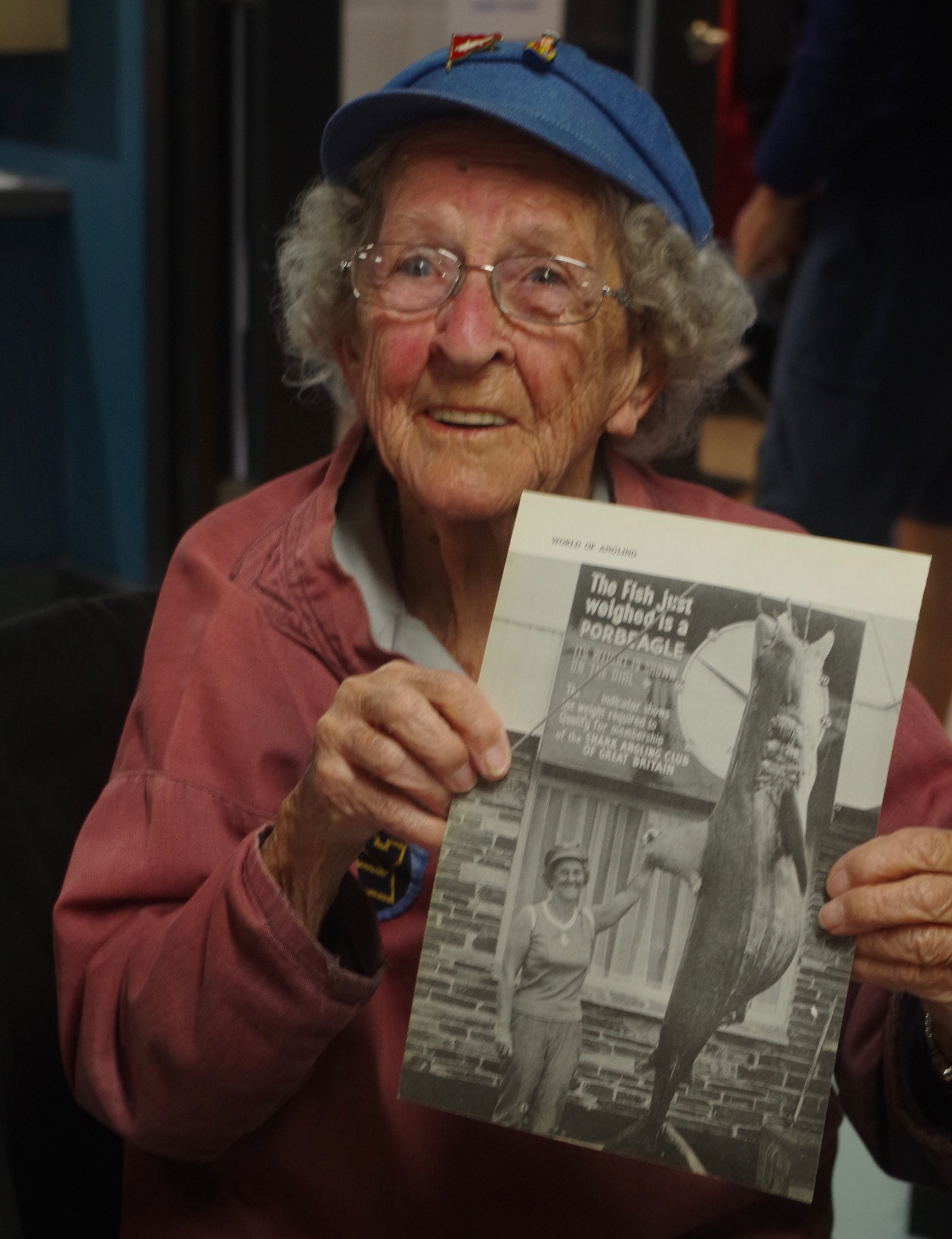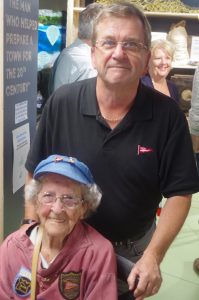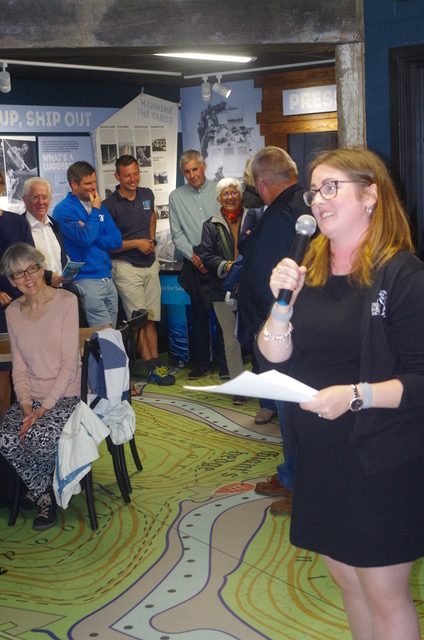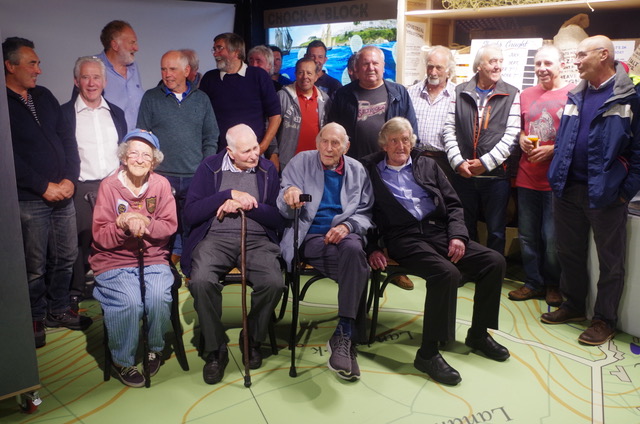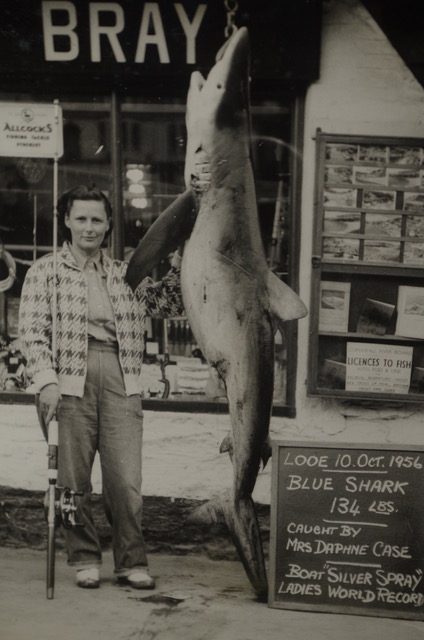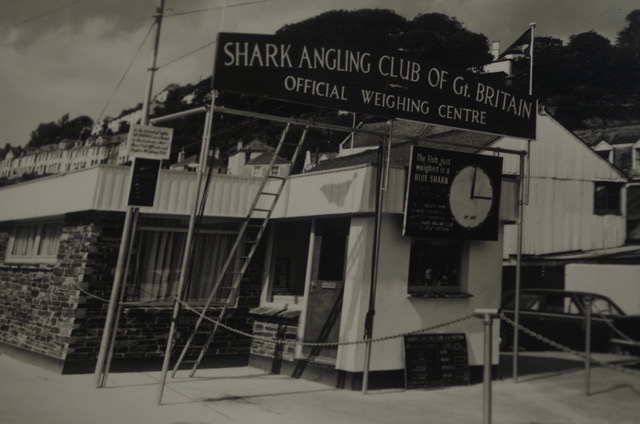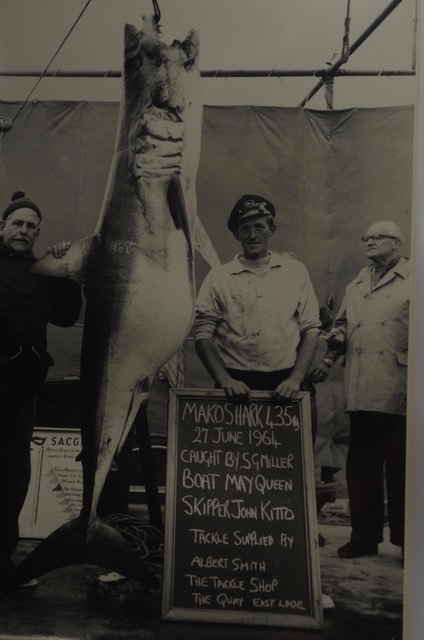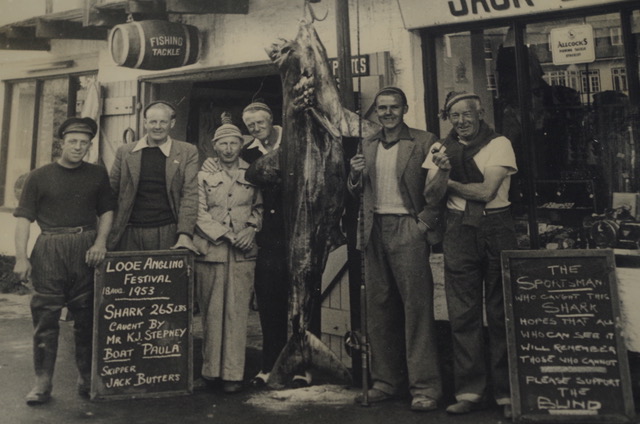Bluefin tuna are now present off the South West Coast in huge numbers during late Summer and Autumn generating a great deal of interest amongst sea anglers consequentially bringing a valuable boost to the local economy.
These immensely powerful fish were once prolific in the North Sea feasting upon the herring shoals that migrated to the area each autumn. The Yorkshire seaside town of Scarborough became the home of the British Tunny Club in 1933 and for the pre-war years became the destination for the rich and famous to battle with these leviathans fishing from rowing boats using strong tackle specially built for the purpose. There was a cessation of fishing during the war years and a revival of the sport following these dark times until the early fifties when the fishery collapsed due to the overfishing of herring.
Whilst tuna were caught off the Yorkshire coast they were also sighted off the Cornish coast and in 1936 several fish were hooked and lost. Brigadier J A L Caunter in his book Shark Angling In Great Britain records numerous sightings off Looe during the late forties.
My own interest in tunny was fuelled by books telling of this historic fishing. Tunny – The Rise and Fall of Britain’s Biggest Fish written by Chris Berry and The Glory Days of the Giant Scarborough Tunny by Mark Ross are both excellent tomes that recount those historic days of battles with giant fish. Both of these books were published in 2010 before the current revival in tunny catches.
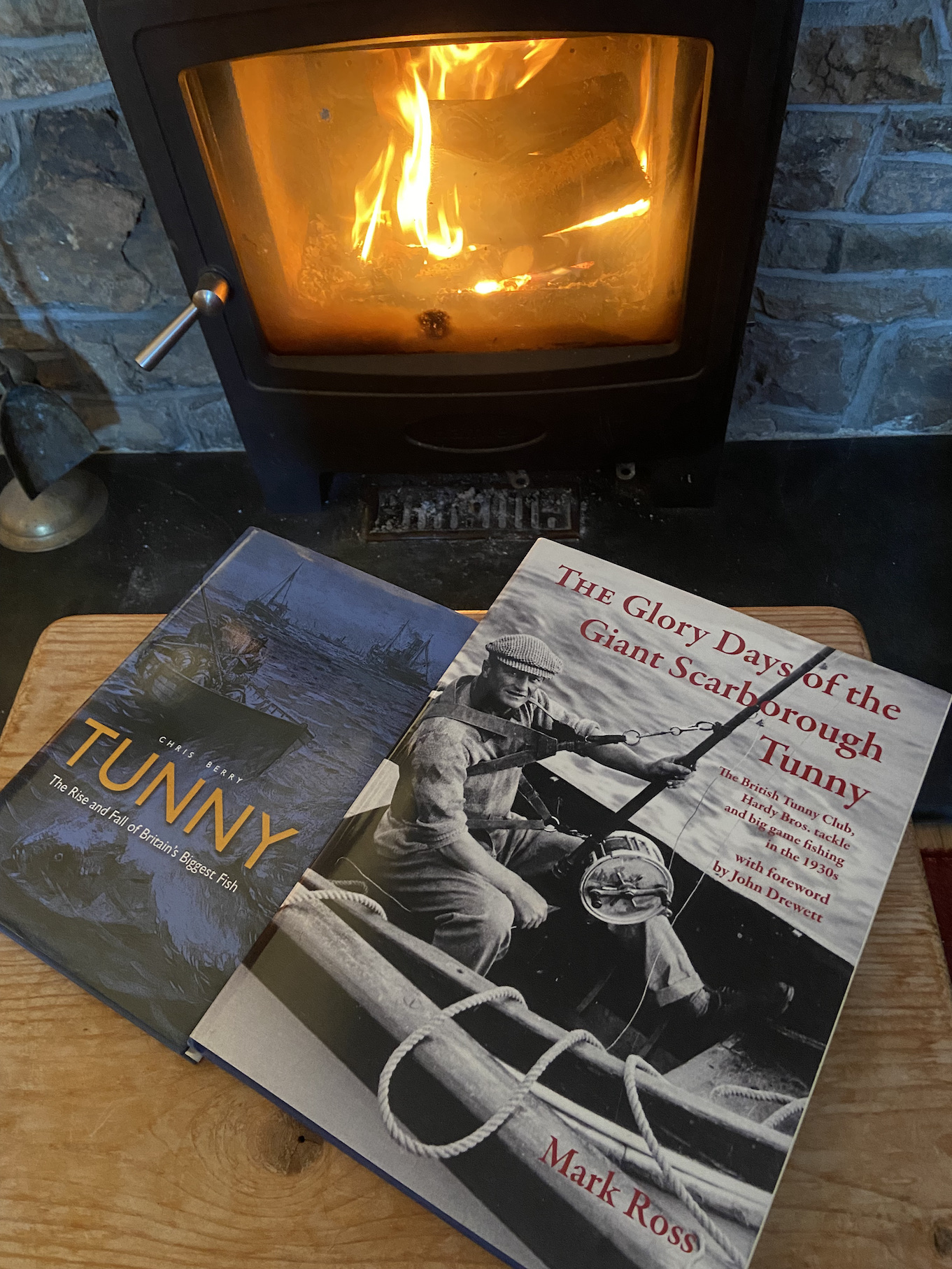
Fortunately todays anglers are wiser and all tuna are carefully revived and released at the side of the boat. Tagging of these majestic fish has provided a wealth of valuable scientific data that can be used to ensure the correct management of valuable stocks.
Today anglers targeting these fish are provided with top quality tackle and fish from well-equipped Charter boats. All the skill rests with the skipper locating the fish. All the angler does is bring the hooked fish to the side of the boat. A task that brings a sense of trepidation for these immensely powerful fish can exceed 1000lbs with 400lb plus fish relatively common.
Whilst many cite global warming as the likely reason for the tunny revival this is unlikely to be a major factor. It is more likely to be a change in the migration of food fish and conservation efforts across the globe. There are concerns at the impact of these huge shoals of tuna on stocks of bass and migrating salmon and sea trout. As an angler I relish this opportunity and hope to savour the experience of a lifetime.
Looe on the South Cornish coast is a seaside town that is very close to my heart as it was here close to sixty years ago that my angling journey started with mackerel and garfish from the Banjo Pier.
I climbed on to the Charter boat ‘Sowenna’ skippered by Dan Margetts in mid-October with four fellow anglers. Jeff Pearce, James Coggan, Rory Nugent and Bruce Elston. We were fortunate to be getting out to sea; for the previous day had seen named Storm Ashley sweep up across the UK with winds to over 60mph. Whilst a residual swell remained winds were light and from the South West with sunshine promised for later in the day.
The tuna fishing had been exceptionally good prior to the storm and we hoped that the strong winds hadn’t broken up the bait fish shoals and the hunting tuna.
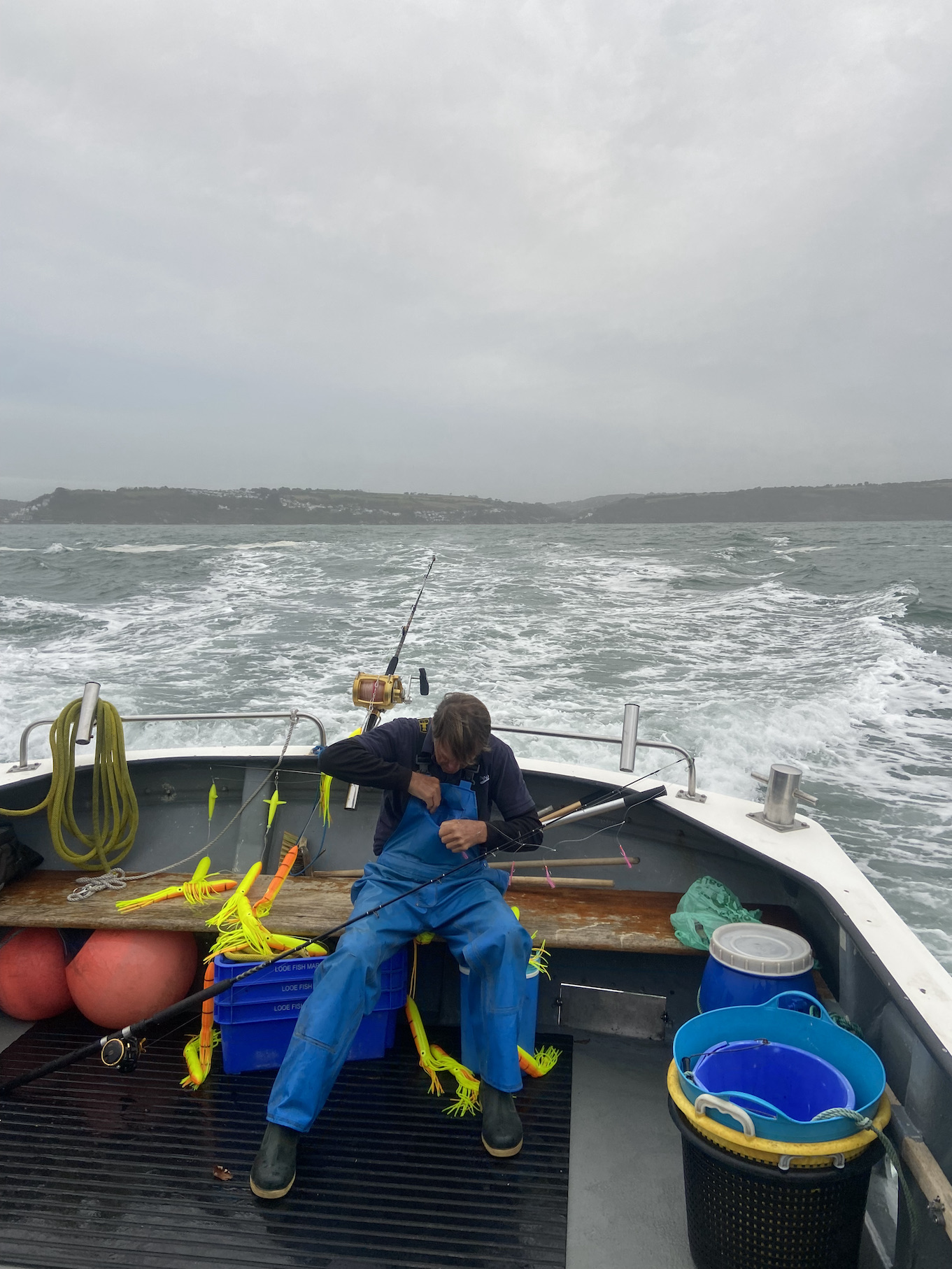
A moderate swell was rolling shoreward as we headed out anticipating an angling adventure. Never having caught a tuna before there was a touch of trepidation. Would I be physically able to deal with such a powerful fish? I had seen two caught on previous trips and knew that these were seriously strong testers of both angler and tackle.
I watched the horizon and spotted a large gathering of active birds. I immediately alerted skipper Dan and John Mc Master and we steamed optimistically towards the activity.
Beneath the swooping melee of birds the surface was disturbed as tuna smashed into shoals of bait fish.
The trolling gear was sent astern spreaders of bright lures with a stinger in their midst. We drew numbers to see who would be first. Jeff pulled 1, Bruce 2, myself 3, Rory 4 and James 5.
Tuna broke the surface tantalisingly close as birds continued to swoop and dive into the water. After a while the shoal dispersed and both hunters and hunted disappeared.
Dan suggested we head West to an area that had been proving productive over recent weeks. The skippers all work together sharing knowledge for there is a common desire to see this fishery prosper and as the fish are I believe generally nomadic there are no hotspots as such.
After steaming for ten miles or so we again spotted active birds and tuna along with a pod of dolphins.
Again the gear was sent astern and the steady troll resumed. Tuna broke the surface on a regular basis all around the boat.
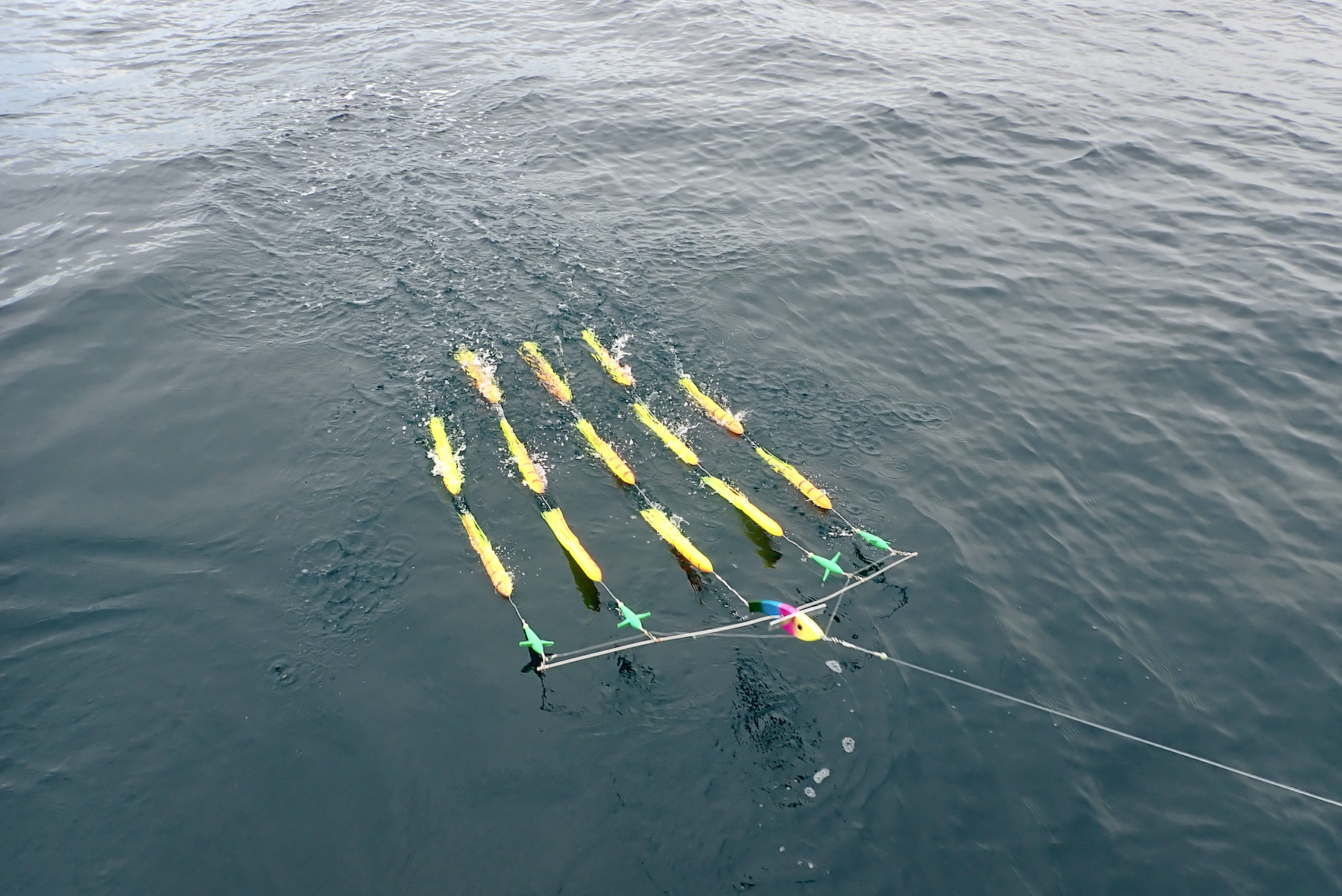
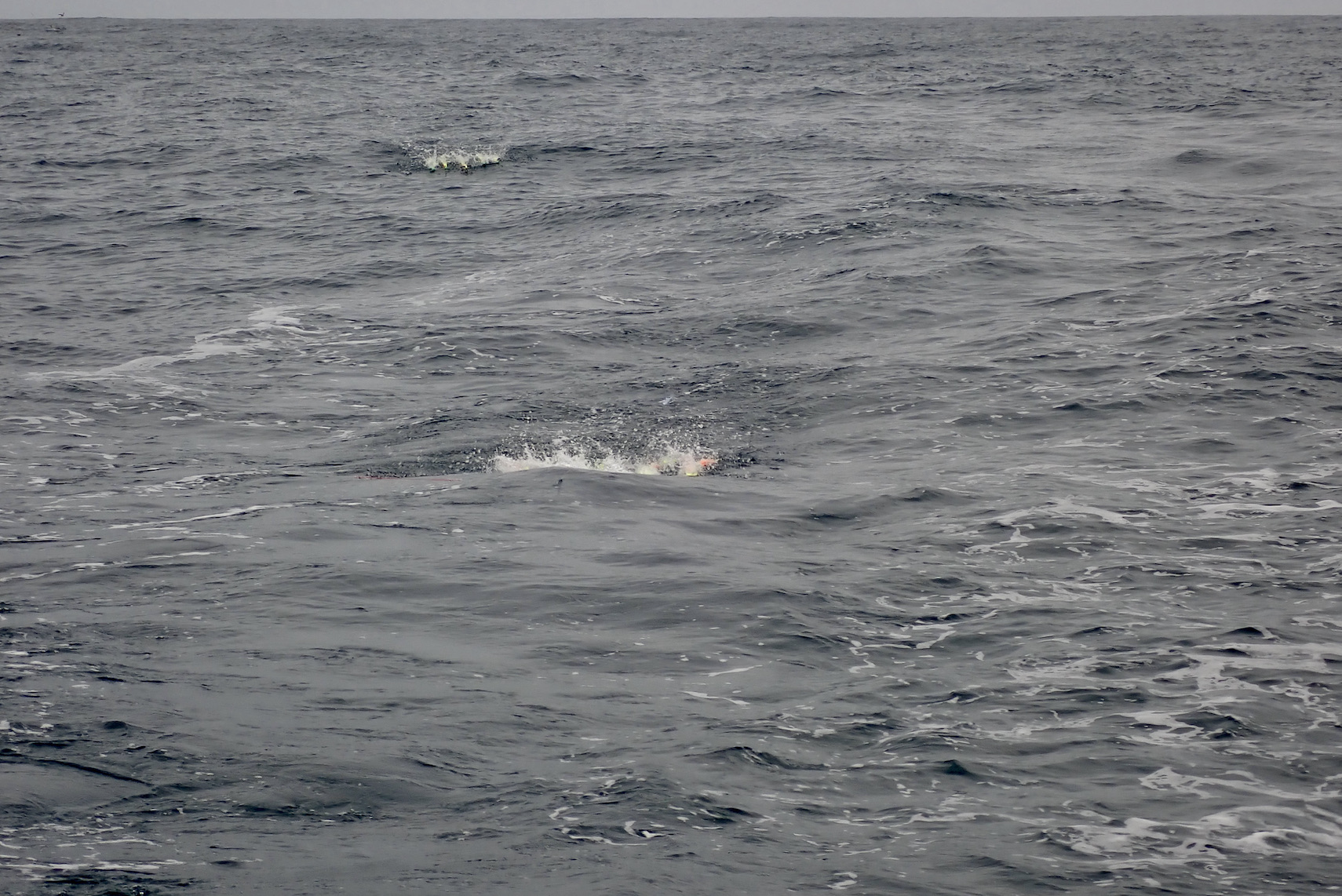
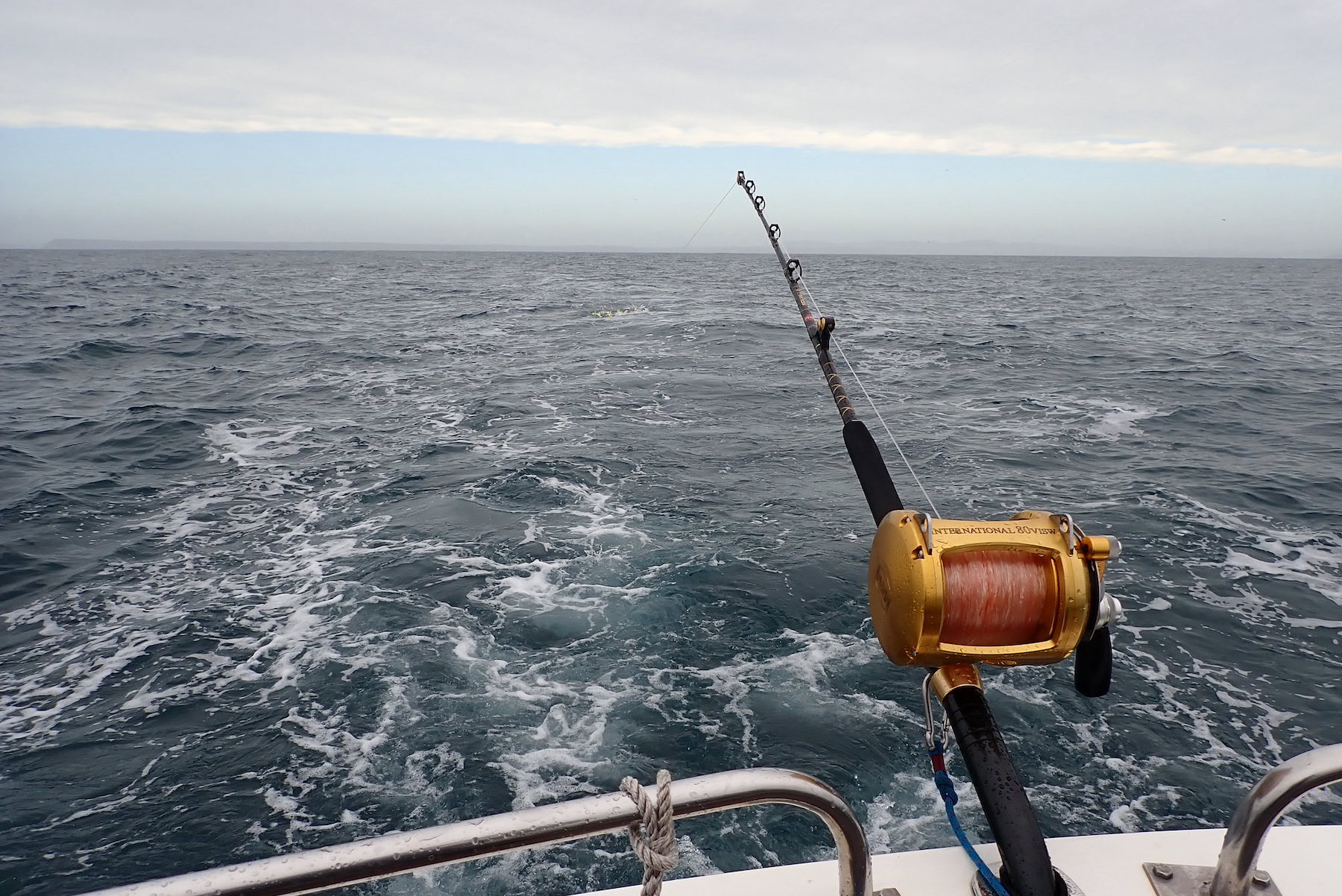
We chatted, waiting in anticipation, Dan provided tea and coffee at regular intervals. Gulls, storm petrels, a lone skua and gannets filled the sky.
The tuna were here in numbers and from time to time a huge fish would crash out of the water its sides glistening in the sunlight before crashing back into the calming sea.
Suddenly a screaming reel set off cries of “tuna !”
Jeff who was harnessed and ready stood beside the screaming reel waiting for the first run to slow and for the other rods to be cleared ready for the battle ahead.
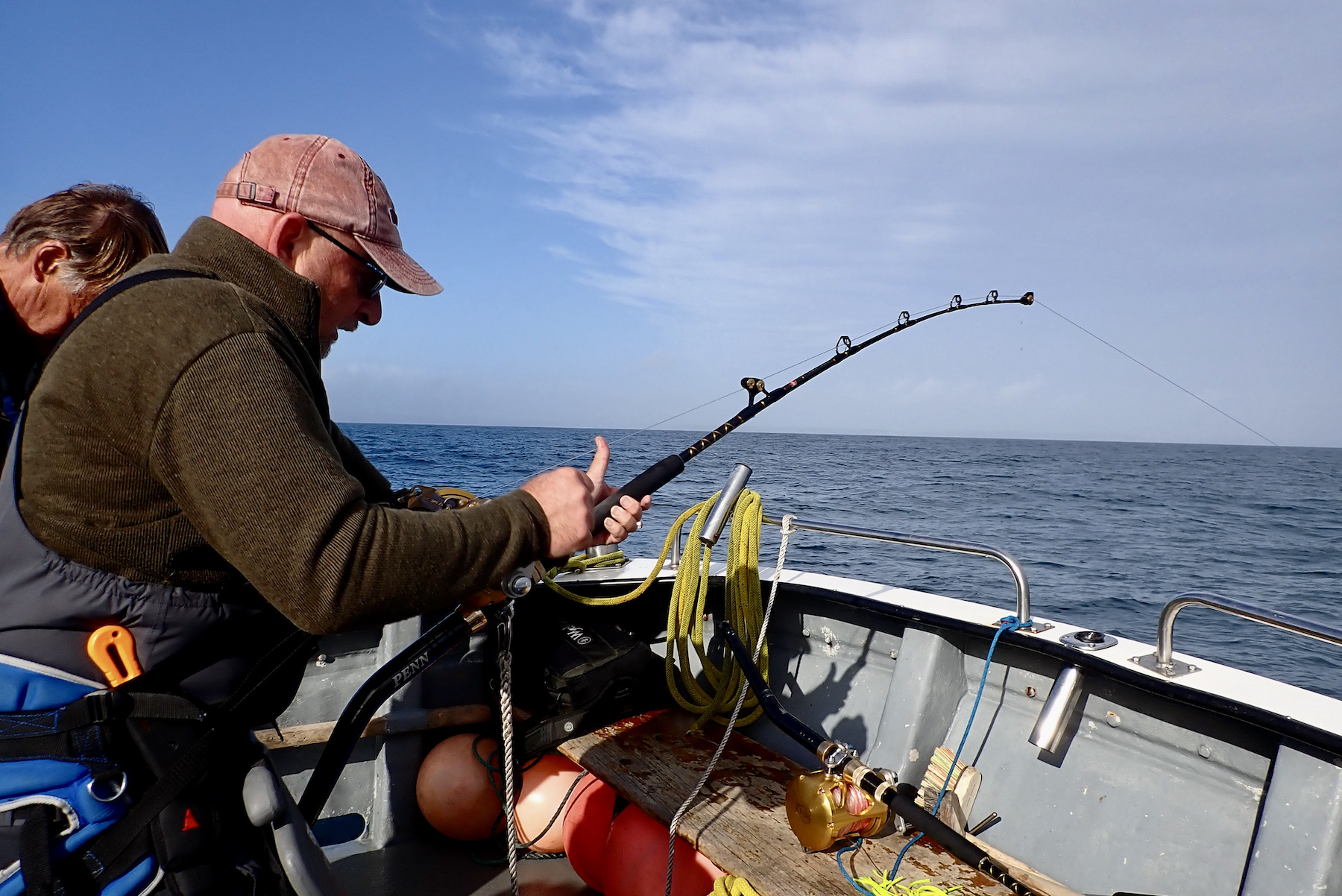
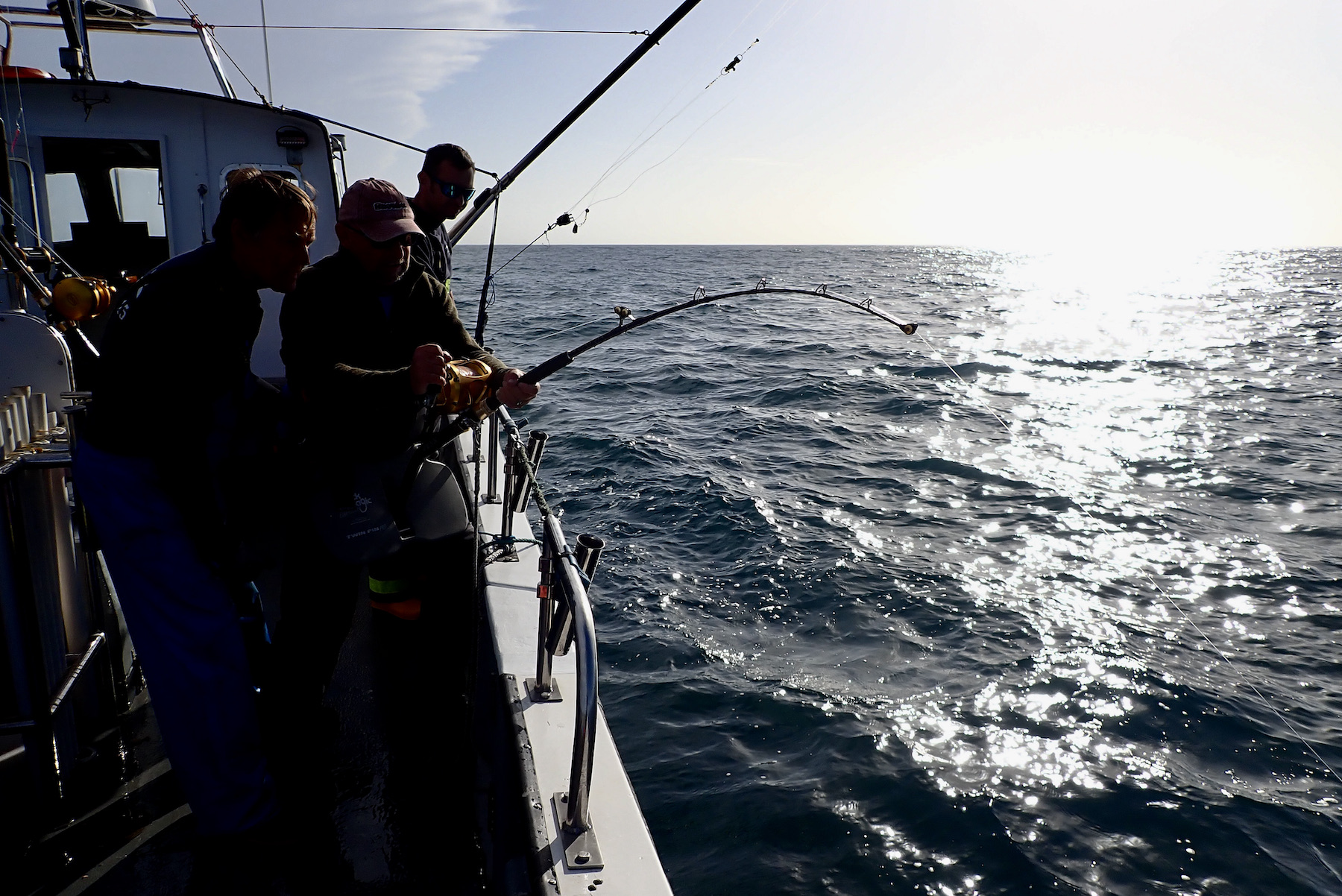
We all watched excitedly giving Jeff encouragement as he took the rod and commenced battle. Half an hour or so later the tuna was boat side and Dan grabbed the leader signifying that the battle was won. Sadly the fish detached itself at this point and Jeff did not get a picture.
It was Bruce’s turn next and we had to wait another couple of hours for the next fish. This was Bruce’s first tuna and he played the fish with determination savouring every moment.
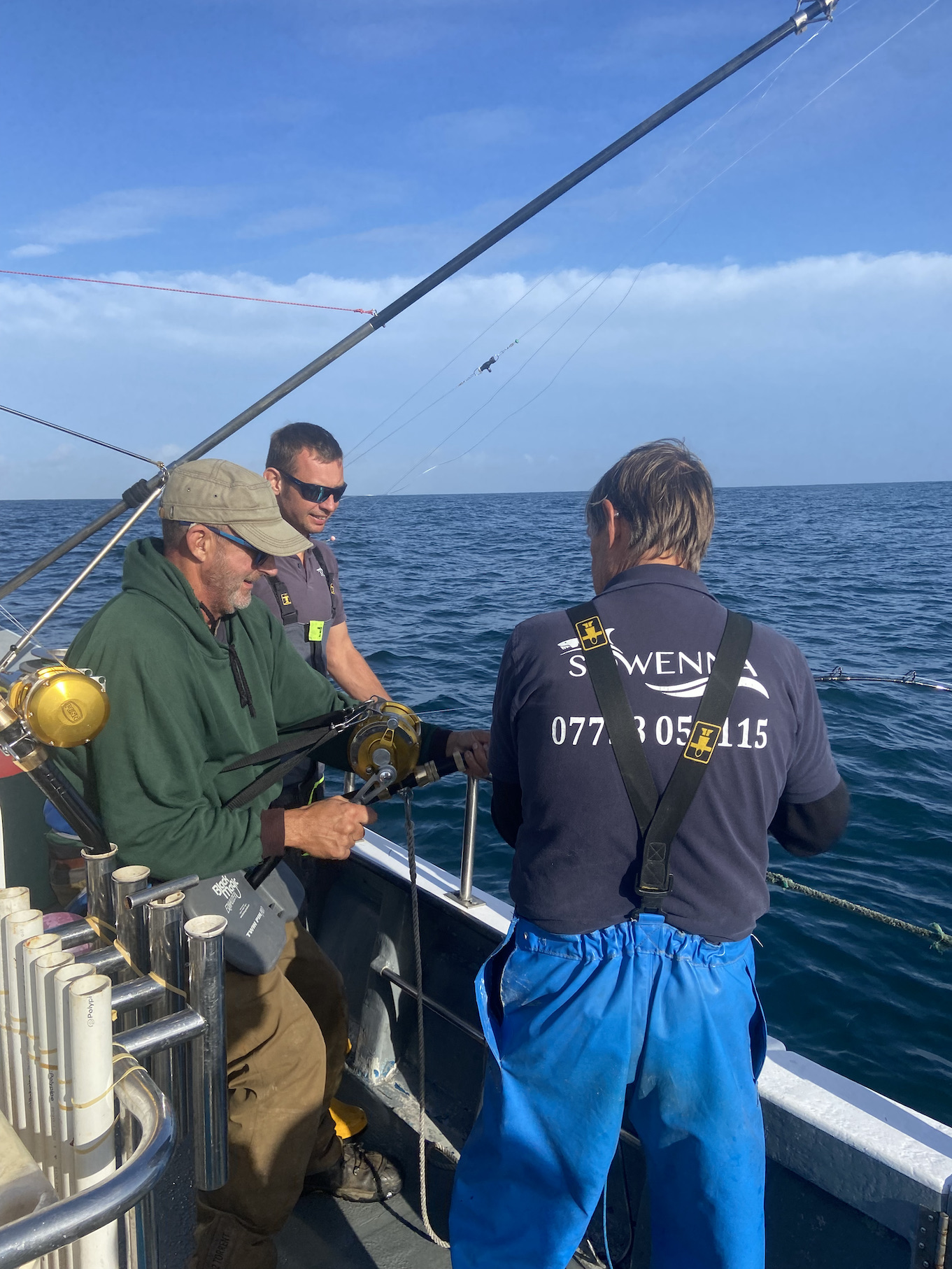
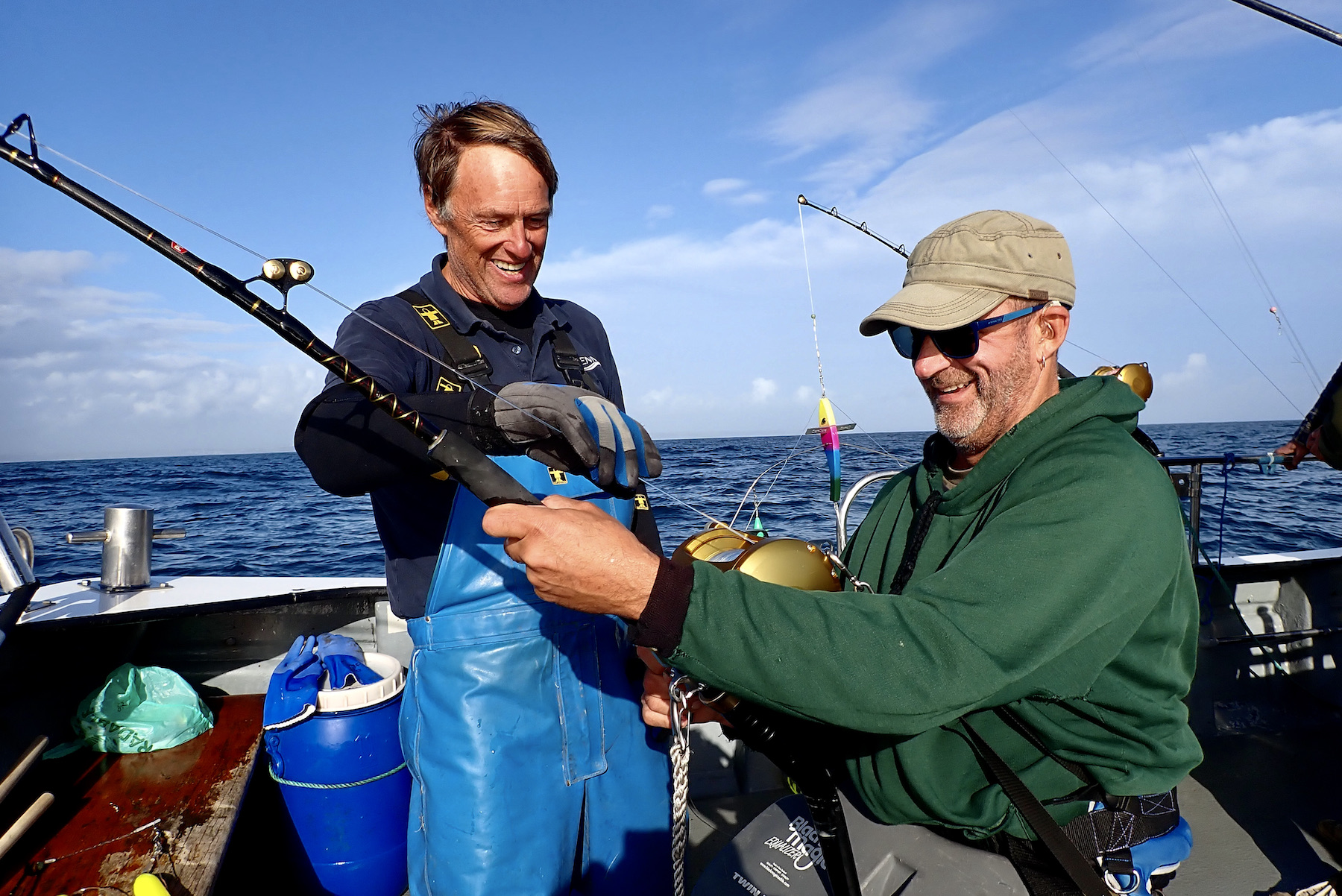
The tuna was eventually brought boat side where it drenched us all as its powerful tail thrashed the water to foam. The tuna was estimated at 160lb its flanks of silver, emerald and gun metal grey a sight to behold. We admired its beauty as the fish was allowed to recover whilst we captured valuable images of the triumphant moment to store in life’s memory trove.
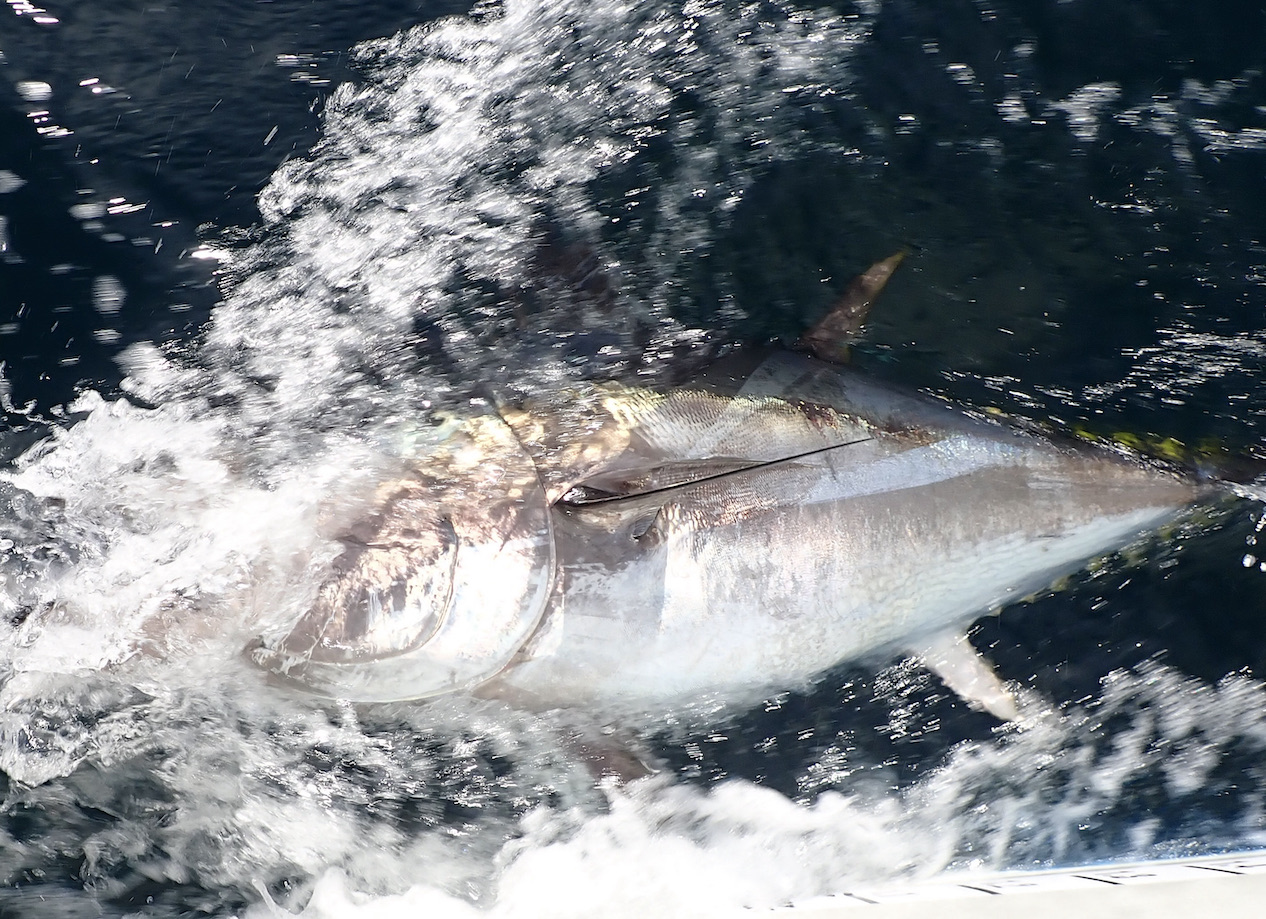
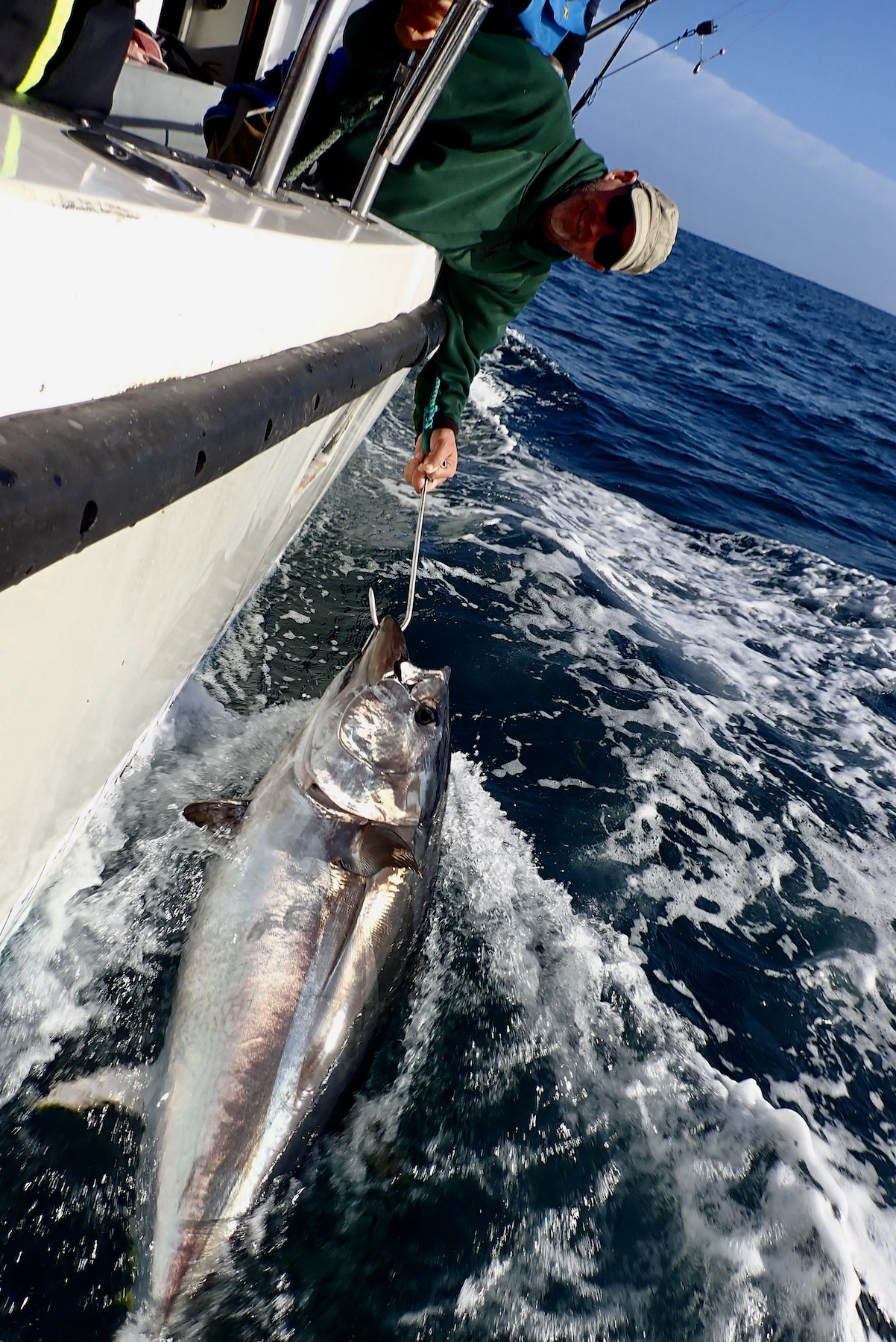
It was my turn next and I waited with mixed emotions. The sky was now a vivid blue the sun slowly sinking illuminating the vast seascape as the day ebbed away. Activity had by now eased the tuna and their prey had moved off. Pessimism was starting to battle with my expectation.
A half a mile or so closer to the shore we again spotted a large gathering of birds. John and Dan scanned the horizon with binoculars and we once again set off for a fresh area.
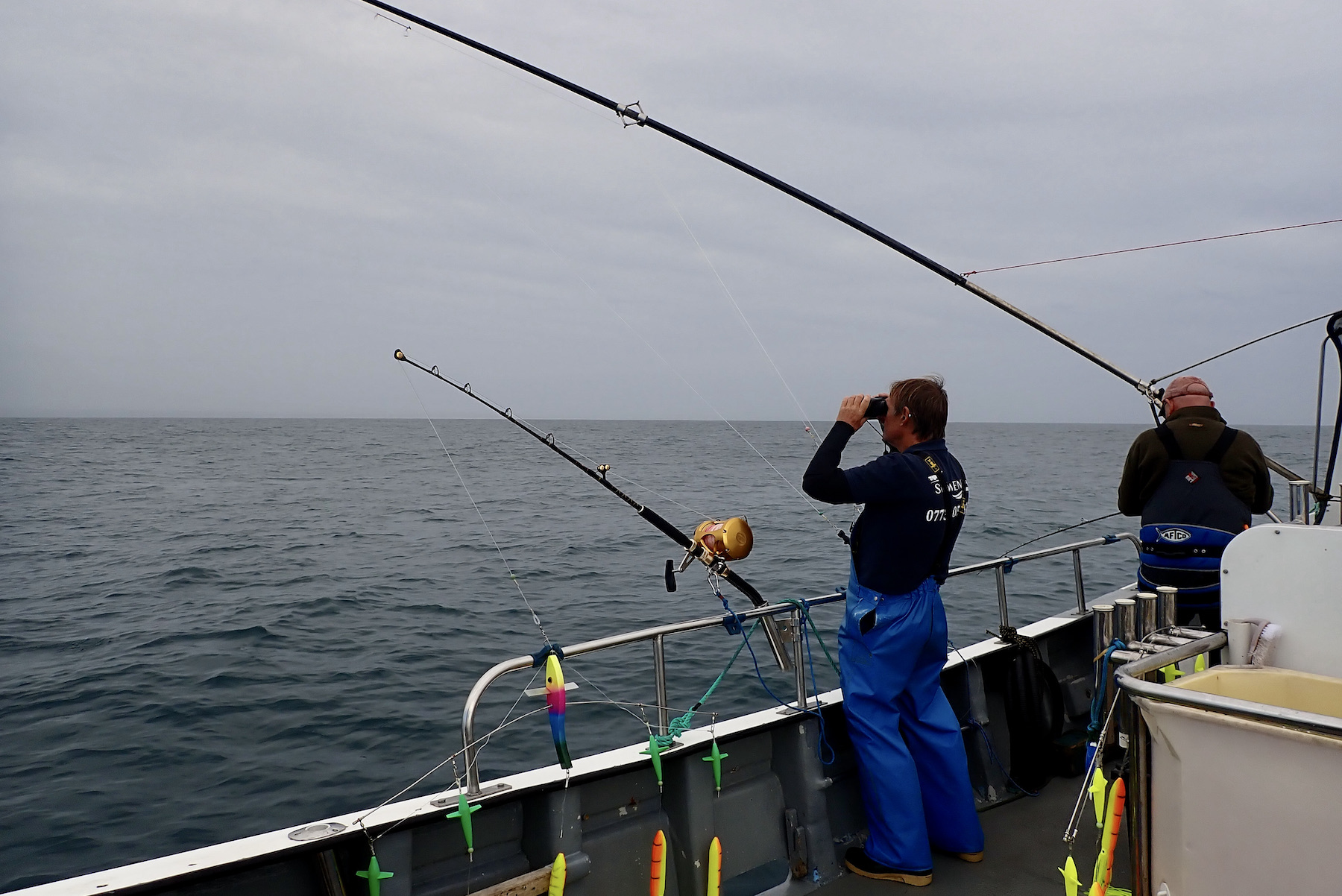
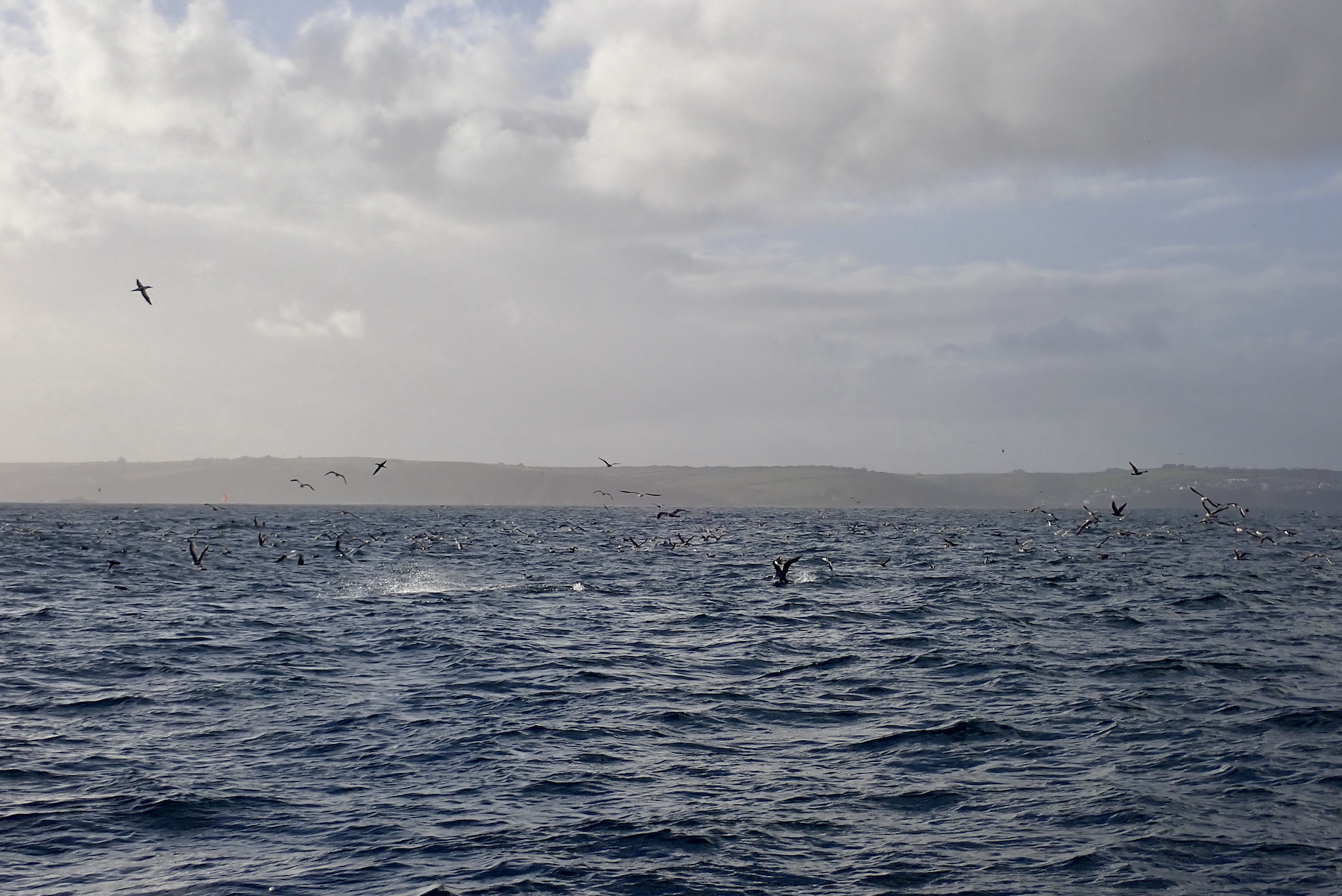
Gannets dived into the sea, gulls and other birds swooped in a feeding frenzy. Tuna broke the surface and the lures trailed through the feeding tuna to no avail.
Time was ticking, Dan really wanted to get me a tuna waiting and persevering with dogged determination and belief.
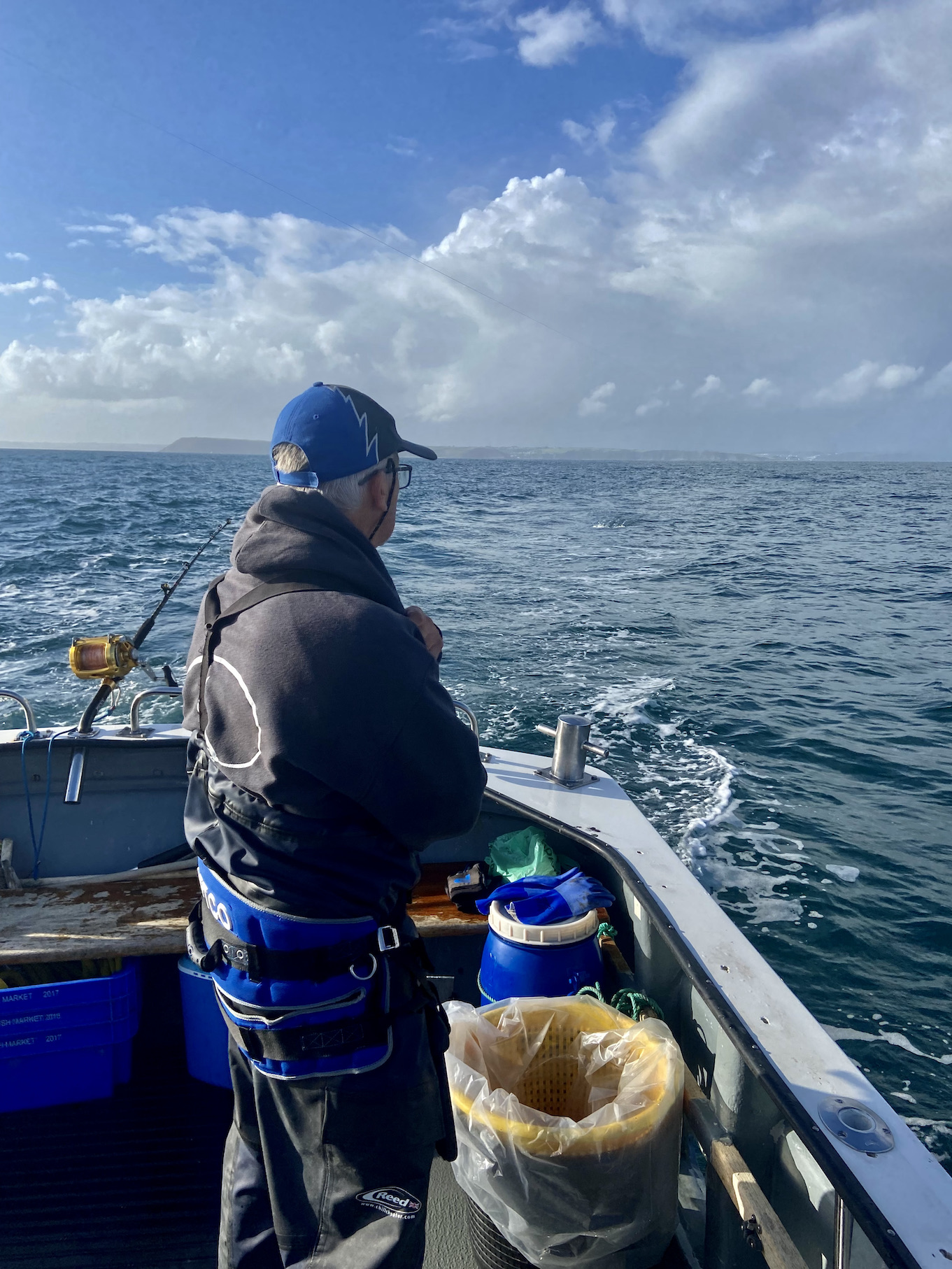
As my hope slowly evaporated it happened! The line flicked out of the clip the reel screamed and I took my place beside the rod and screaming reel. As the run eased I ensured the line remained tight whilst the other tackles were removed from the vast playing field.
I took the rod from the holder, Dan and John assisted in clipping the reel to the harness and I leant back to take the strain. Far away on the straining line a huge fish pulled back. The next half an hour was a game of give and take with line regained inch at a time with the powerful heavy fish taking it back with short powerful runs.
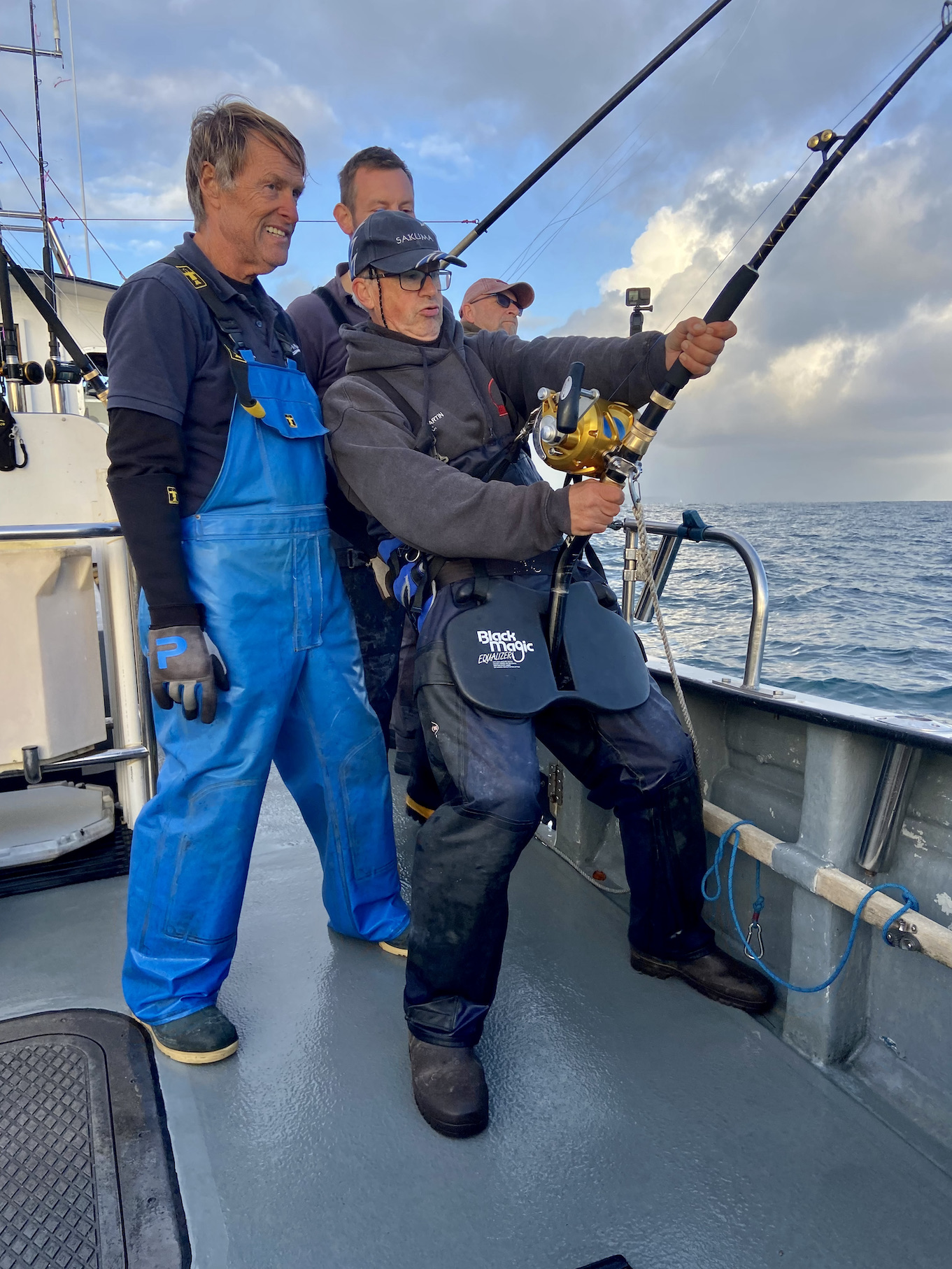
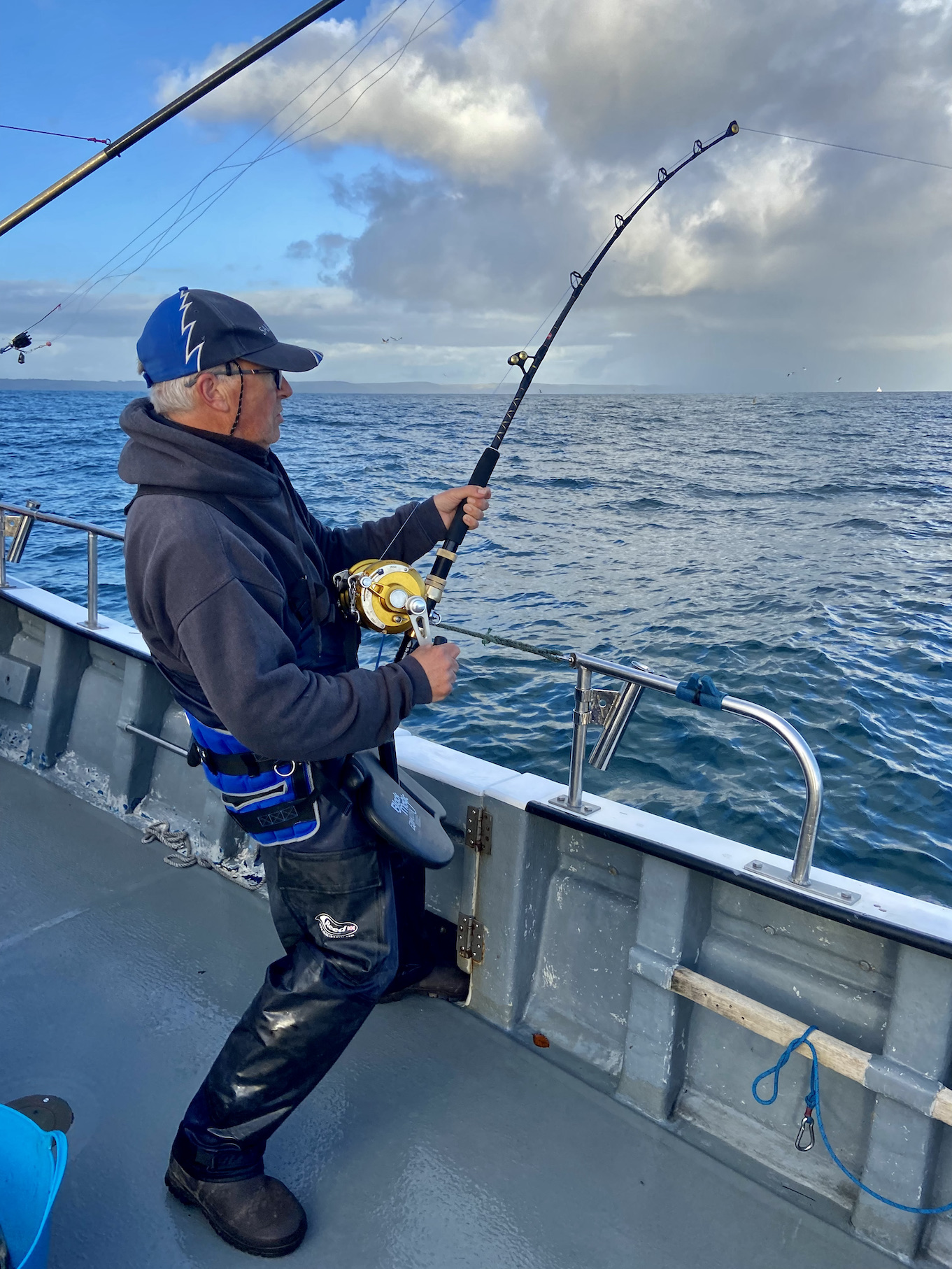
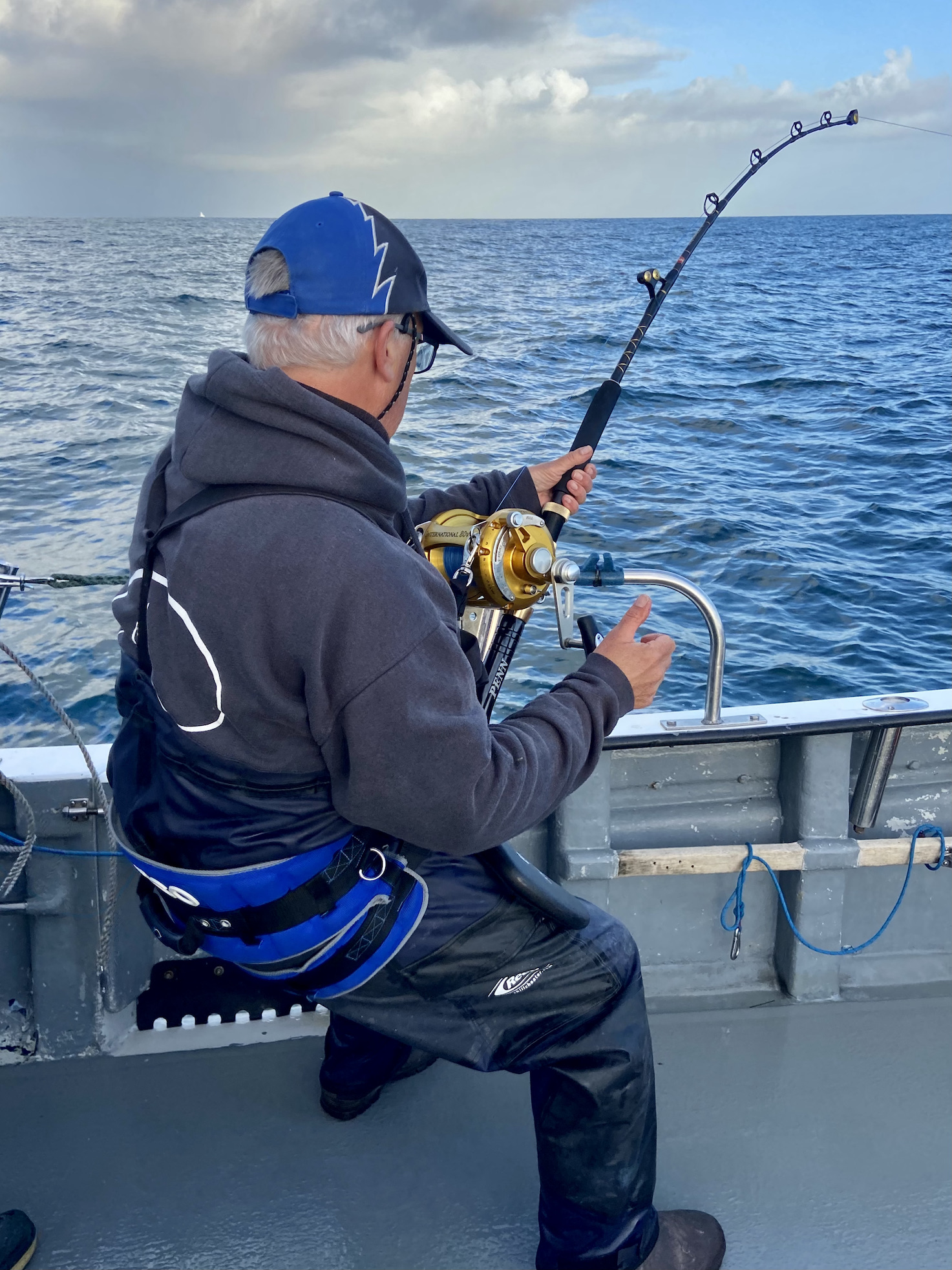
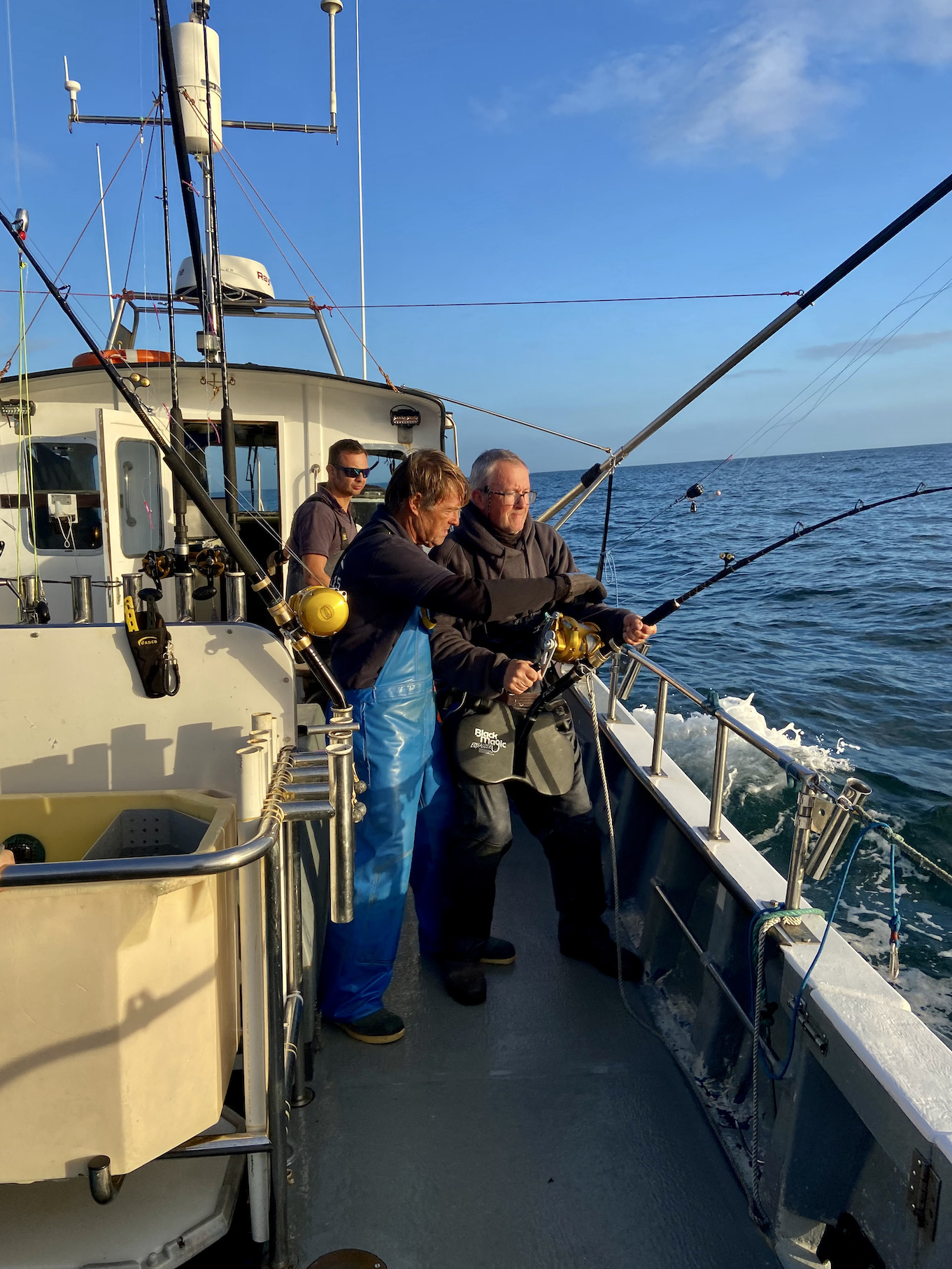
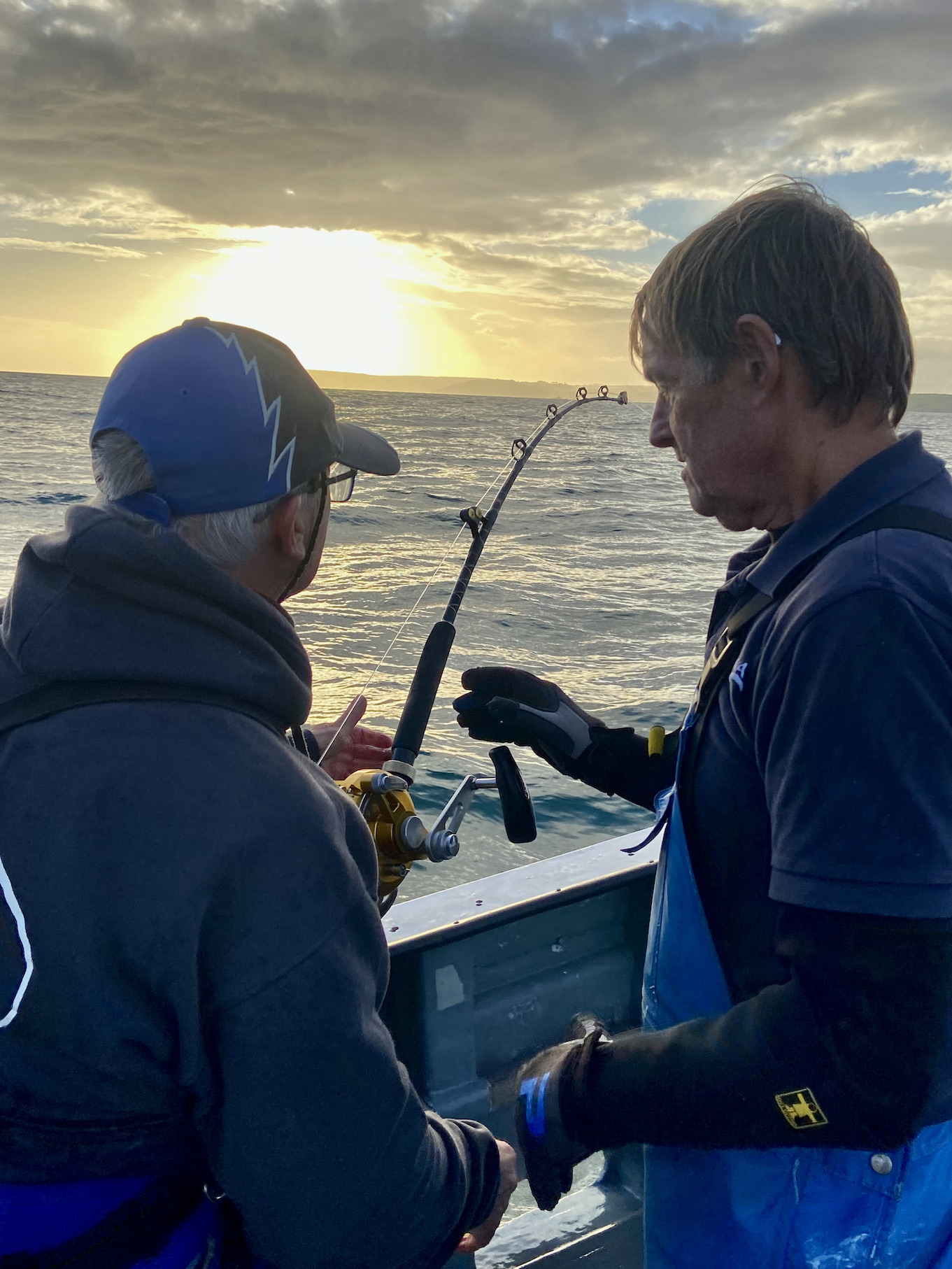
I savoured every moment of what seemed like the summit of an angling life. The sun slowly sinking towards the horizon as the fish that filled my dreams was tiring. Eventually the leader appeared and we all peered expectantly into the depths, the battle was seemingly won. Then unexpectedly the rod sprang back and that empty feeling of loss only an angler knows descended. The hook hold had given way the fish gaining freedom tantalizingly close to the boat. Dan and John congratulated me on getting my tuna. It was handshakes and congratulations for in one sense the deal was done I had caught a tuna.
“If you were intending to release the fish, then the leader wound to the rod tip or being grasped by a deckie can fairly be considered a caught fish.”
In footballing terms it seemed like a one all draw for it was neither a loss or a victory.
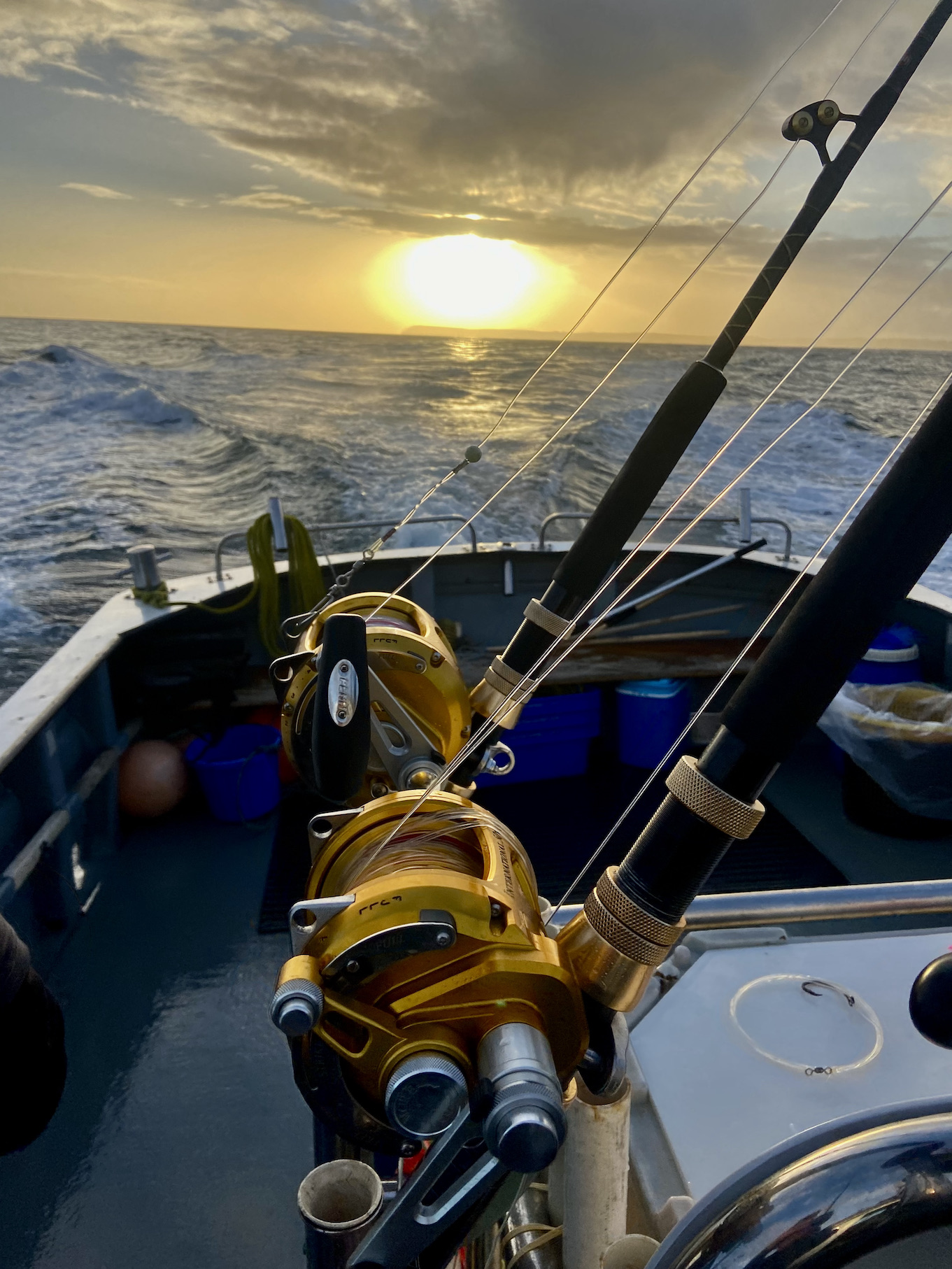
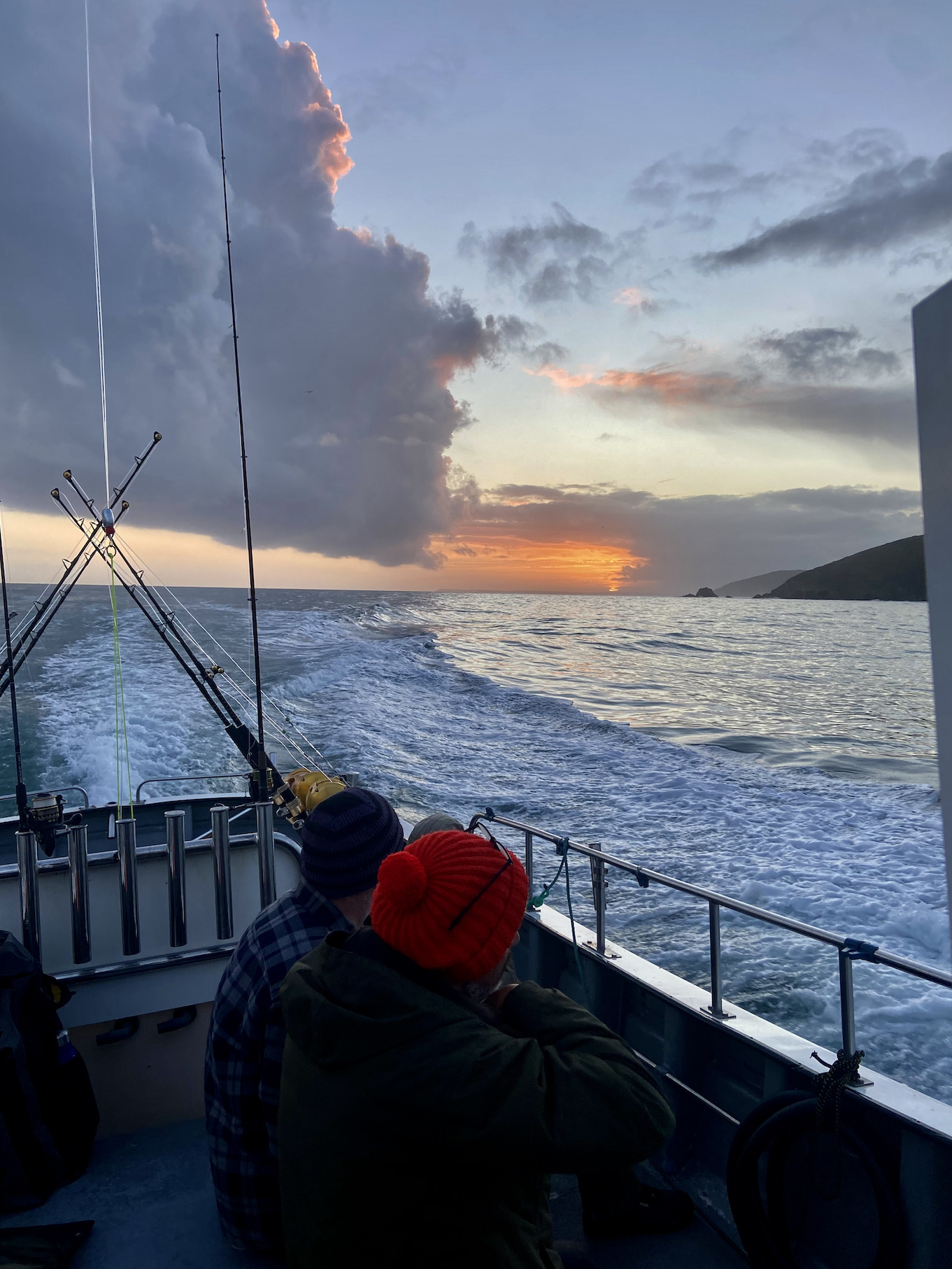
We steamed back to Looe the sun setting in the West as familiar landmarks on the Cornish coast passed by in the golden light of dusk. Gannets, glided over the calm waters I relived the drama of the day enjoying the company of fellow anglers vowing to return again to finish my quest.
Our son James had been mountain biking whilst I fished; he had successfully caught a 300lb plus tuna the previous year. As we approached the iconic Banjo Pier it was good see James sat rod in hand fishing. It was there that my lifelong love of angling had started with my own father. With the passion still burning strong I vow to return even as life’s autumnal years descend.
How long tuna will remain in British waters only history will reveal for there are no guarantees in this ever changing world we live in.



